|
Jewish history abounds with strong Jewish women who ensured the survival
of the Jewish people.
Here are the brief, but remarkable stories of Jewish women whose legacies continue to shape us
today.
Queen Esther
Queen Esther, the famous heroine of the Purim story, was a Jewish orphan
selected by King Achashveirosh to be his wife as he ruled over a mighty
empire centered in ancient Persia. When the kings wicked minister Haman
proposed murdering the Jews, it was Esther who intervened, at great risk
to her life, begging the king for mercy on her people.
Theres a lot that people didnt know about Queen Esther. For one, her
name wasnt Esther. It was Hadassah, but she took the more
Persian-sounding name as her public face. When Esther was chosen to be
queen, she thought it prudent to reveal as little about herself as
possible. Her new husband was brutal and had recently murdered his first
wife, Vashti. Yet Esther, alone in the palace, never forgot who she was.
Jewish tradition teaches that Esther ate only seeds and legumes, cooked
in her own private kitchen, so she would never violate the laws of
kosher food. She secretly counted the days, keeping track of when it was
Shabbat each week.
Perhaps it was this steely determination that gave Esther the courage to
confront King Achashveirosh after he signed an order to murder all the
kingdoms Jews. Turning to her Jewish community outside the palace
walls, Esther asked that every Jew fast and pray for her success. Then,
she gathered up her courage and risked the kings wrath and certain
death by entering his chamber unbidden. Avaditi, avaditi she told her
uncle Mordechai: if I perish, I perish. Esther knew that some things are
worth risking all.
Sarah Schenirer
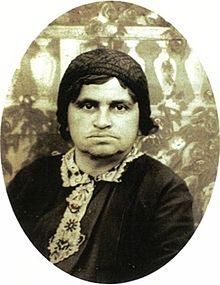 Sarah Schenirer was born in 1883 in Krakow, Poland, into a Chassidic
Jewish family. At that time, the expectation was that Jewish boys would
learn about their religion in special Jewish schools, and that Jewish
girls would attend publich schools and be instructed in Jewish thought
at home by their parents. This model may have worked in previous
generations, but Sara Schenirer saw firsthand how Jewish girls were
becoming woefully ignorant of Jewish topics and starting to assimilate.
She saw a crisis arising.
Sarah Schenirer was born in 1883 in Krakow, Poland, into a Chassidic
Jewish family. At that time, the expectation was that Jewish boys would
learn about their religion in special Jewish schools, and that Jewish
girls would attend publich schools and be instructed in Jewish thought
at home by their parents. This model may have worked in previous
generations, but Sara Schenirer saw firsthand how Jewish girls were
becoming woefully ignorant of Jewish topics and starting to assimilate.
She saw a crisis arising.
Sarah herself left school at 13 and became a seamstress. Unlike many of
her peers, she continued to read Jewish books and educate herself about
Judaism and Jewish thought. As girls went to her to commission new
clothes and for fittings, Sarah began to wish she had a way to show her
clients the beauty of their heritage. Older girls merely mocked her, so
Sarah decided to start educating young children and dreamed of opening a
Jewish girls school.
She went to visit the Belzer Rebbe, the spiritual leader of Sarahs
community, to seek his blessing. Many thought she would fail: she was
divorced and had no children of her own, and she was proposing something
radical that even the greatest Jewish leaders of her time had failed to
enact. The Rebbe, however, offered her two powerful words: Beracha
vhatzlacha - Blessings and success. In 1917, Sarah Schenirer opened a
school with 25 pupils called Beis Yaakov.
Soon, other towns were contacting Sarah asking for help in opening their
own Beis Yaakov schools for girls. By 1937, two years after Sara
Schenirers death, there were 248 Beis Yaakov schools educating 35,000
girls. Today, Beis Yaakov schools continue to thrive the world over. In
Israel alone, there are over 100 Beis Yaakov schools, educating over
15,000 girls and Sarah Schenirer is universally recognized as a
visionary educator who saved the Jewish people.
Hannah Senesh
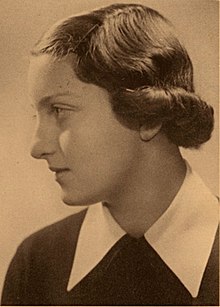 Born into an assimilated Jewish family in Budapest in 1921, as a child
Hannah Senesh was drawn to Zionism and local Zionist youth group
activities. When she was 18 she made aliyah (moved to what would soon be
the state of Israel), settling in Kibbutz Sdot Yam, where she wrote
poetry and a play about kibbutz life.
Born into an assimilated Jewish family in Budapest in 1921, as a child
Hannah Senesh was drawn to Zionism and local Zionist youth group
activities. When she was 18 she made aliyah (moved to what would soon be
the state of Israel), settling in Kibbutz Sdot Yam, where she wrote
poetry and a play about kibbutz life.
In 1943, with World War II raging, Hannah volunteered for the British
Army, which presented her with a grave proposal: would she be willing to
parachute into Nazi-occupied Europe in order to help Allied efforts to
organize local anti-Nazi resistance movements? Hannah agreed and became
one of 33 soldiers chosen for this top-secret, dangerous mission. In
March 1944, she was dropped into Nazi-controlled Yugoslavia, where she
fought with Titos resistance troops for three months. She then crossed
the border into her native Hungary, where she was caught almost at once.
Viciously tortured over a period of months by the Hungarian police,
Hannah refused to give any details about her mission. On November 7,
1944, at the age of 23, Hannah was executed by firing squad. She refused
an offer to be blindfolded, staring clear-eyed at her murderers instead.
After her death, the following poem was found in her prison cell:
One, two, three
Eight feet long
Two strides across, the rest is dark
Life is a fleeting question mark
One, two, three
Maybe another week
Or the next month may still find me here,
But death, I feel, is very near.
I could have been 23 next July
I gambled on what mattered most, the dice were cast. I lost.
In 1950, Hannah Seneshs remains were returned to Israel and buried on
Mount Herzl in Israel. Many of her poems, as well as the diary she kept,
are classics in Hebrew literature today.
Dulcea of Worms
Much of what we know about Dulcea, a Jewish woman who lived during the
Middle Ages in the German city of Worms, comes from the poetry of her
husband, Rabbi Eleazar ben Judah of Worms (1165-1230). Her
accomplishments and character traits convey a picture of a remarkably
active community leader, leading a thriving Jewish community against the
background of the reign of terror of the Crusades.
Dulcea supported her family and community in one of the only means of
business open to Jews at the time: moneylending. Dulcea managed her
communitys resources, taking charge of neighbors funds and investing
them jointly at the most profitable rates. It wasnt her unusual
business acumen that impressed others, however, as much as her intense
spiritual life.
Following the devastation of the First Crusade of 1096, which saw the
brutal murder of thousands of Europes Jews, Dulcea and her husband
became members of an intellectual group that studied and penned Jewish
texts. Dulcea taught women and helped them express their spirituality.
As well as business enterprises, Dulcea was an accomplished craftswoman
and embroiderer. She sewed books and did the needlework required to join
panels of vellum to create forty Torah scrolls. She was also a
matchmaker and helped Jewish brides prepare for their weddings, and
performed tahara, bathing the dead and preparing the deceased for
burial.
Dulcea was murdered, along with her daughters Bellette and Hanna, in
November 1196, when two armed men broke into their home, attacking the
family, as well as a teacher and a number of students who were staying
with the family at the time. Dulceas husband survived the attack and
wrote about it for posterity. Though he didnt write that the attackers
were Crusaders, many historians have posited that it might have been
errant Crusaders who attacked Dulcea, perhaps because they knew of her
money lending activities and hoped to find treasure in her home.
Deborah
In the time of Judges in ancient Israel, Deborah was a prophet and a
leader, a military strategist who helped Israel fight and prevail
against the repressive Canaanite king Yavin. While there are seven
female prophets in the Torah, Deborah stands alone as a female military
leader in ancient Israel. The Torah describes her in impressive terms:
Deborah was a prophetess, a fiery woman; she was the judge of Israel at
that time (Judges 4:4).
The Torah records that Deborah sat in judgment under a palm tree, and
everyone who had disputes would bring them to her to adjudicate. Jewish
tradition gives some clue as to why Deborah was seen as such a
remarkable judge. She was a learned woman, yet her husband, Lapidot, was
an unlearned, simple laborer. Deborah longed to elevate her husband, and
she did so in an unusual way. Seeing that he was skilled at making wicks
for oil lamps, Deborah encouraged Lapidot to bring some of his wicks to
a place of worship in the town of Shiloh and donate them for holy use
there. She didnt urge him to do anything very different or make radical
changes in himself. Instead she identified what his strengths were and
encouraged him to make the most of them.
Under her guidance, Lapidot began to make innovation in his wicks,
boosting the light at the sanctuary in Shiloh. Deborah skillfully
encouraged her husband to maximize his best qualities, and put them to
ever higher use. This was the wisdom of her judgment: discerning the
strength inside people and encouraging them to use them for good.
Shlomtzion, Queen Salome Alexandra
The fact that Queen Salome Alexandra was called Queen at all was
controversial: her husband, Judah Aristobulus I, led the Jewish people
during a tumultuous period of internecine fighting and strife in the
First Century BCE. He was the first leader of Israel since the
destruction of the First Temple to claim the title King for himself.
When Judah Aristobulus died, Salome married his brother, Alexander
Jannai, a cruel and wicked ruler.
For years, Alexander Jannai was absent, off fighting in foreign wars,
and Queen Salome ruled in Israel alone, a wise and judicious ruler. She
removed blasphemers from positions in her government, replacing them
with the greatest rabbis and scholars of the day, including her brother,
Rabbi Shimon ben Shetach. Rabbi Shimon, along with Rabbi Joshua ben
Gamla, instituted a rule that became a model of Jewish life for
thousands of years, mandating that each town and city set up Jewish
schools to educate all the local children, educating poor children for
free if they could not afford tuition. So popular was Salome that she
soon became known as Shlomtzion, or Peace of Zion.
Alexander Jannai did return to Israel and took power from his wife. He
used his time in power to reverse many of her progressive decrees and
put hundreds of Jewish scholars to death. After Alexander Jannai died at
the age of 76 BCE, Queen Salome regained power and ruled for a further
nine years until her death in 67 BCE. She strengthened Israels
military, built fortresses, and Jewish tradition recalls her reign as a
time of peace and prosperity, when the crops were miraculously abundant
and prosperity reigned.
Sarah Aaronsohn
Sarah Aaronsohn was part of a large family that escaped anti-Semitic
persecution in Romania by moving to the land of Israel, settling in and
helping to build the nascent Jewish town of Zichron Yaakov in Israels
north. Sarah was born there in 1890, and grew up cultured and educated,
fluent in several languages; she was also an accomplished rider and a
skilled shooter. Her older brother Aaron became one of the worlds
foremost agronomists, and Sarah often accompanied him on trips to gather
plant samples and help him with his research.
During her childhood, the Ottoman Empire ruled over what is present-day
Israel, and the local authorities were ill-disposed towards Jews, making
life as difficult and possible for the Jewish community there. As an
adult, Sarah got an even more visceral insight into the cruelties of the
Ottoman Empire. Travelling by train from Istanbul to Zichron Yaakov in
1915, she saw first-hand the violence in what would soon become the
Armenian Genocide, in which one million men, women and children were
murdered by Ottoman forces.
By then World War I was in full force, with Turkey fighting on the side
of Germany. Sarah Aaronsohn was convinced that if they won the war,
Turkey would kill the regions Jews, just as they had murdered their
Armenian minority. Sarah, her brother Aaron, their siblings and some
friends decided to form a secret espionage network to spy on Turkish
military movements and relay information to Britain. They named their
group NILI, an acronym for Netzach Yisrael Lo Yeshaker, The Glory of
Israel Does Not Deceive (I SAmuel 15:29). Soon, NILI was the largest
pro-British spy ring in the entire Middle East.
Unsuspected by Turkish authorities, NILIs young members took note of
troop and ordinance information and sent encoded messages to British
forces. When her brother Aaron left to aid the British in Egypt, Sarah
took over NILI, running the spy ring from her familys home. In 1917,
one of NILIs secret messages was intercepted by Ottoman authorities.
Sarah refused British advice to leave and save herself, and remained in
Zichron Yaakov. She was arrested on October 1, 1917, and brutally
tortured for five days. She refused to divulge the identities of other
NILI members.
Finally, on October 6, 1917, Sarah was told she was to be transferred to
Damascus for yet worse torture. Fearing she might break down and betray
her fellow spies, Sarah asked for permission to return home one last
time. As she was led down Zichron Yaakovs main street, she sang a song
about a little bird flying away: a secret message to her fellow NILI
spies that their ring was broken. Once in her house, she secretly
removed a hidden pistol from its hiding place in the wall, locked
herself in the bathroom, and shot herself.
Following Britains victory in World War I, Britain formally thanked
NILI, saying that without their activities, Britain would not have been
able to win the war.
by Dr. Yvette Alt Miller
Aish.com
http://www.aish.com/jw/s/Queen-Esther-and-6-Other-Extraordinary-Jewish-Women.html?s=mm
|


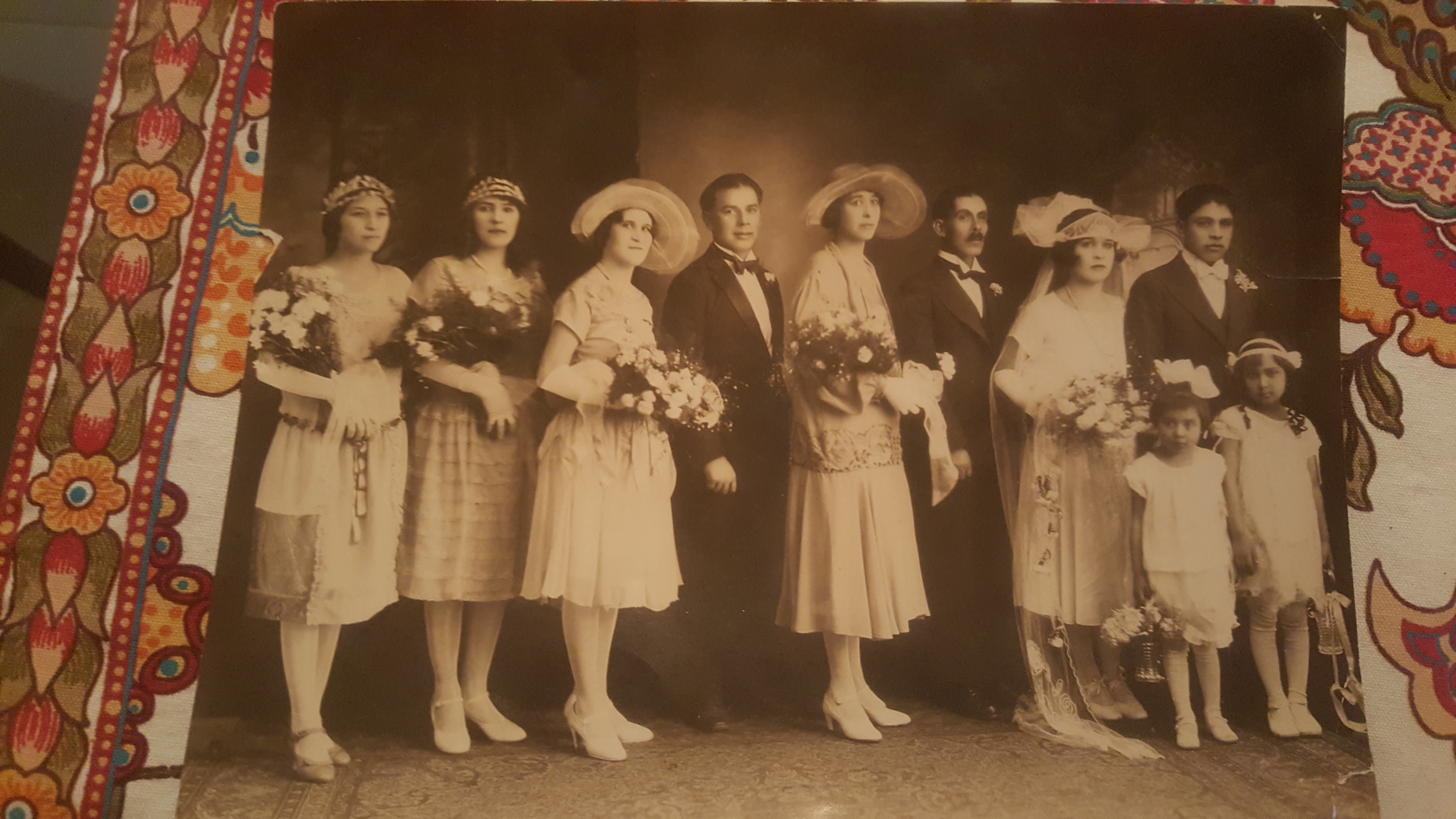
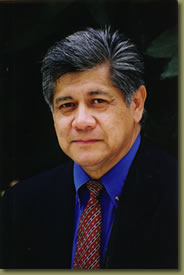
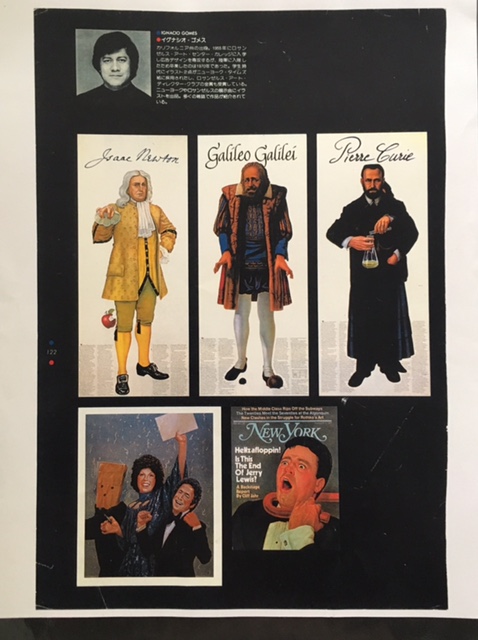
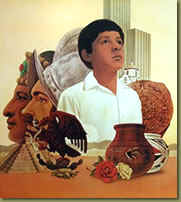
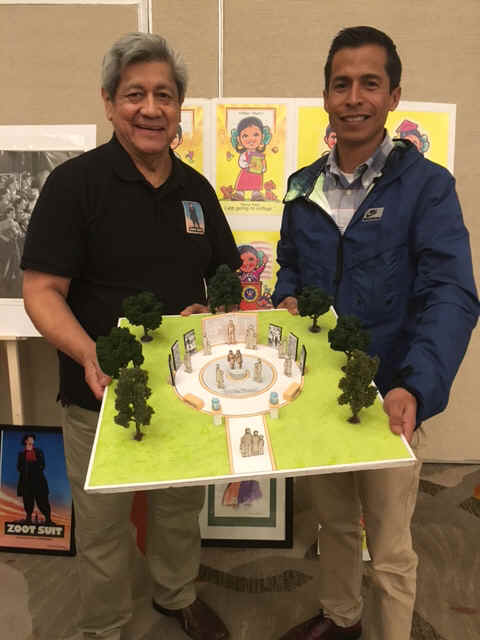
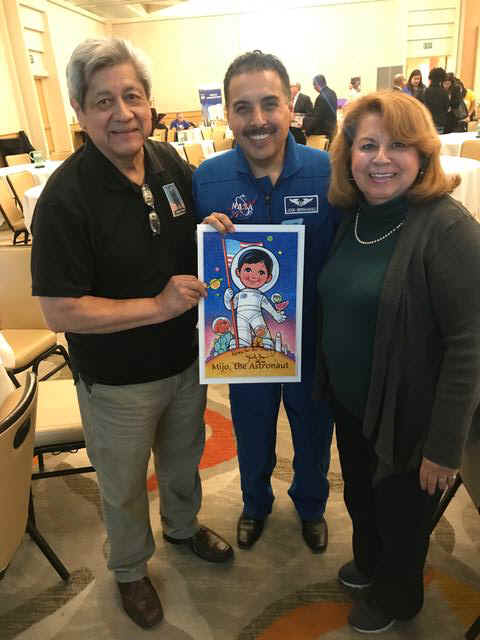
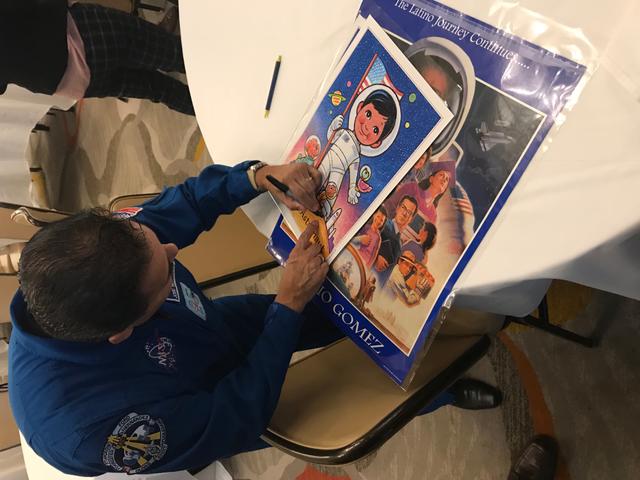
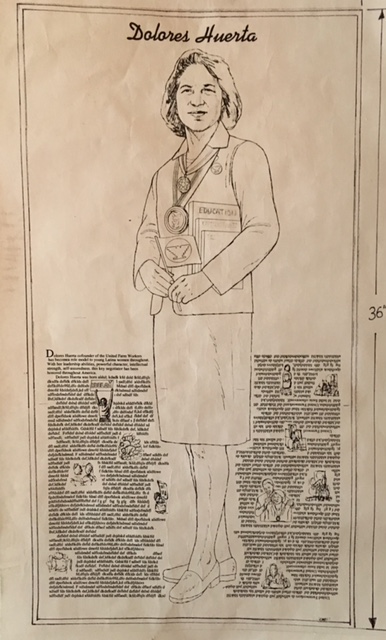
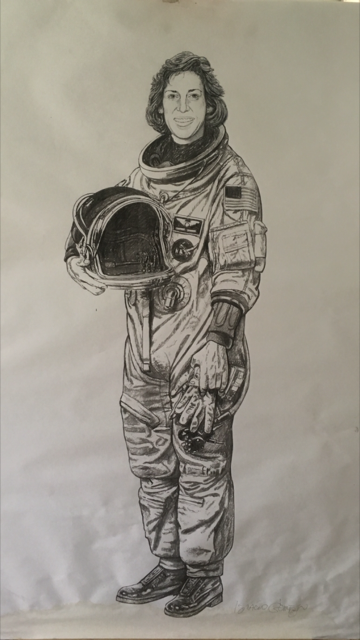
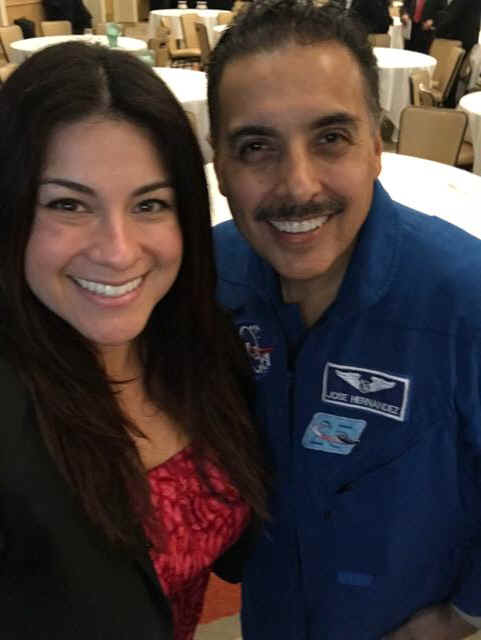

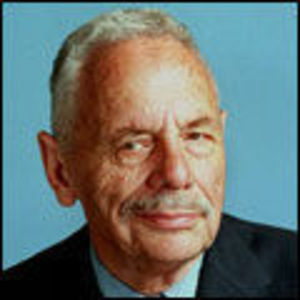
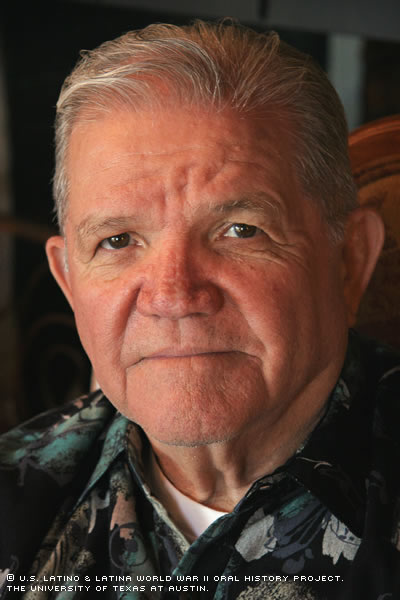
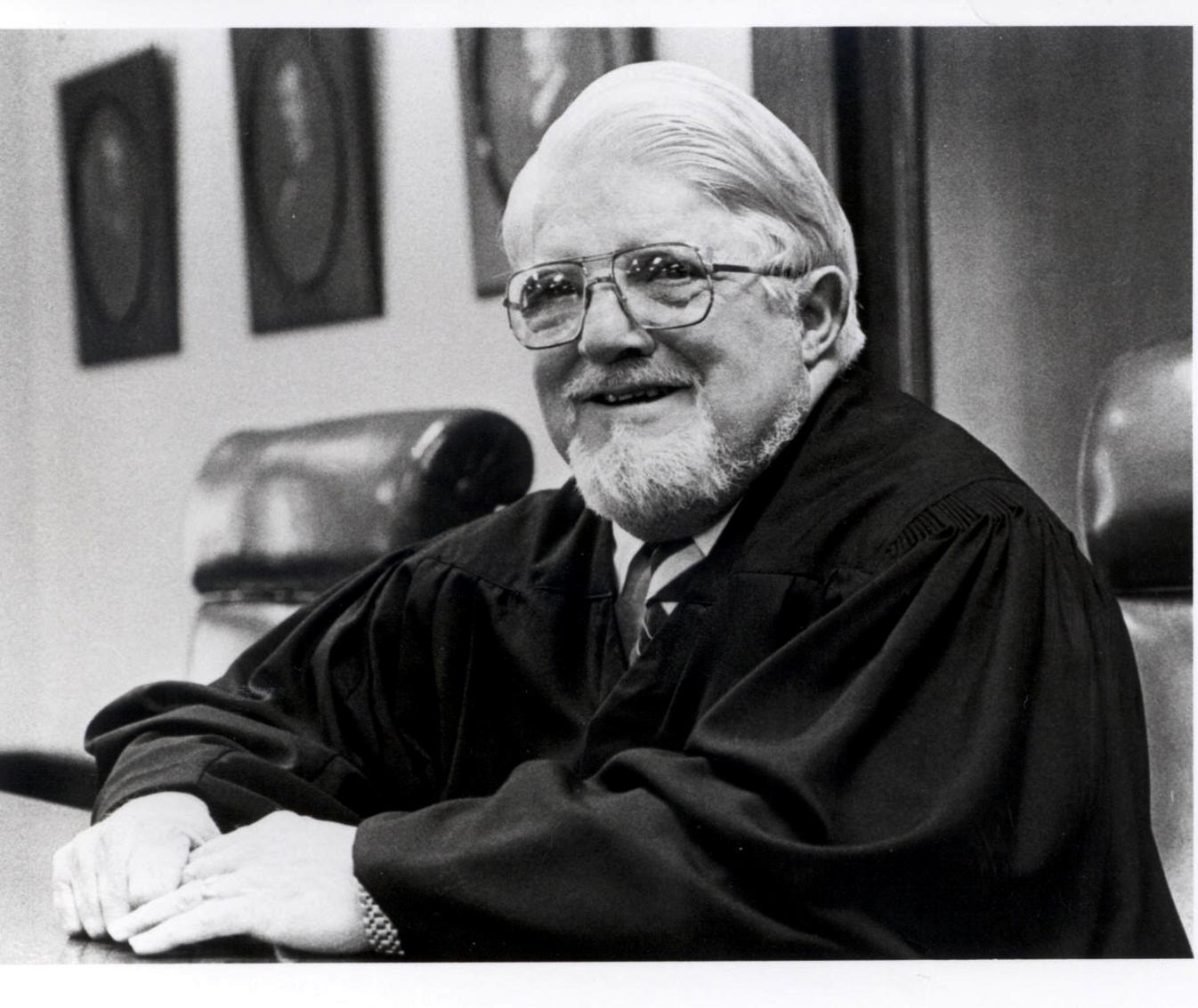
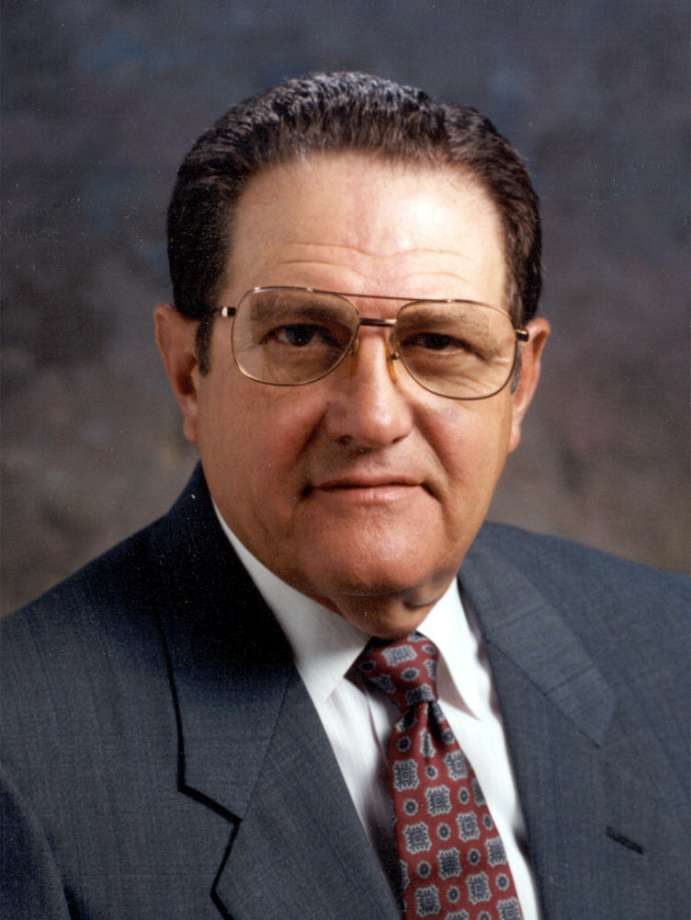
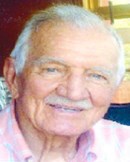
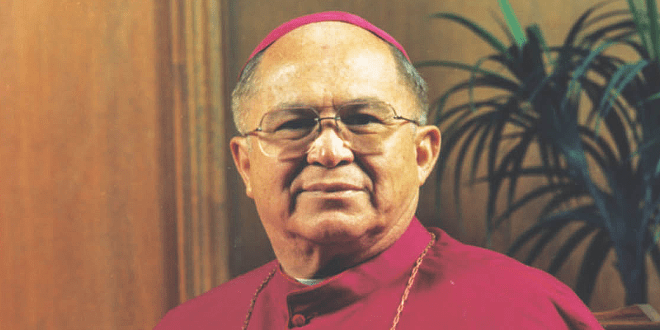
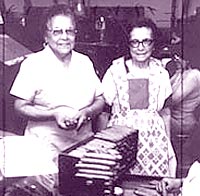
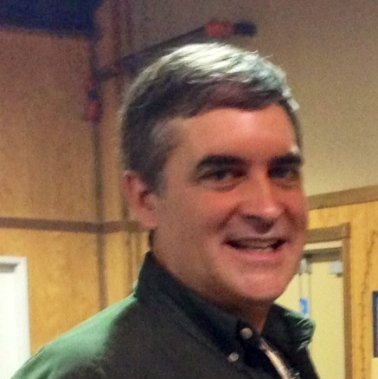
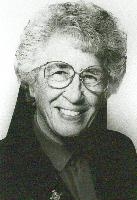
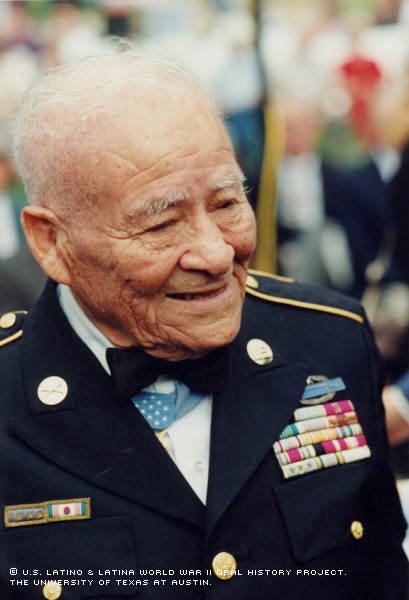
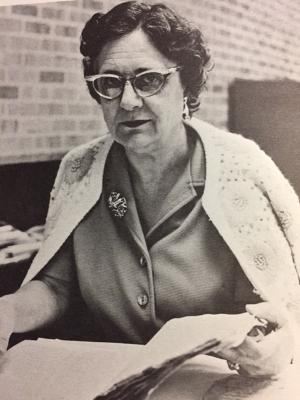
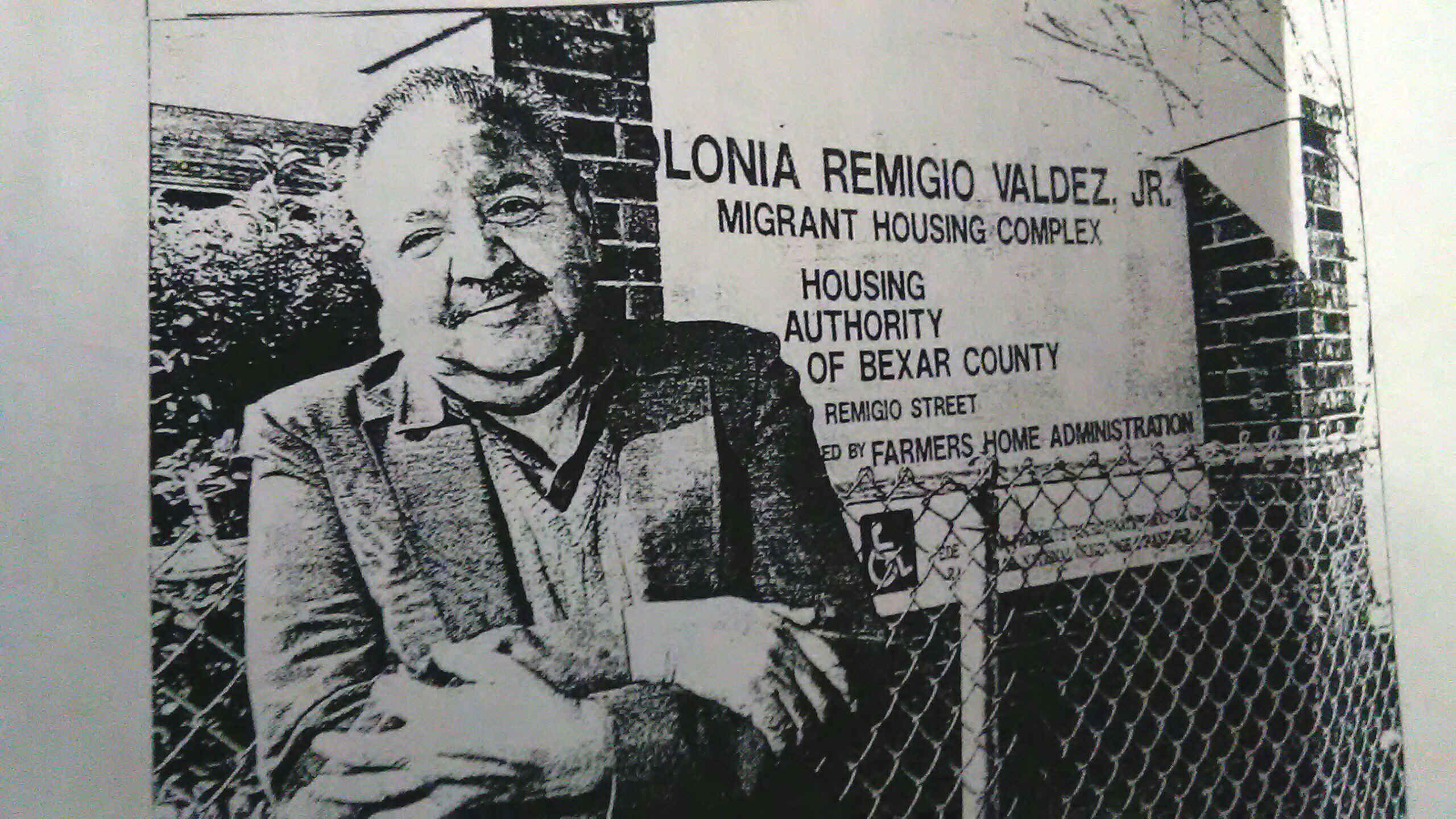
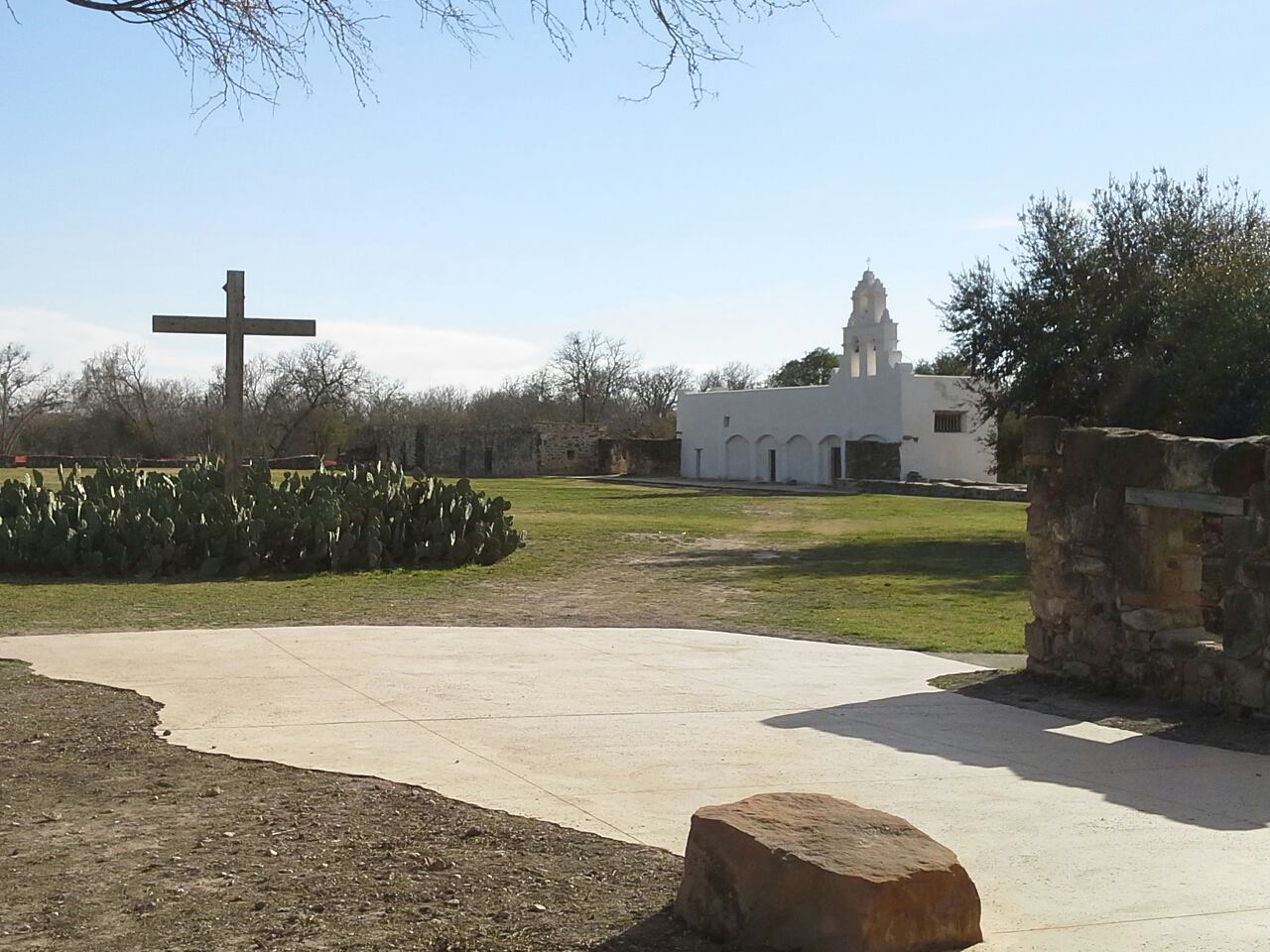
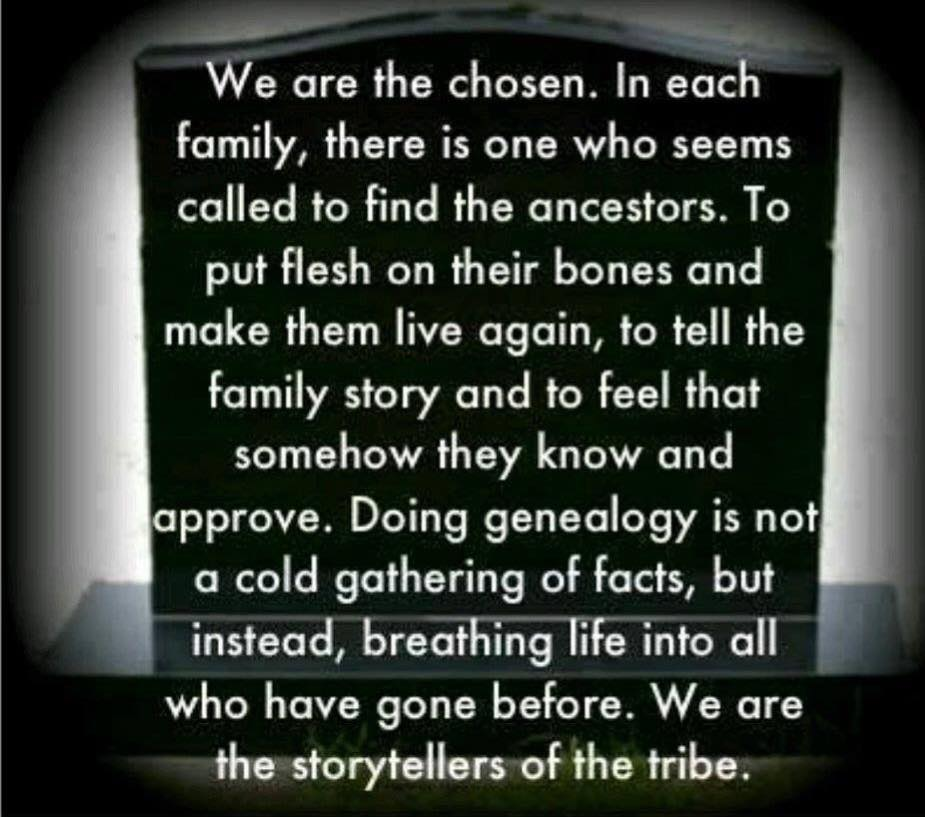
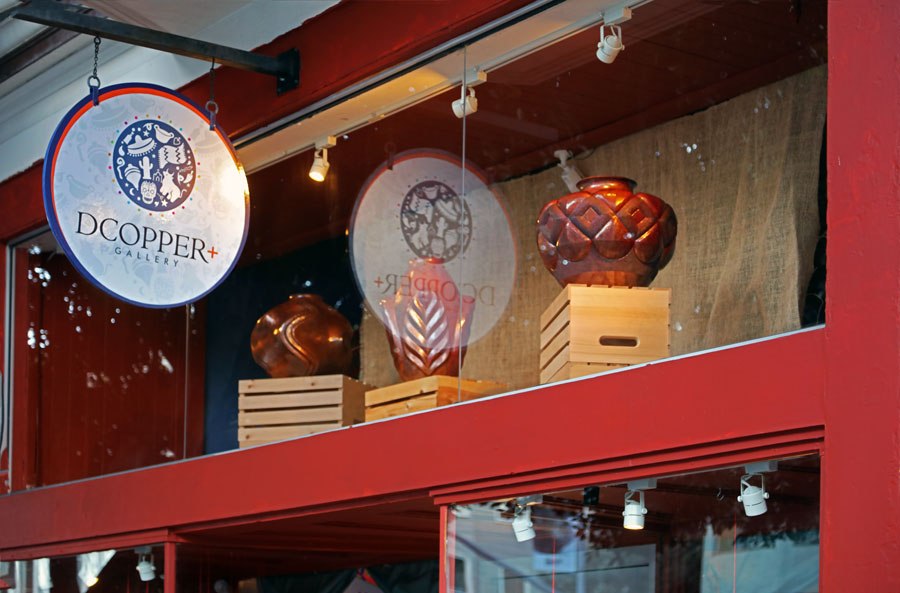
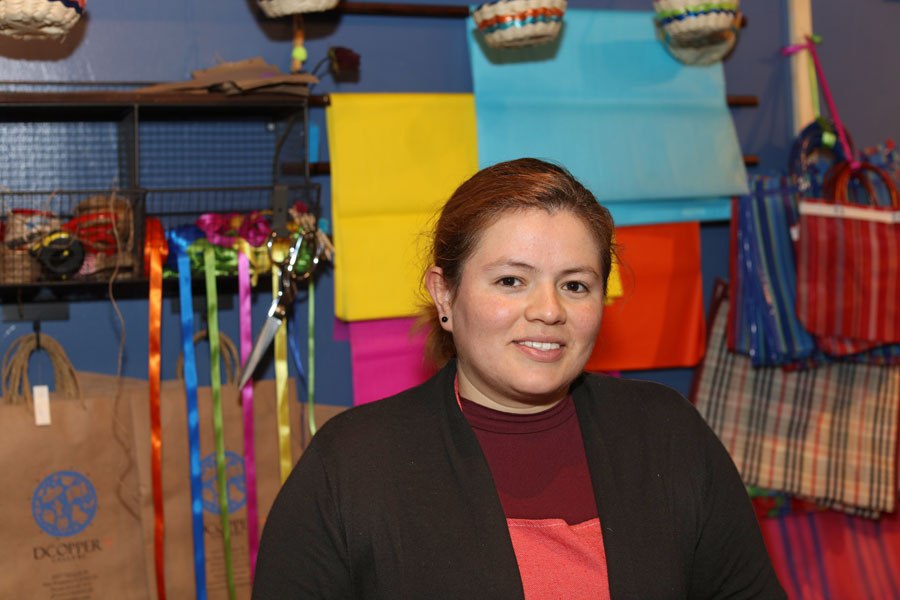
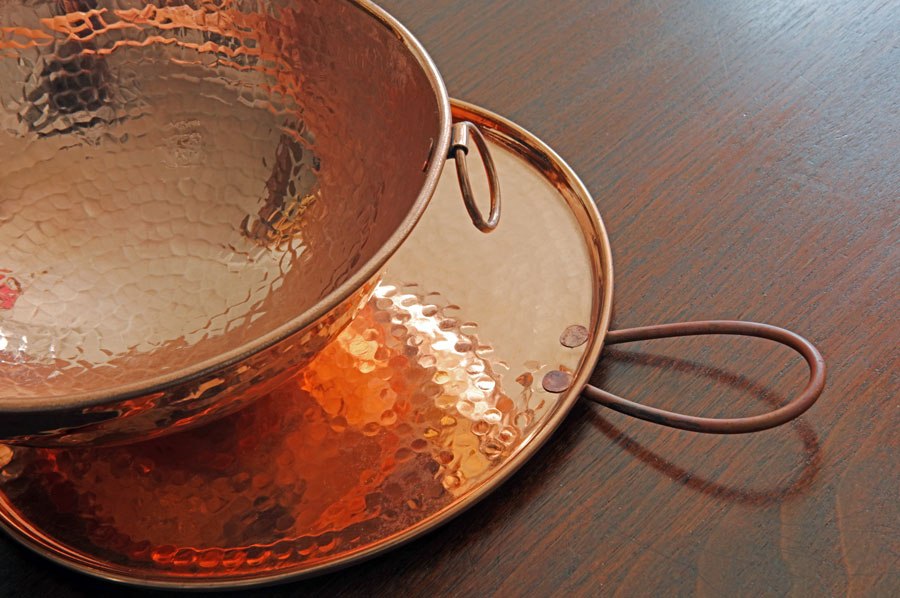
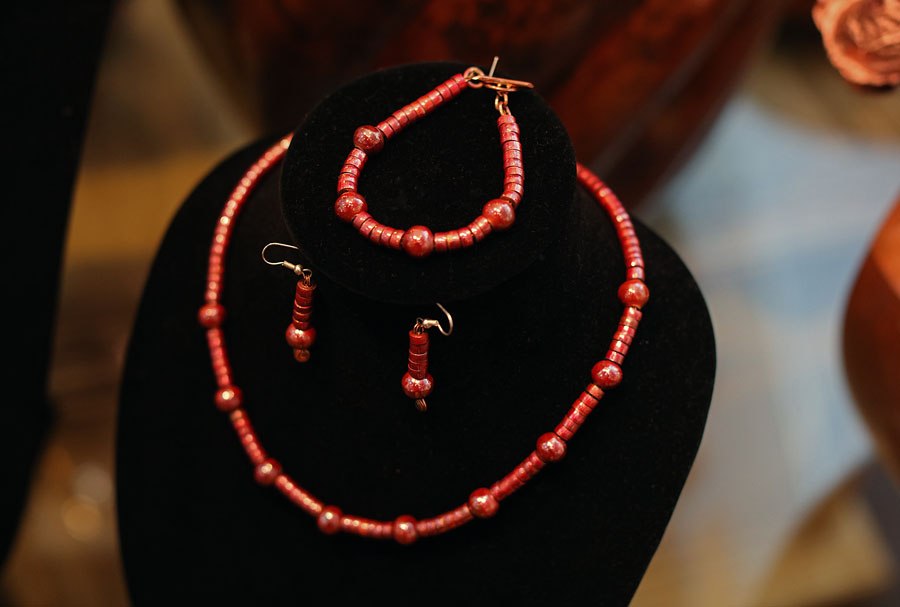

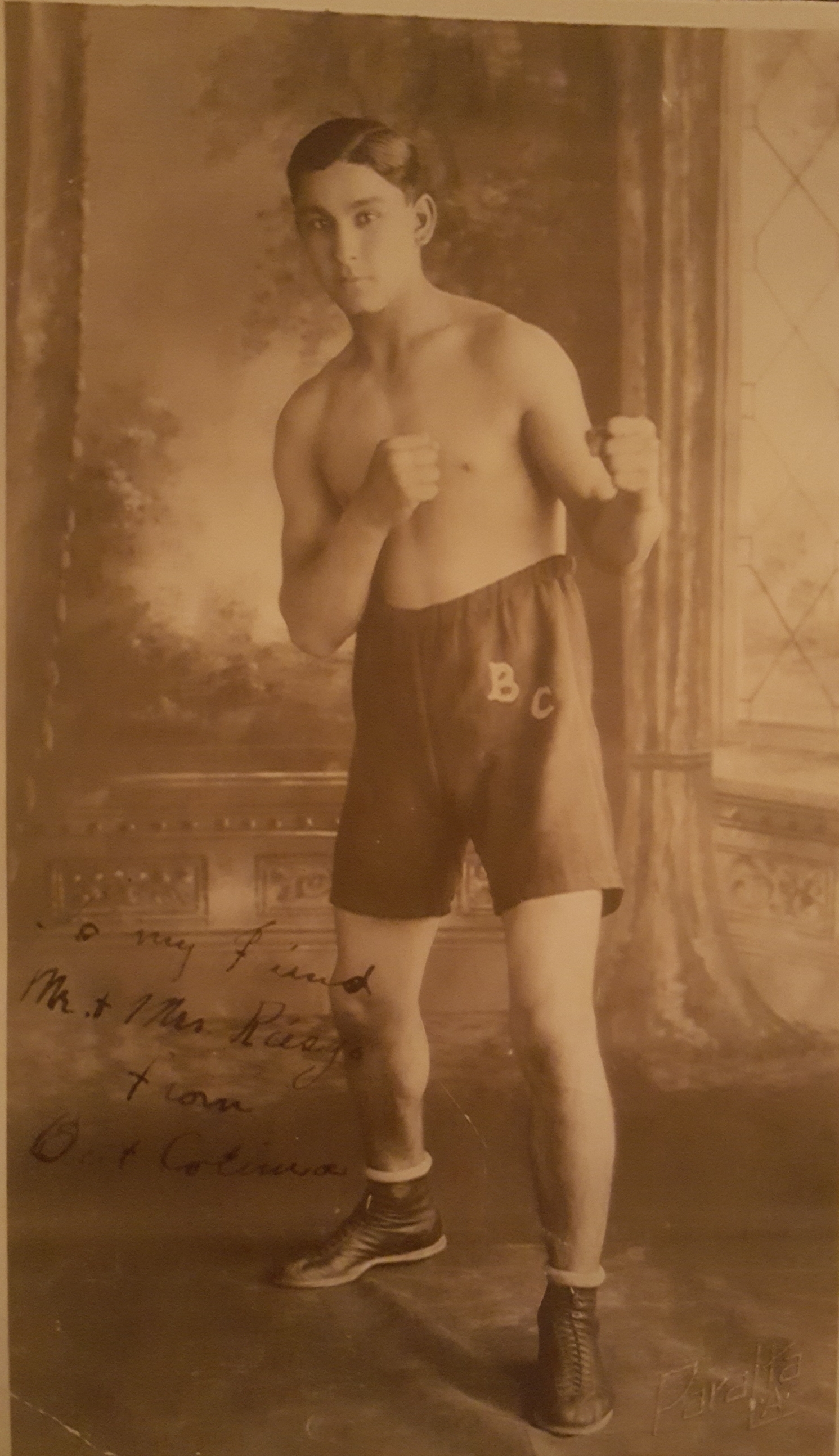
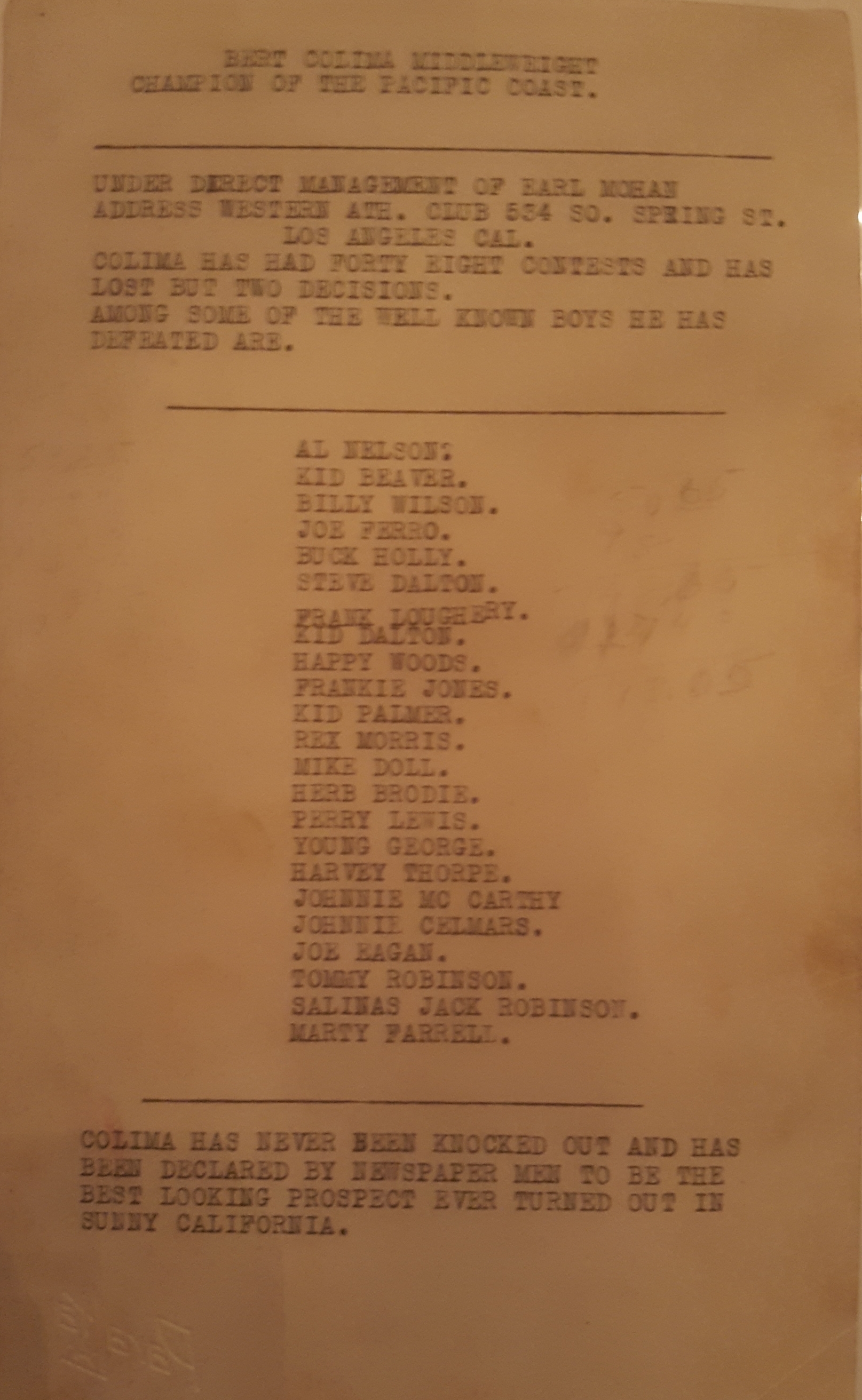
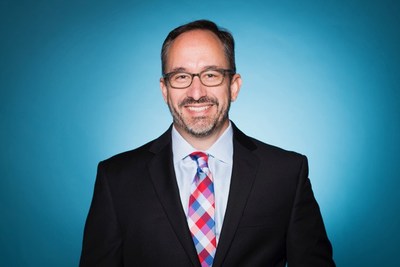
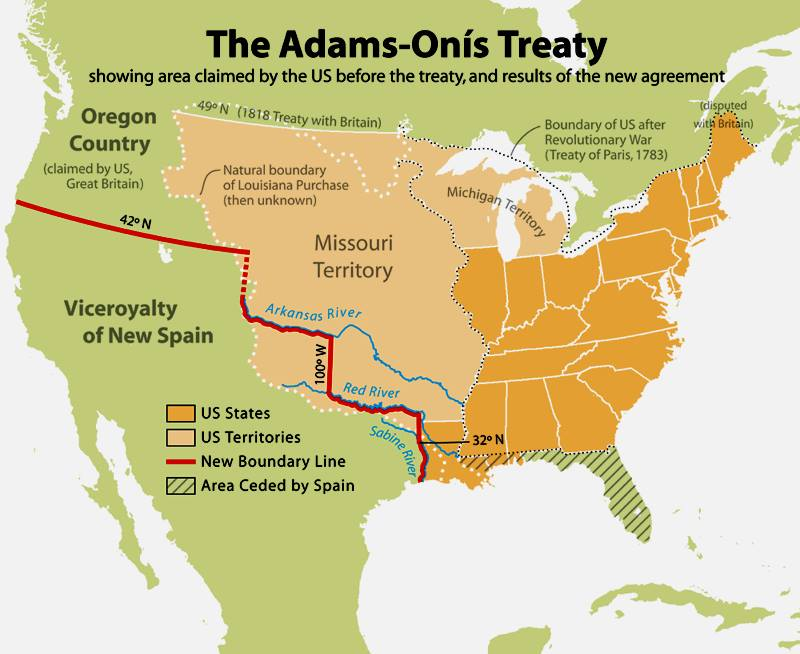
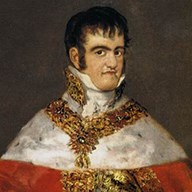
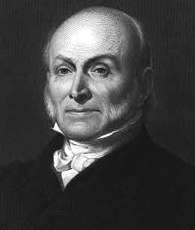 Aprovechando estos acontecimientos EEUU ordenó una
invasión terrestre y marítima para apropiarse de la
Florida. En septiembre de 1817, un gran despliegue
militar estadounidense apoyado con tropas españolas
procedentes de La Habana, desembarcó en Amelia y de allí
se dirigieron a Fernandina para someter a los rebeldes
que defendían la insurgencia en la Florida. En 1818,
EEUU intervino en la Florida Oriental y la presencia
española en La Florida tocaba a su fin tras el inicio de
negociación, del "Tratado Adam-Onís de 1819" por el que
España se vio forzada a vender las dos Floridas al
gobierno estadounidense a cambio de preservar sus
fronteras en el oeste norteamericano y 5 millones de
dólares. La anexión estadounidense del territorio
terminó finalmente en 1821 cuando el gobierno liberal
que había derrocado a Fernando VII ratificó el tratado,
año que marcó la intensificación de la guerra contra las
tribus seminolas que habitaban la península para
establecer colonos estadounidenses y conformar lo que es
hoy el Estado más meridional de los EEUU. Florida se
convirtió en el estado número 27 de los Estados Unidos
de América el 3 de Marzo de 1845. La mayoría de la
población española en la Florida emigró hacia Cuba y la
huella española acabó disolviéndose, siendo hoy escasa y
reflejandose solo en iglesias, edificios gubernamentales
o fortalezas, pero apenas en población.
Aprovechando estos acontecimientos EEUU ordenó una
invasión terrestre y marítima para apropiarse de la
Florida. En septiembre de 1817, un gran despliegue
militar estadounidense apoyado con tropas españolas
procedentes de La Habana, desembarcó en Amelia y de allí
se dirigieron a Fernandina para someter a los rebeldes
que defendían la insurgencia en la Florida. En 1818,
EEUU intervino en la Florida Oriental y la presencia
española en La Florida tocaba a su fin tras el inicio de
negociación, del "Tratado Adam-Onís de 1819" por el que
España se vio forzada a vender las dos Floridas al
gobierno estadounidense a cambio de preservar sus
fronteras en el oeste norteamericano y 5 millones de
dólares. La anexión estadounidense del territorio
terminó finalmente en 1821 cuando el gobierno liberal
que había derrocado a Fernando VII ratificó el tratado,
año que marcó la intensificación de la guerra contra las
tribus seminolas que habitaban la península para
establecer colonos estadounidenses y conformar lo que es
hoy el Estado más meridional de los EEUU. Florida se
convirtió en el estado número 27 de los Estados Unidos
de América el 3 de Marzo de 1845. La mayoría de la
población española en la Florida emigró hacia Cuba y la
huella española acabó disolviéndose, siendo hoy escasa y
reflejandose solo en iglesias, edificios gubernamentales
o fortalezas, pero apenas en población.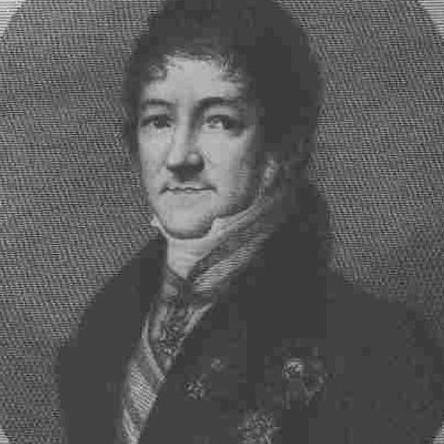
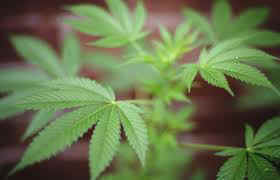
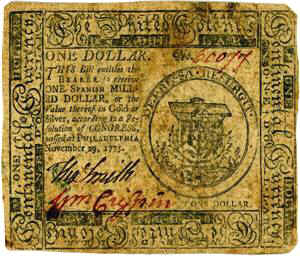
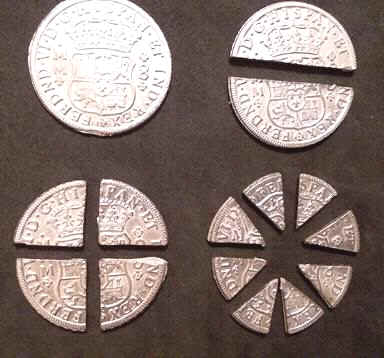
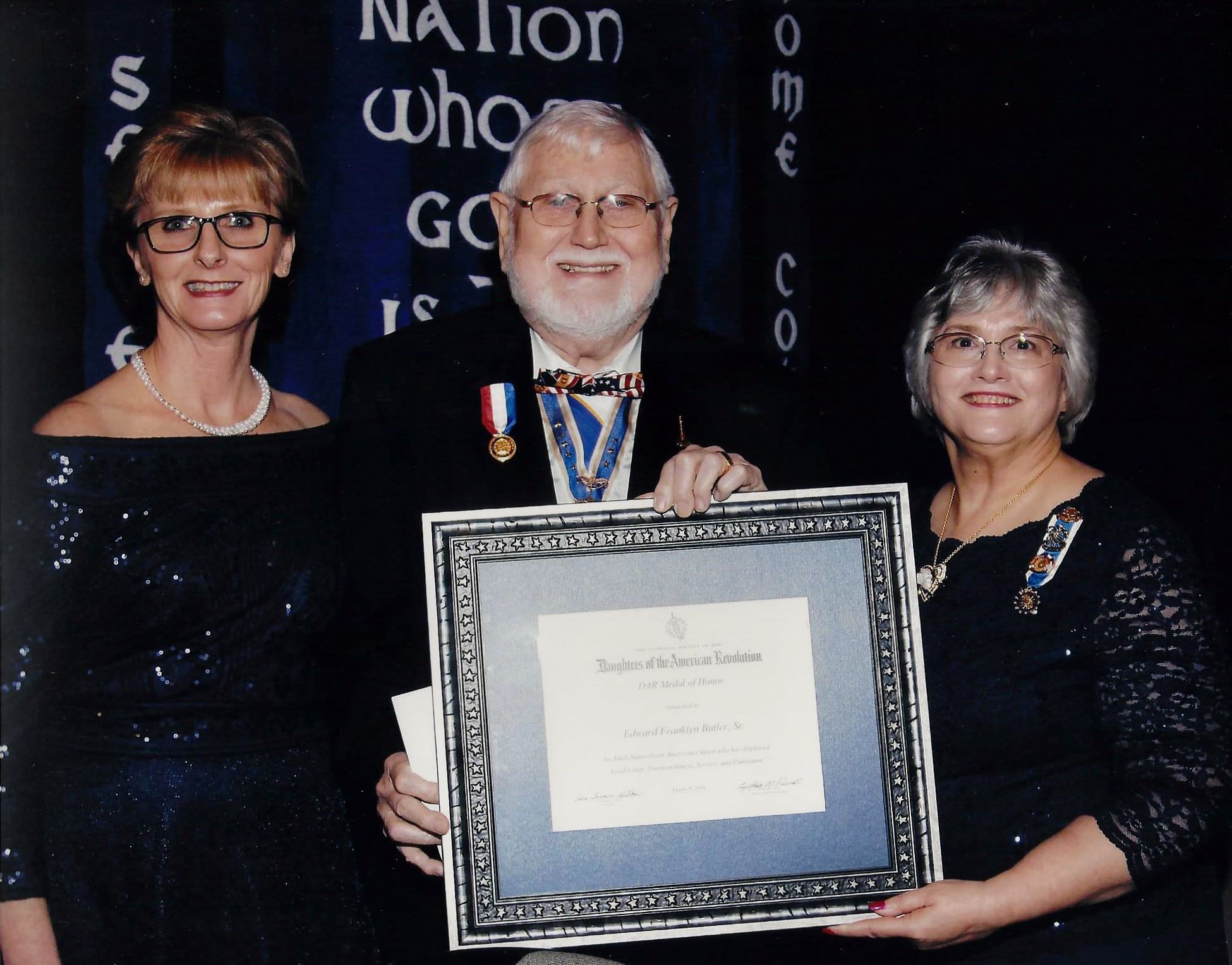
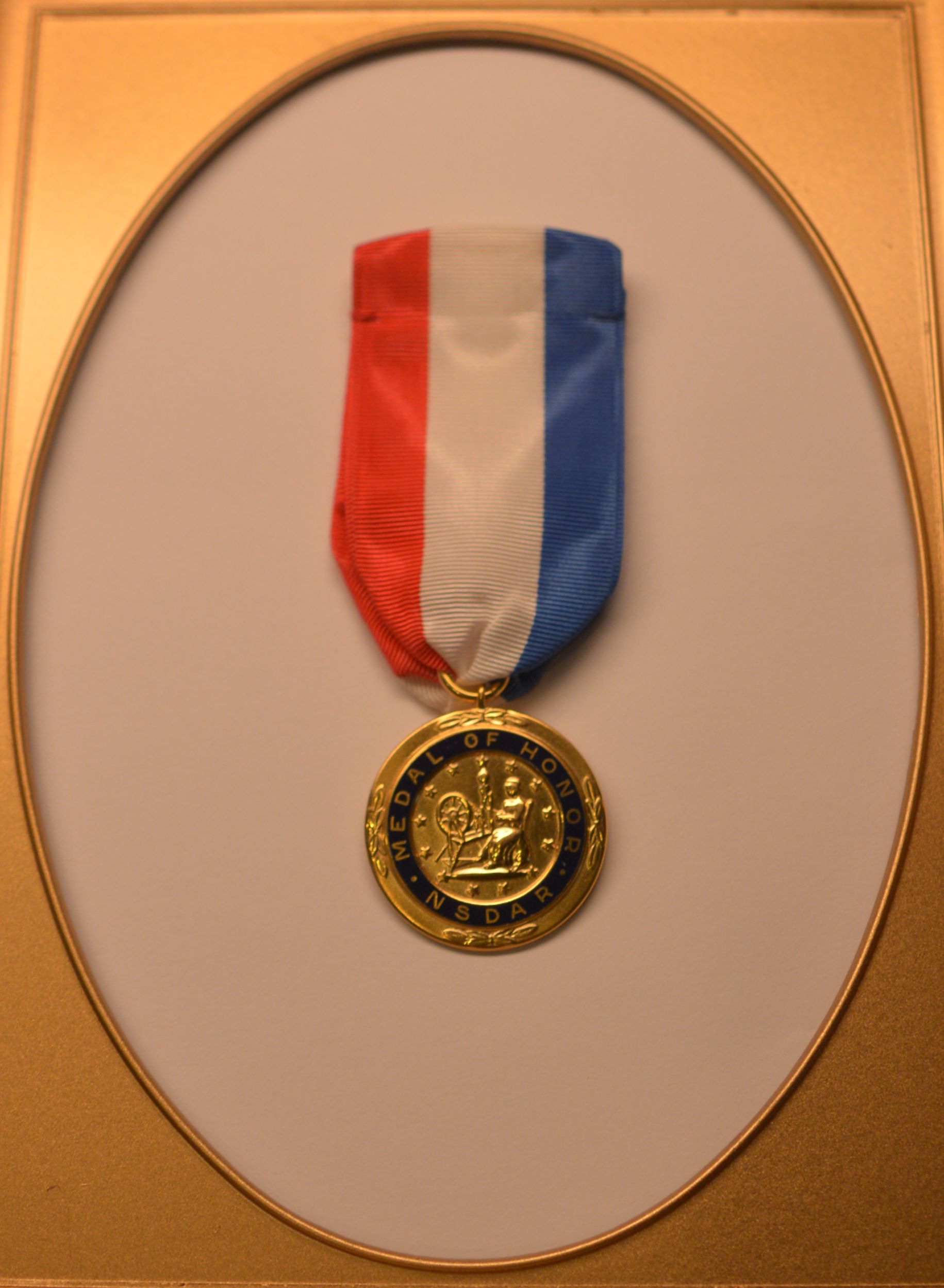
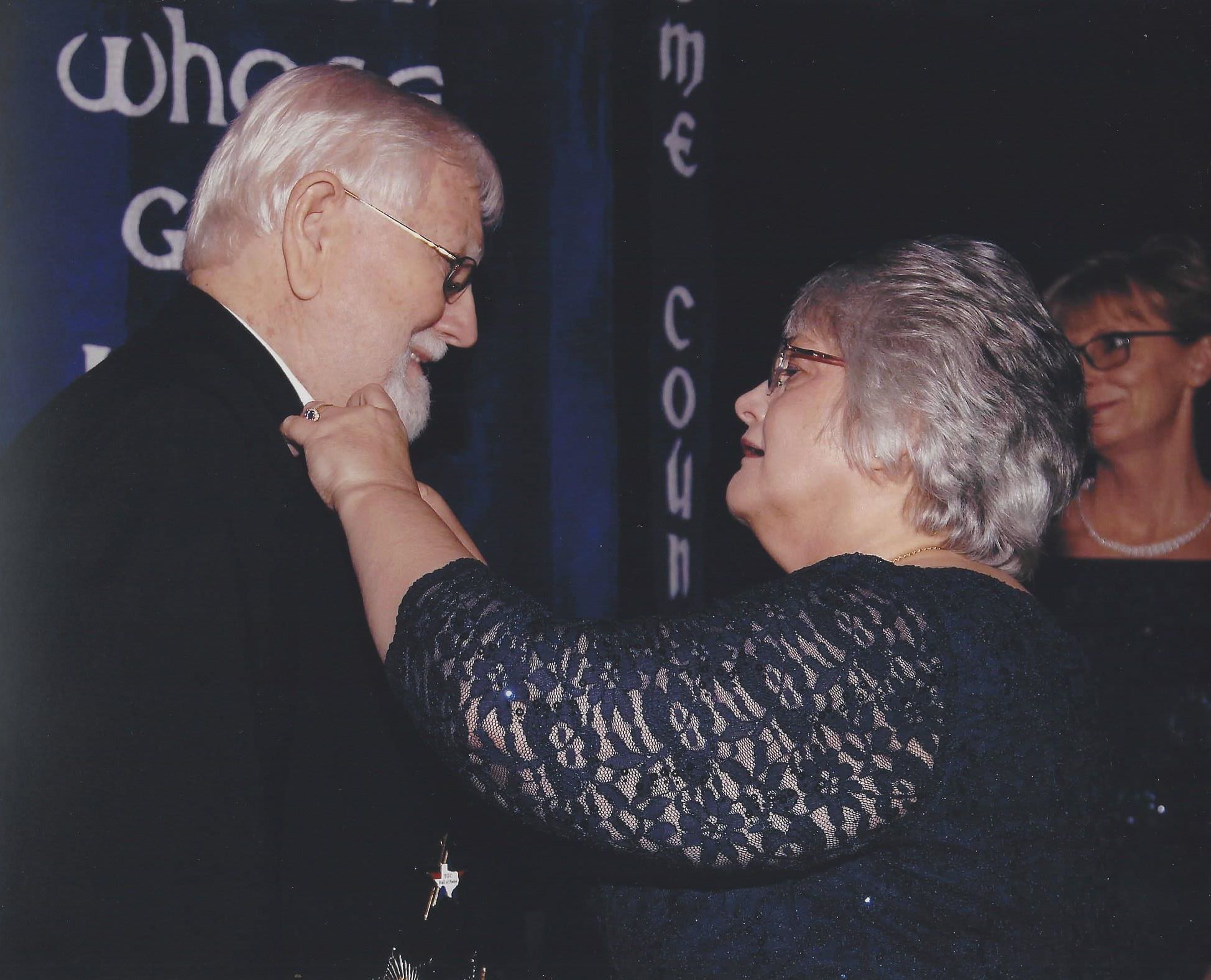
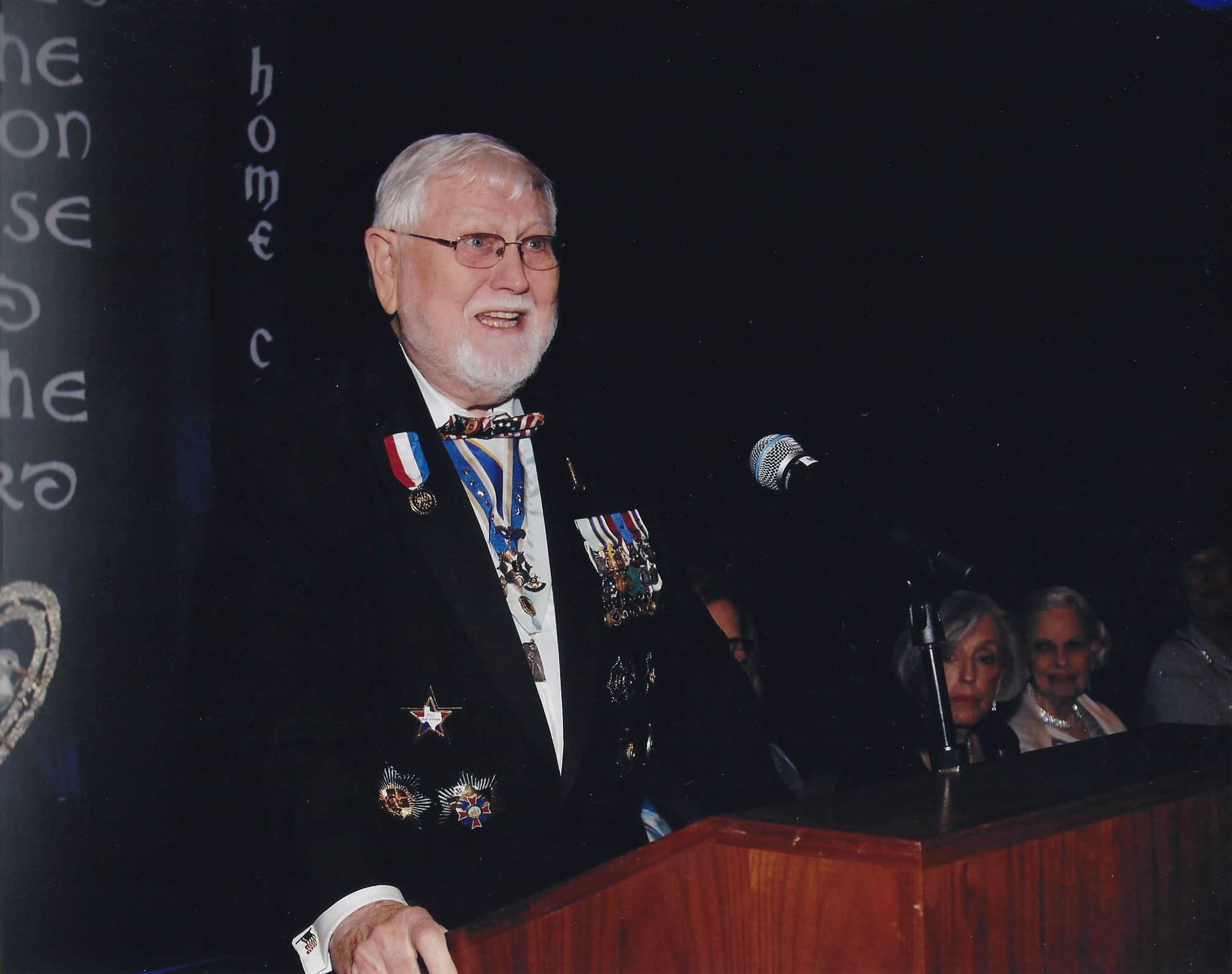
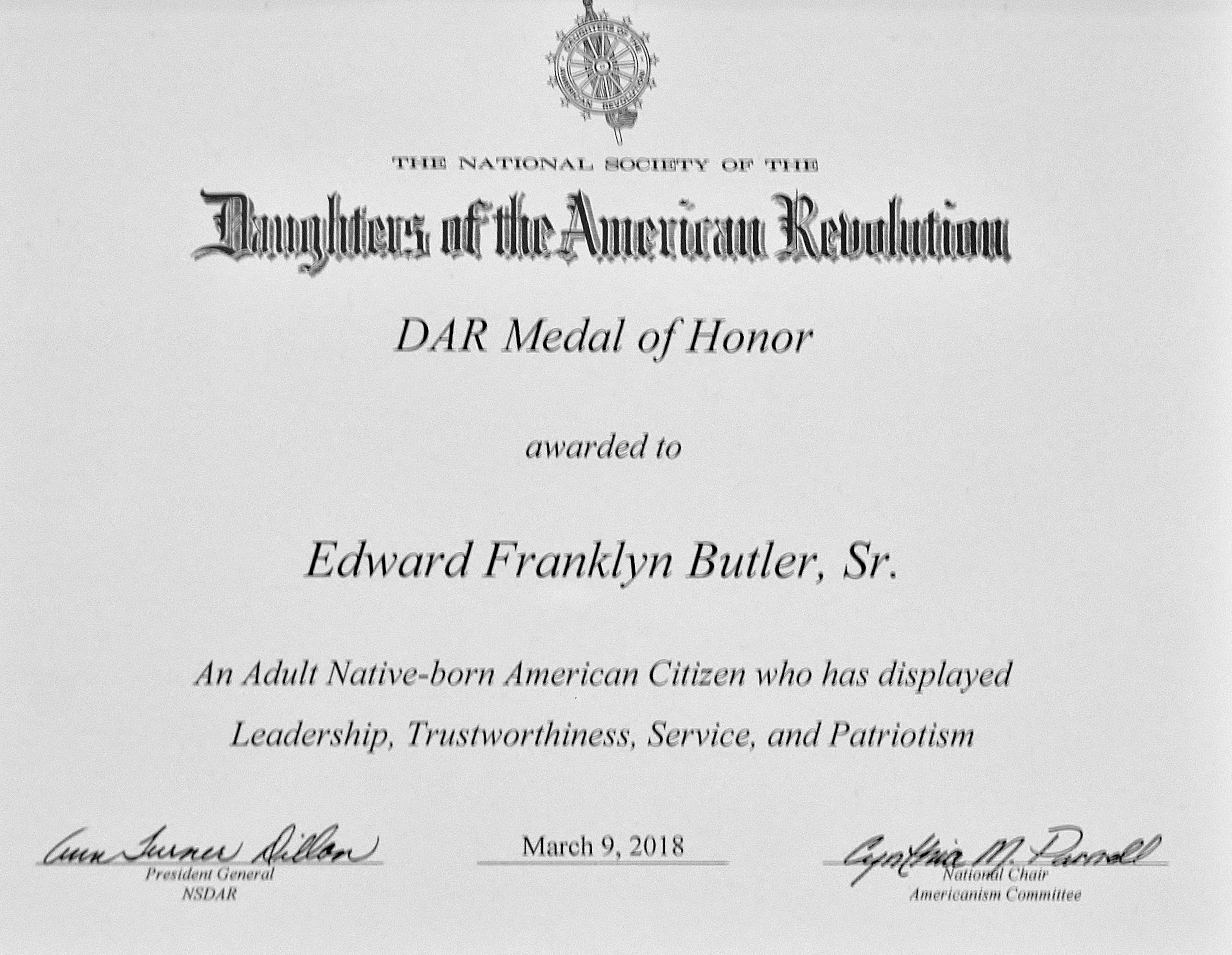
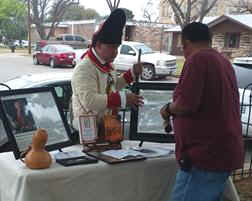
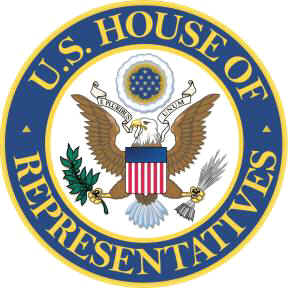
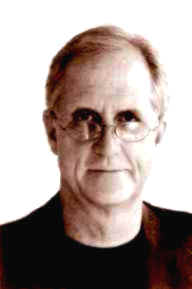
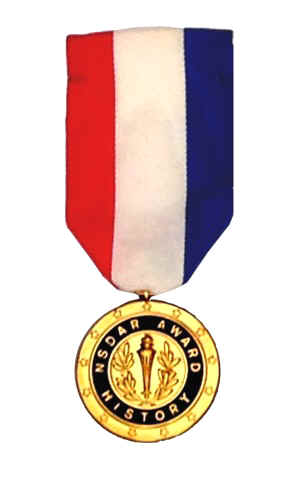



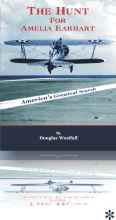




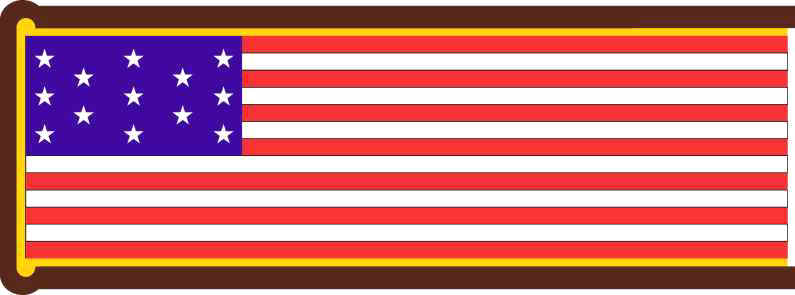
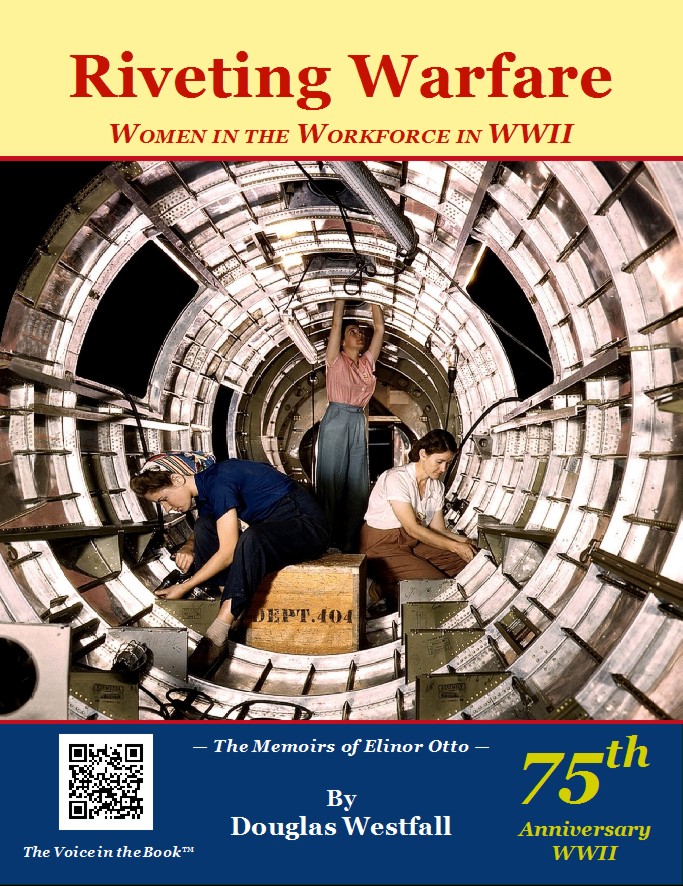
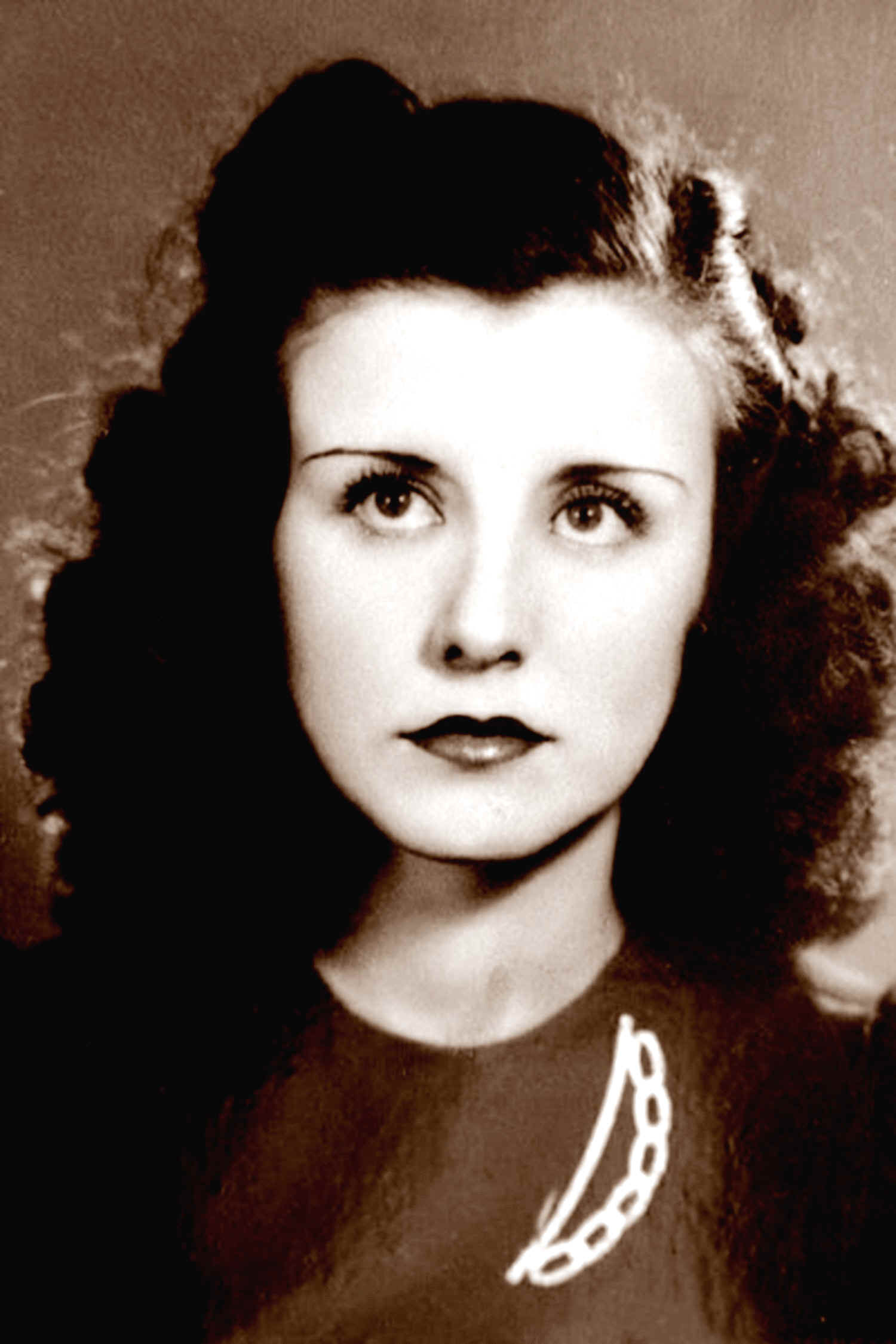
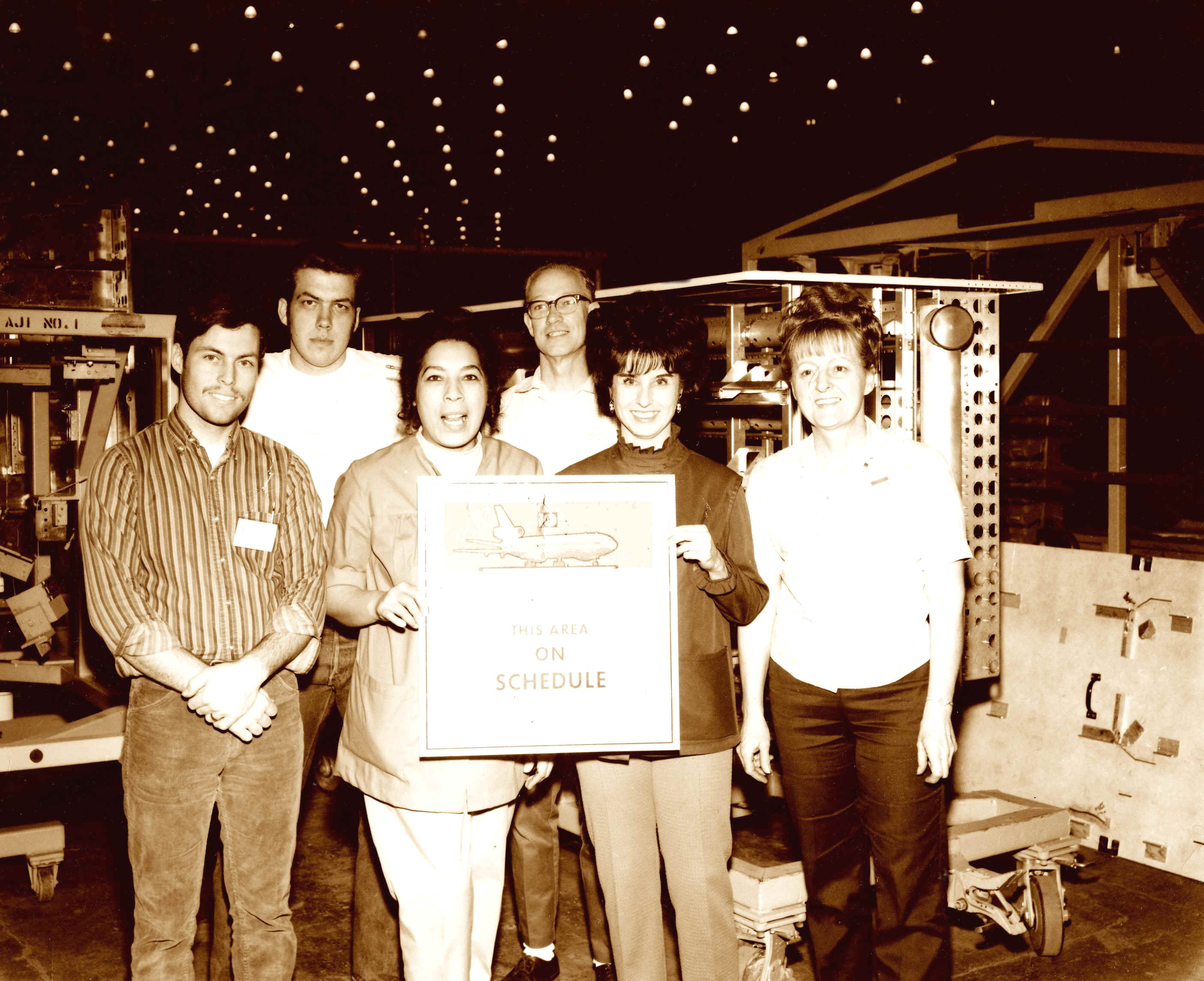
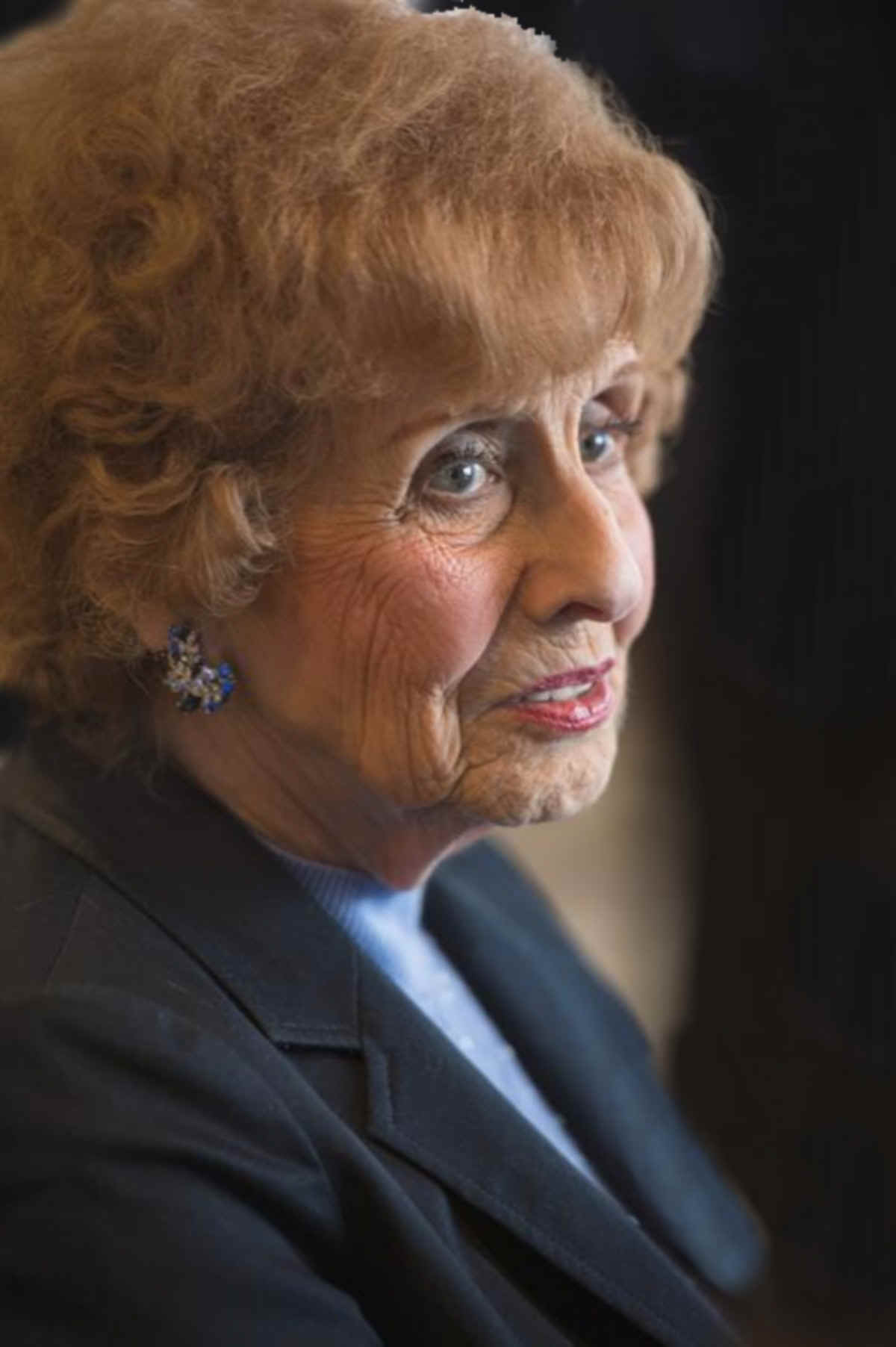

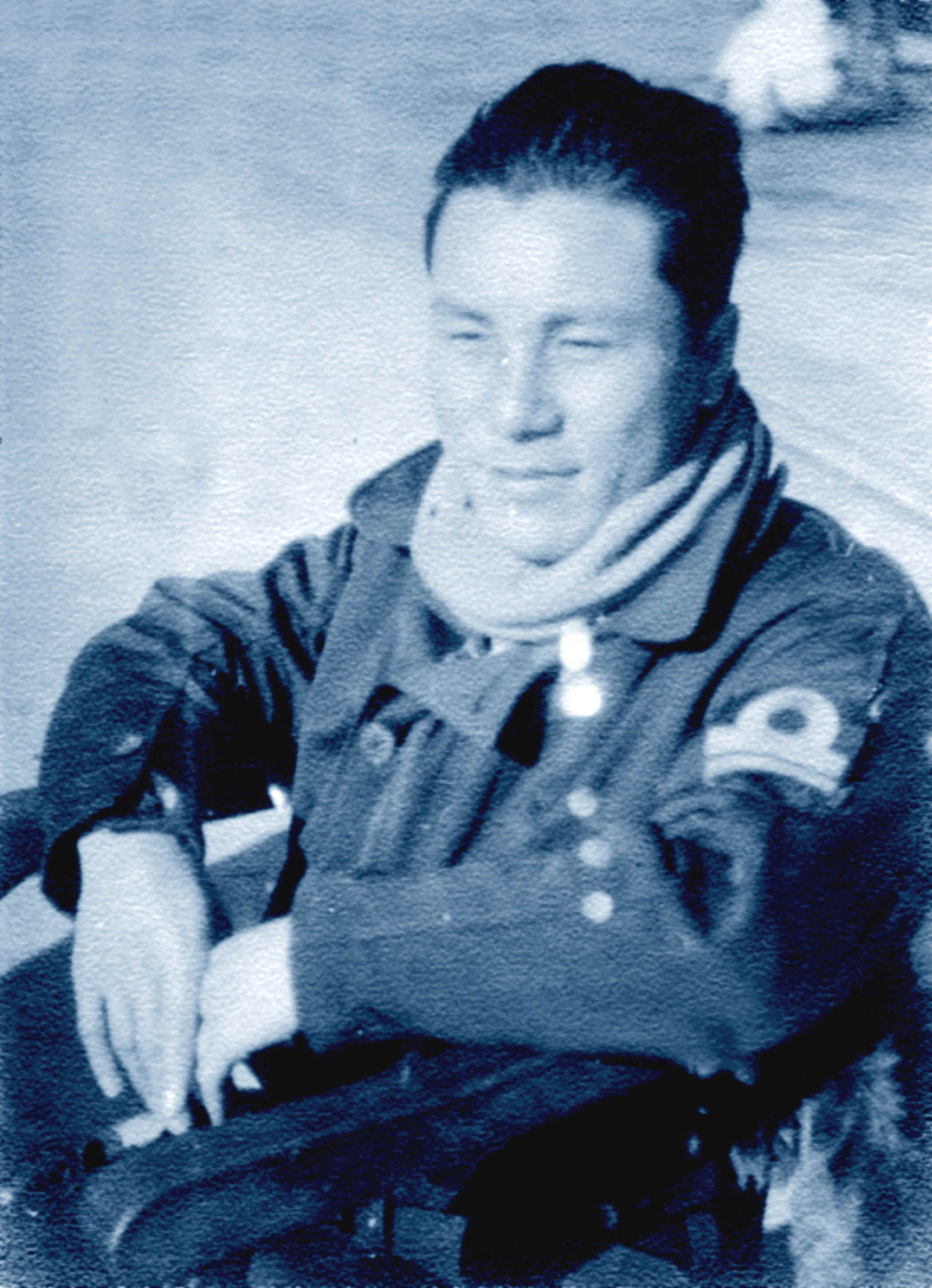 So
here we are on a bus with a bunch of soldiers from Fort Shafter and I am
sitting alongside a old time sergeant.
So
here we are on a bus with a bunch of soldiers from Fort Shafter and I am
sitting alongside a old time sergeant. 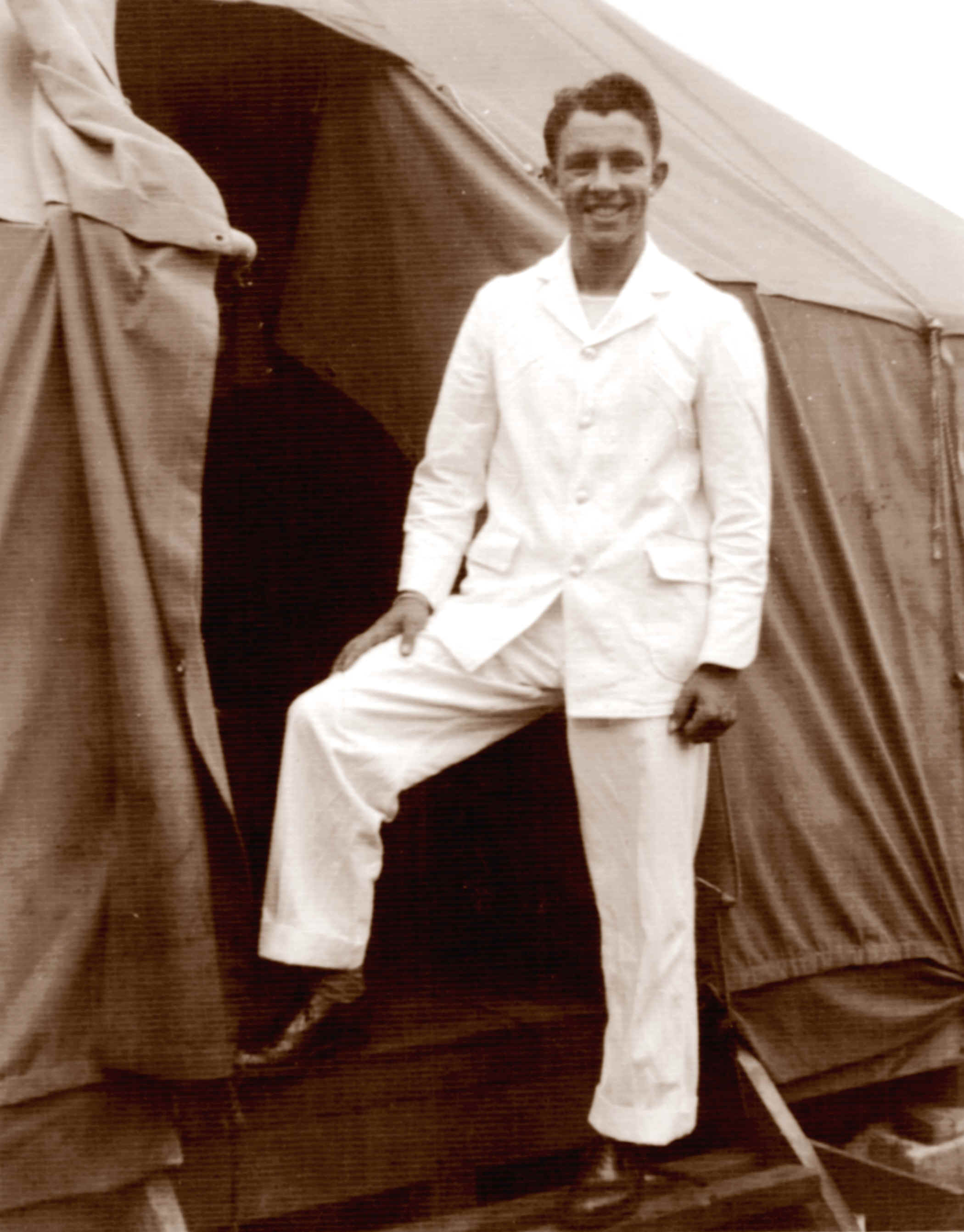
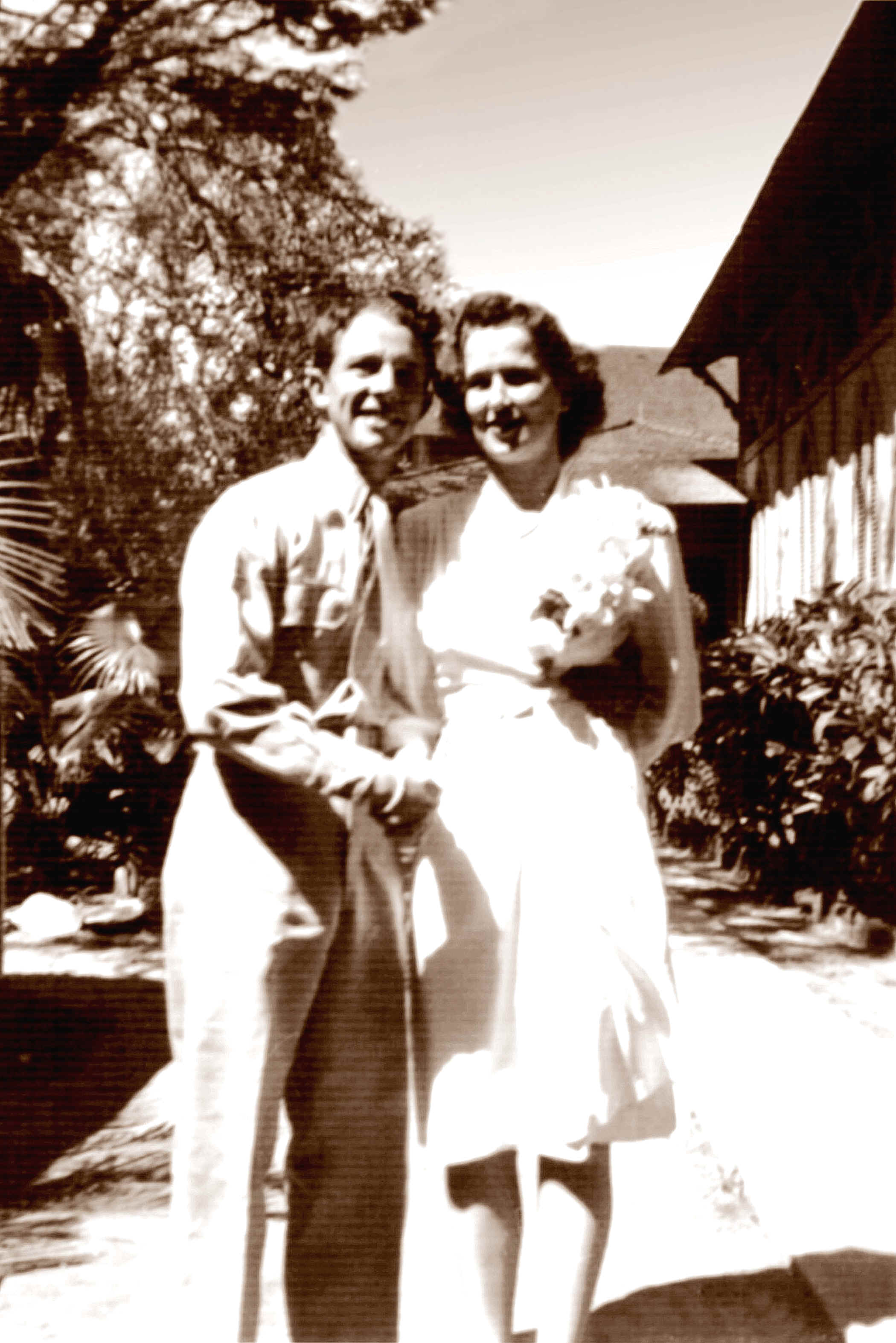
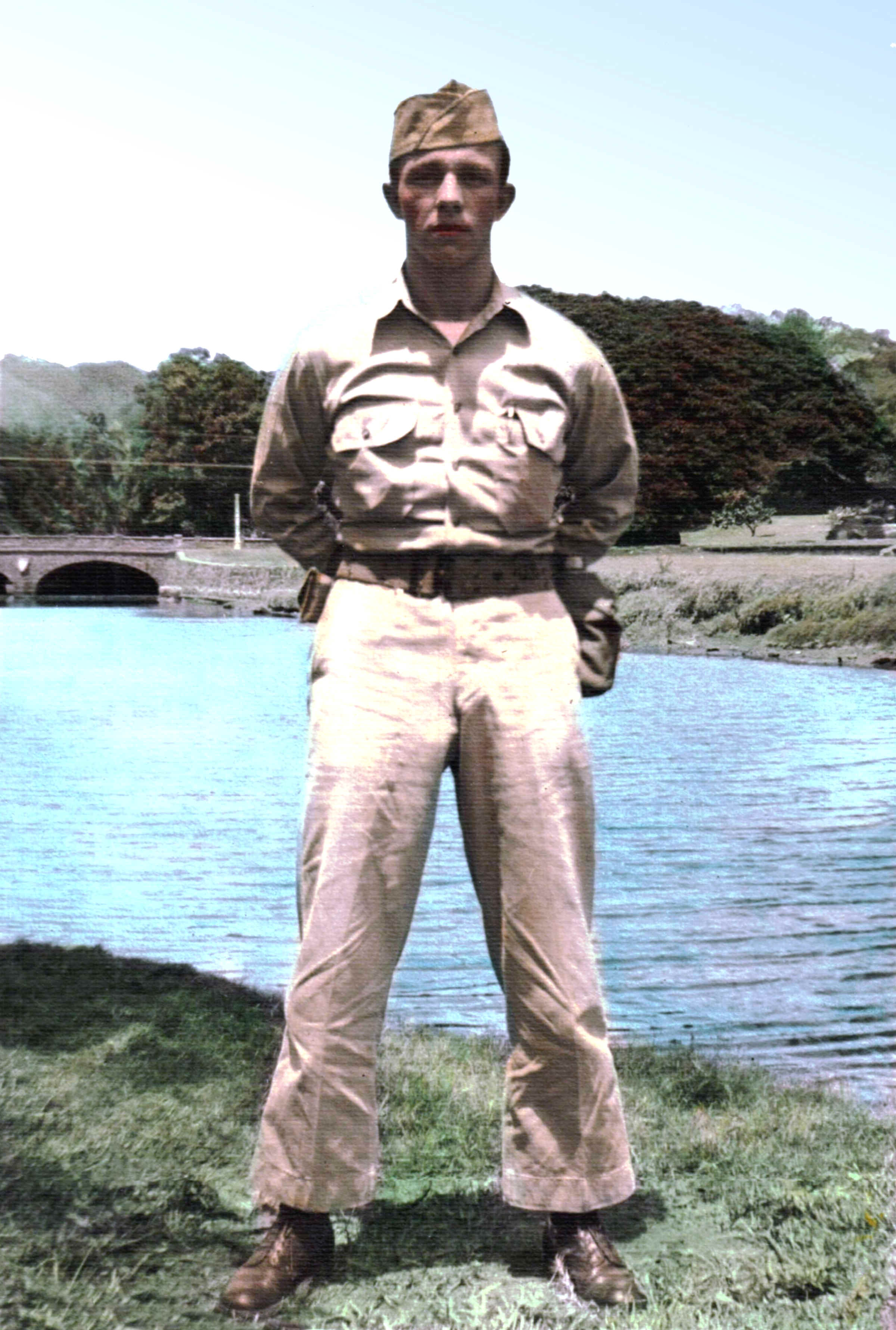
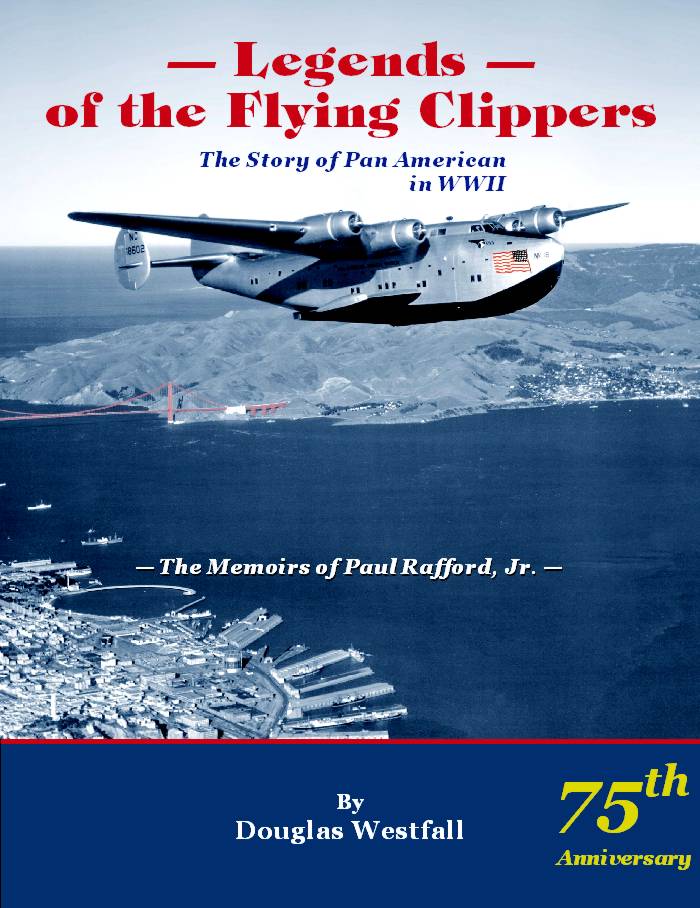
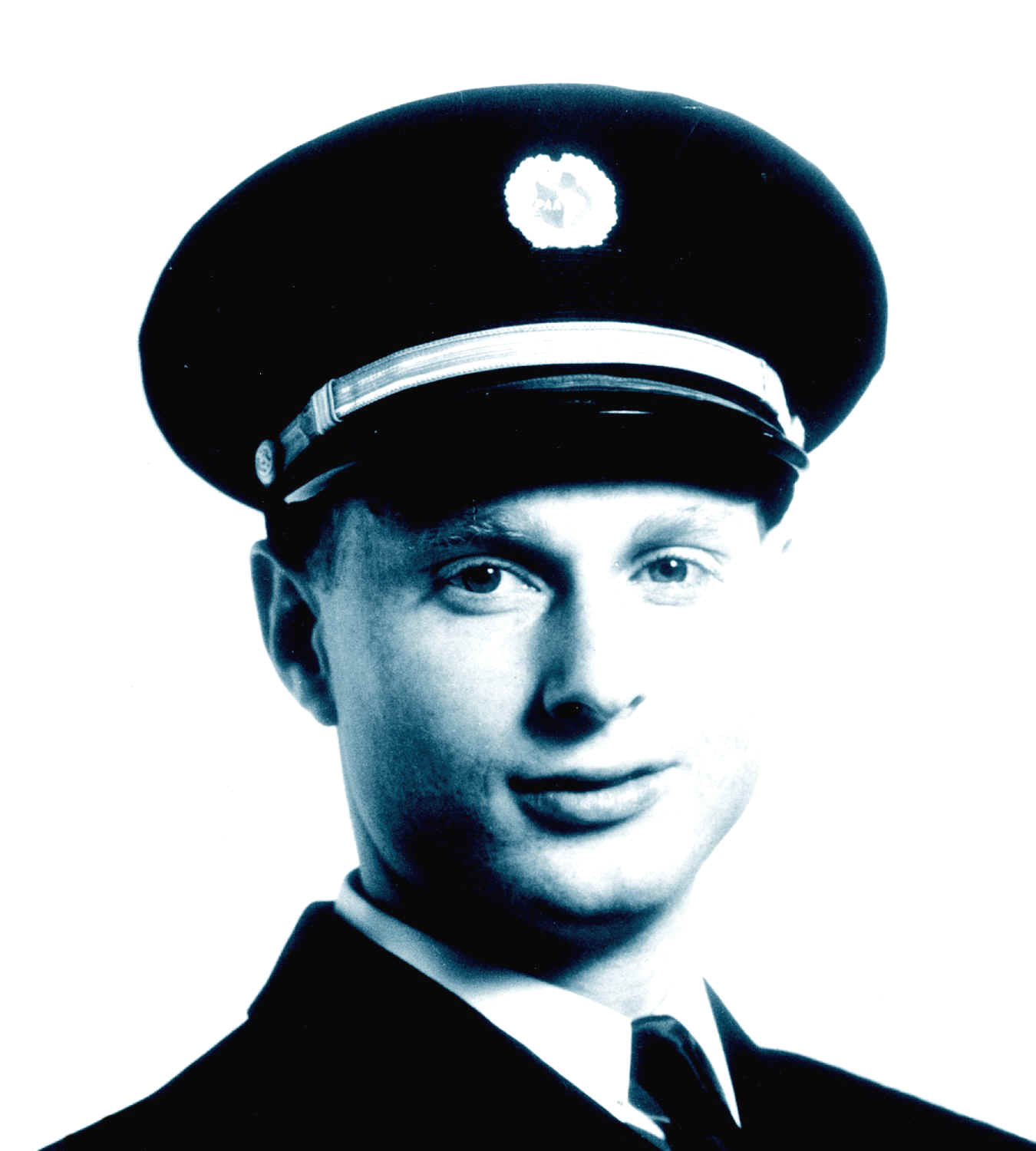
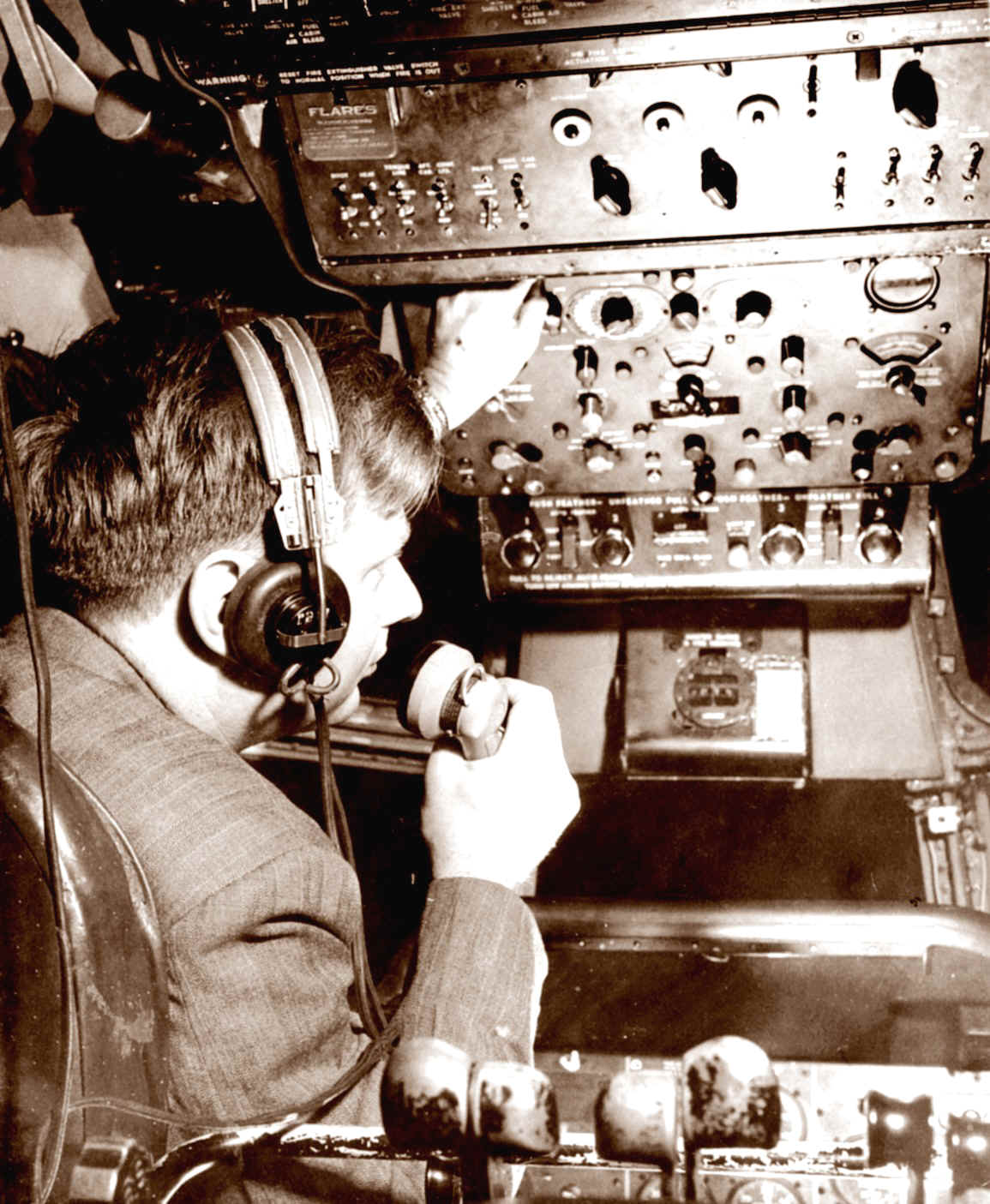
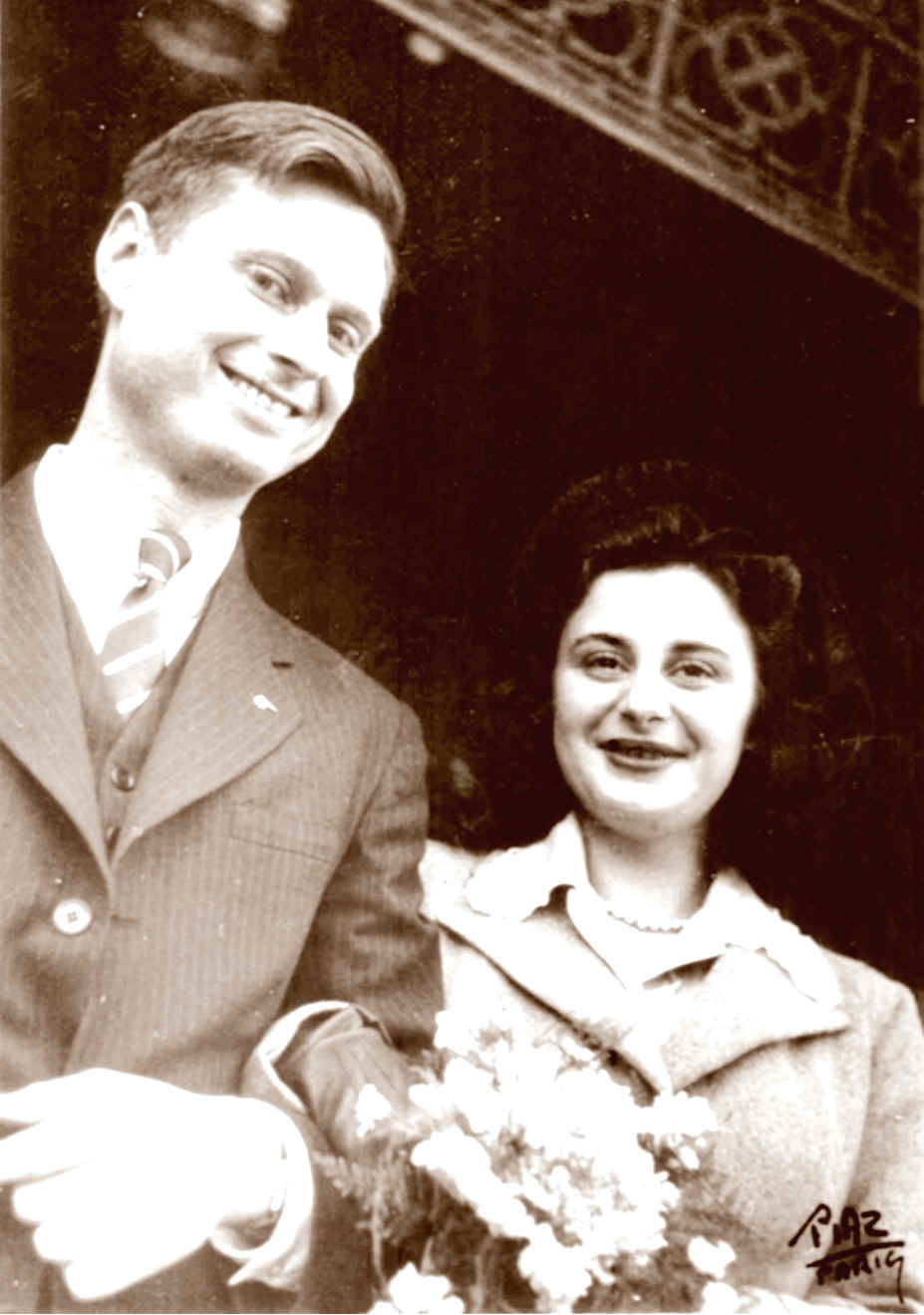
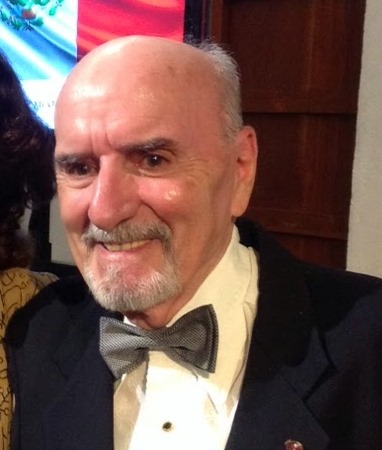


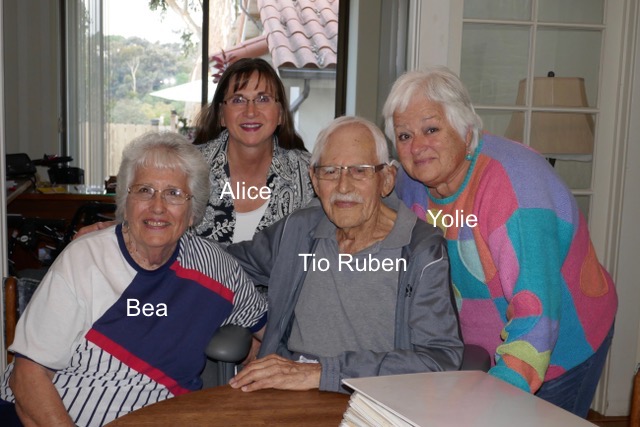
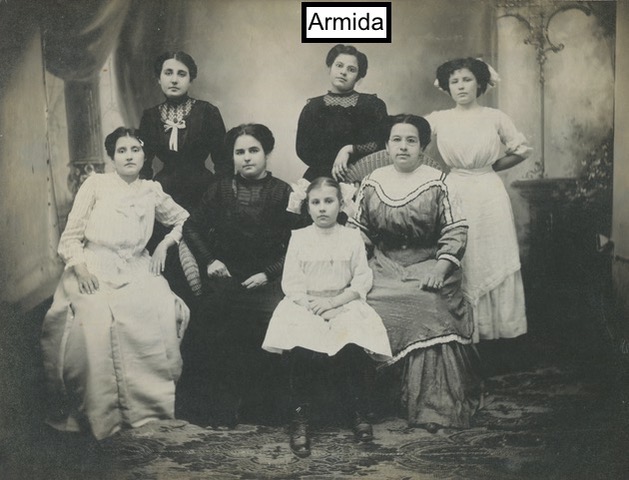
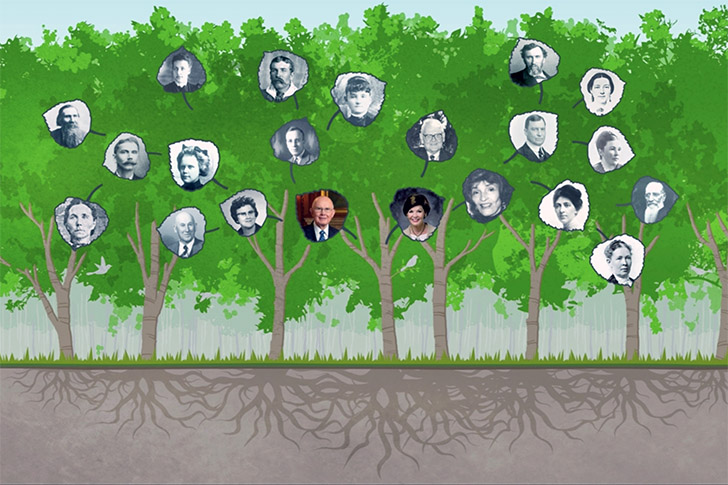
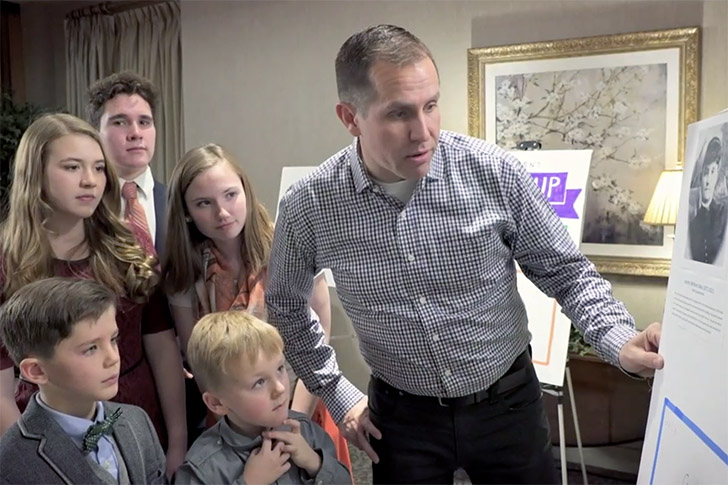
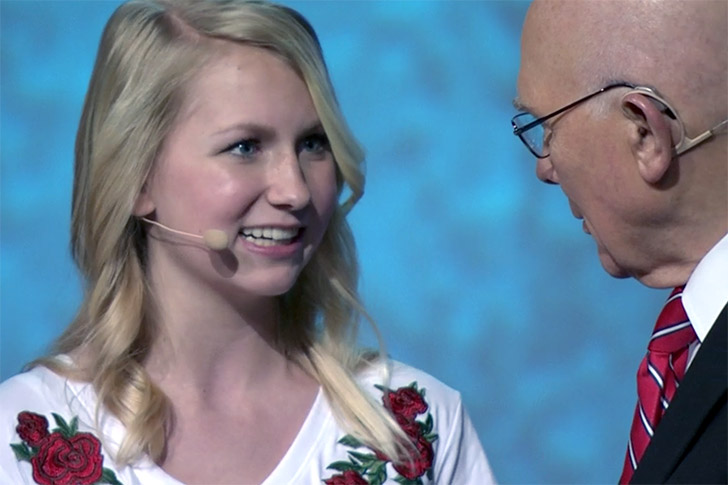
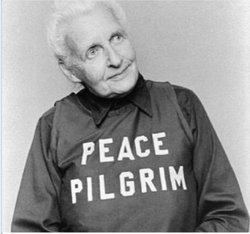
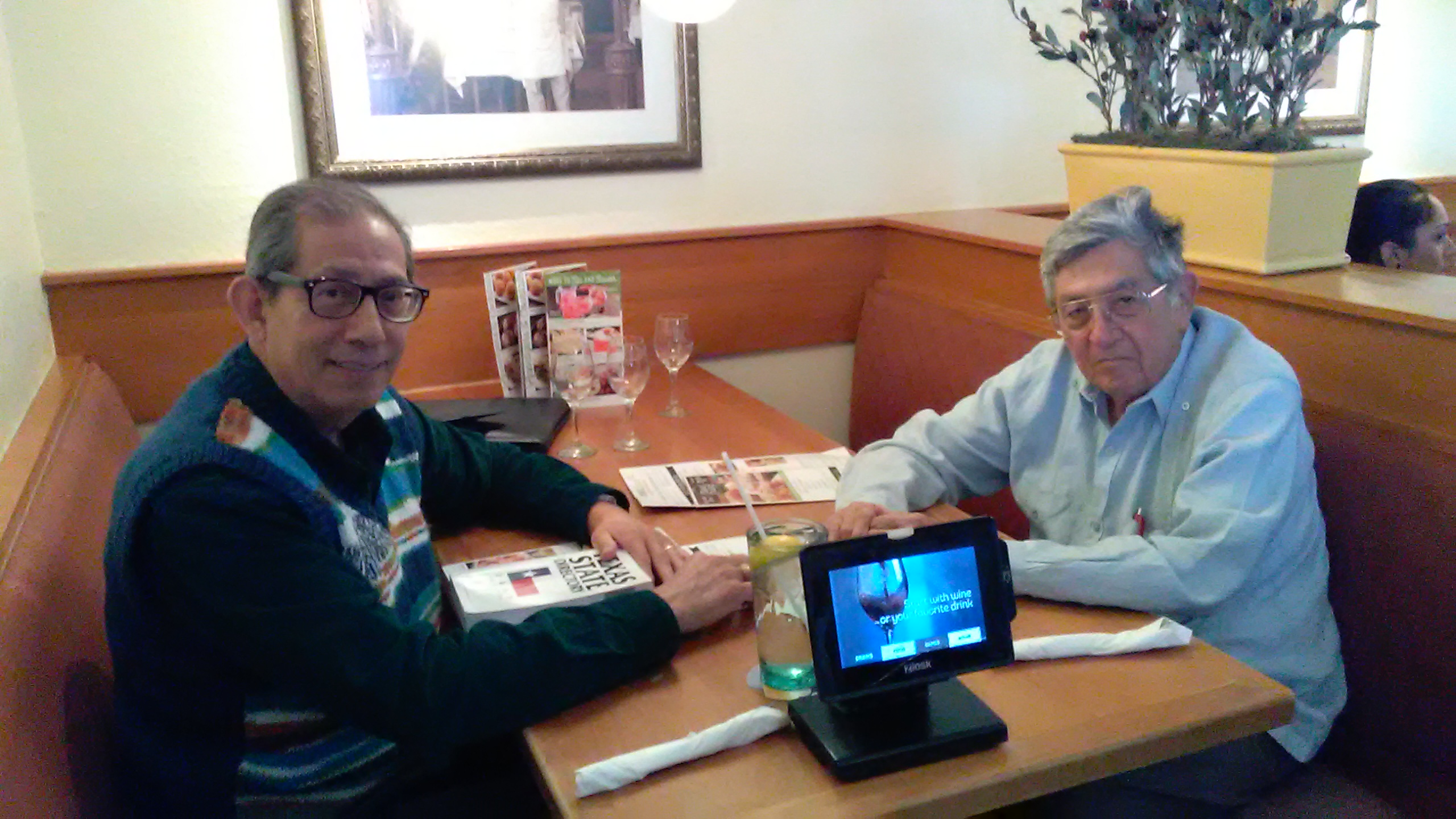
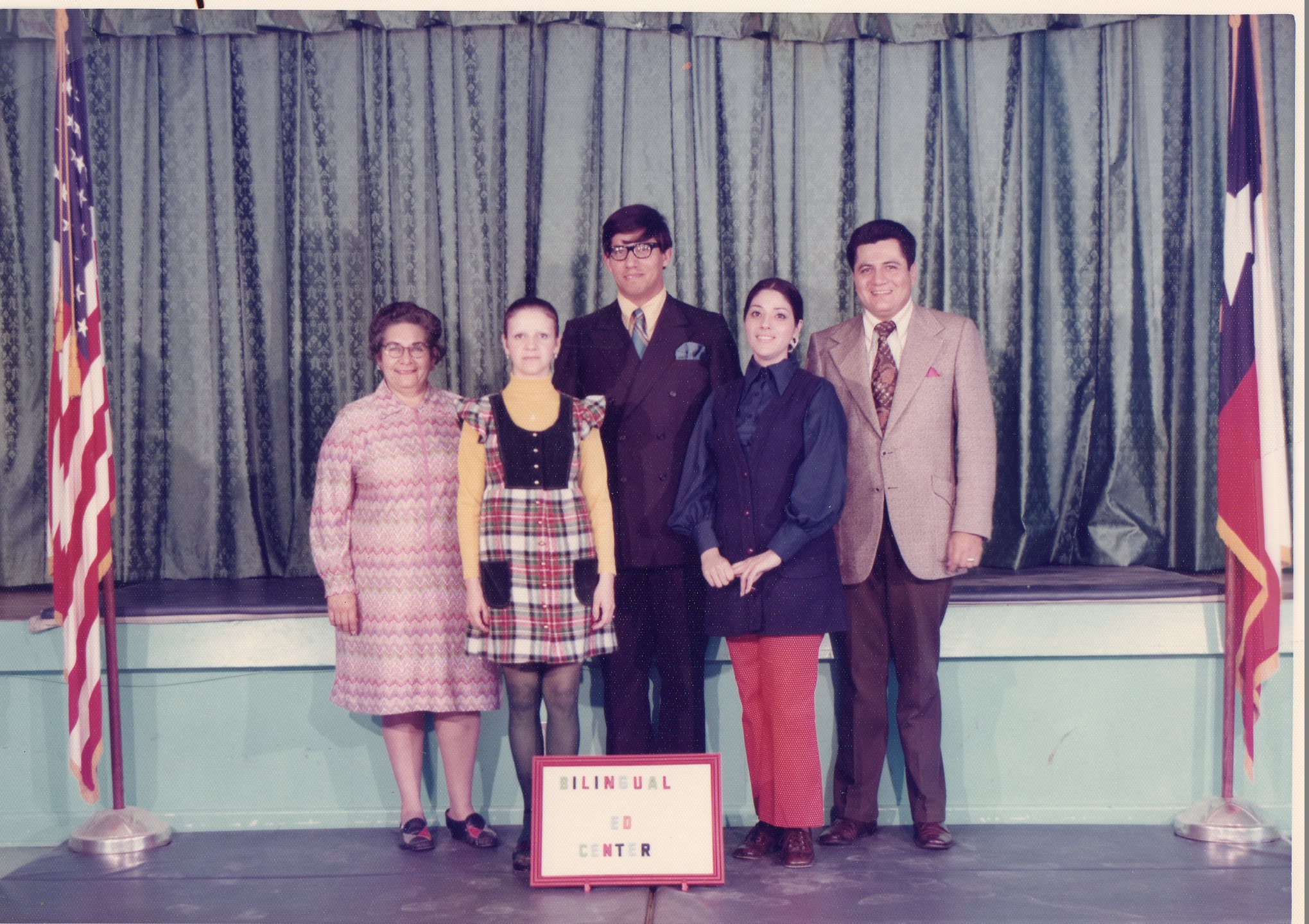
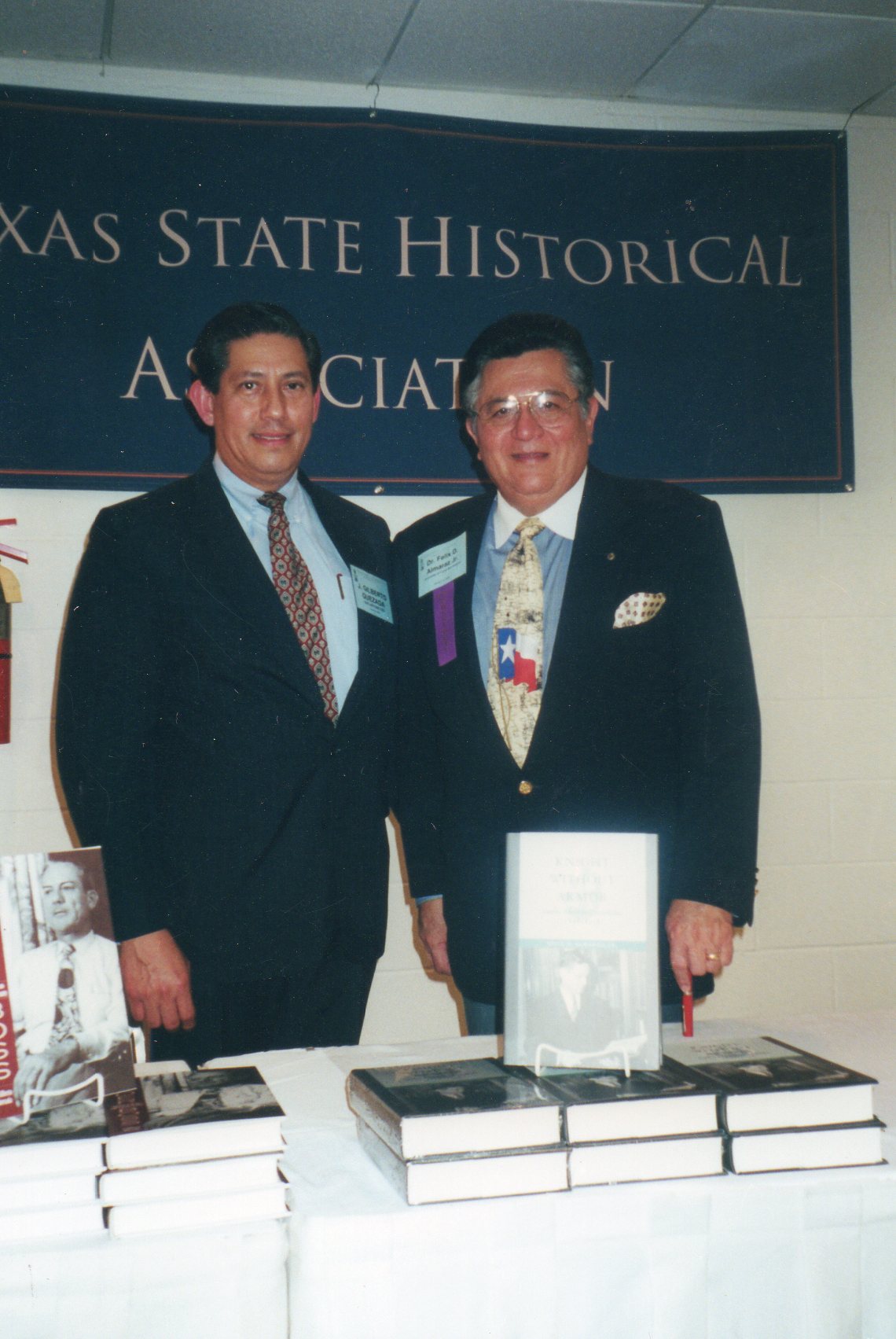
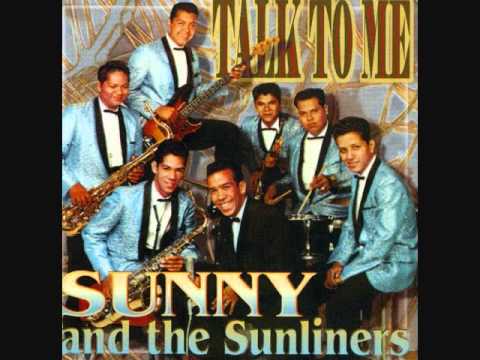
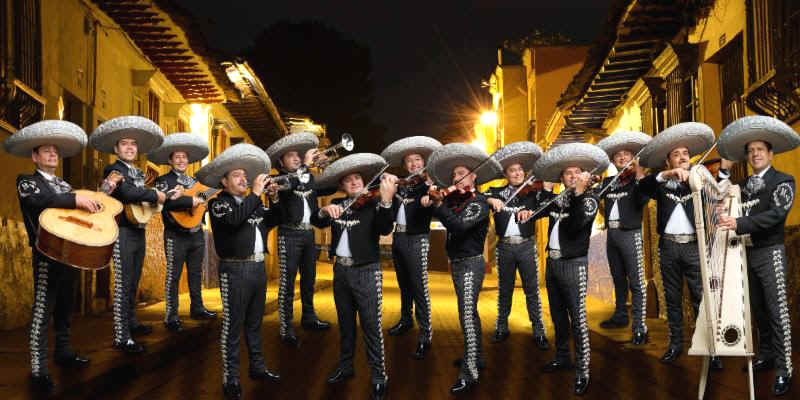
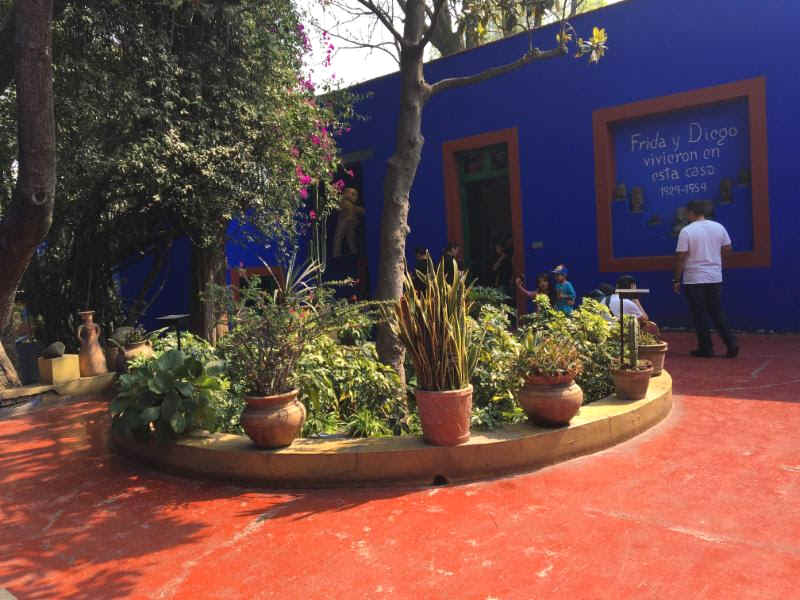
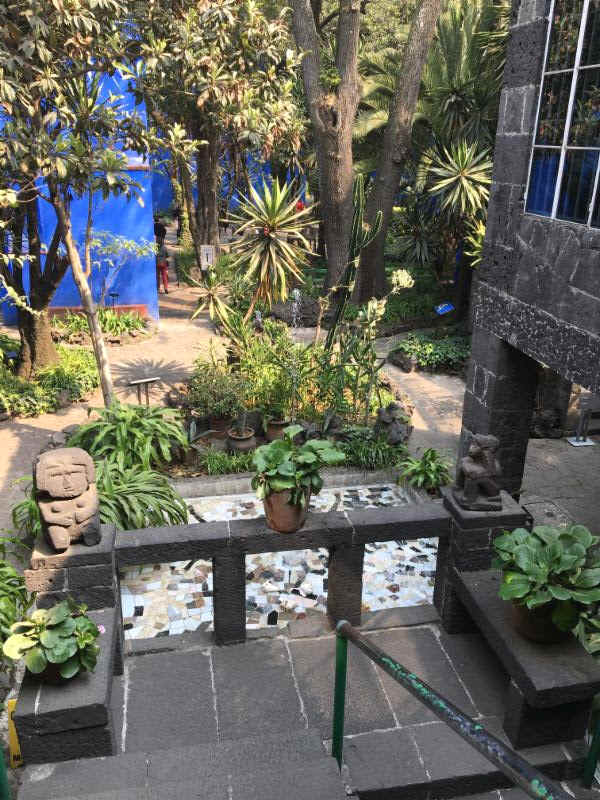
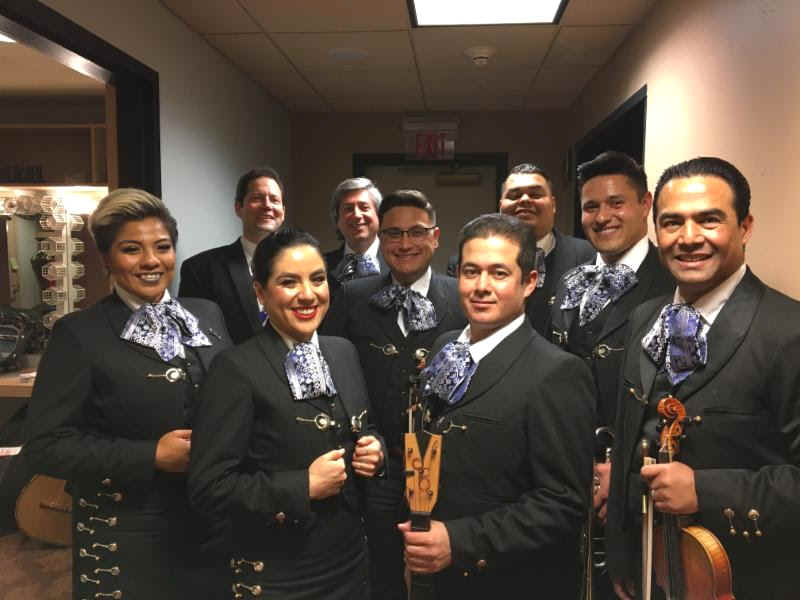
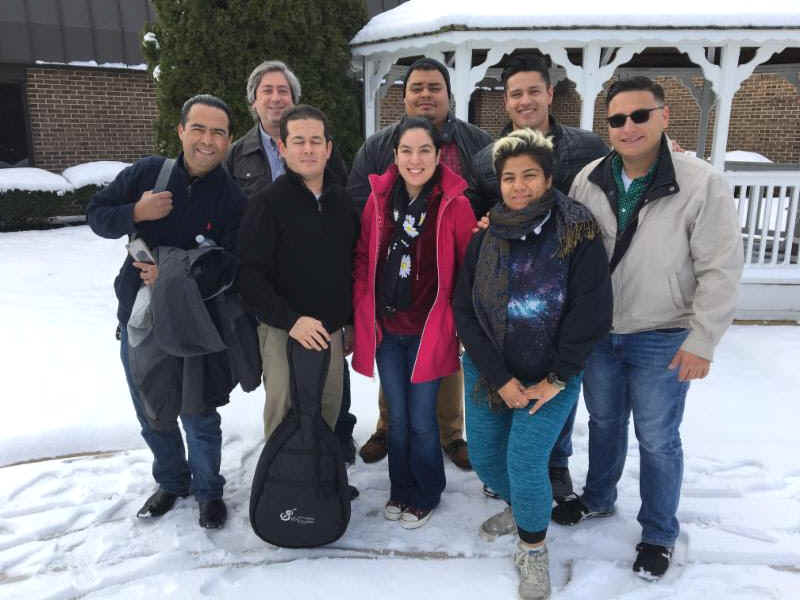
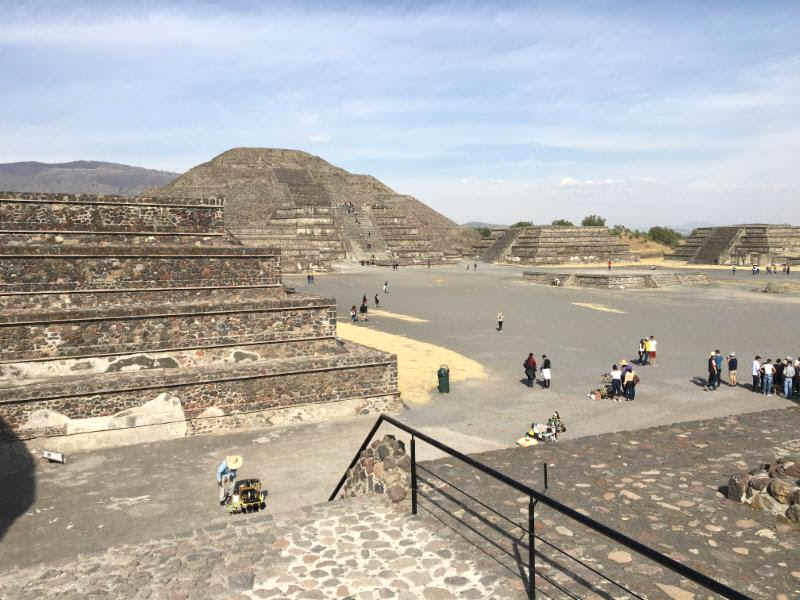

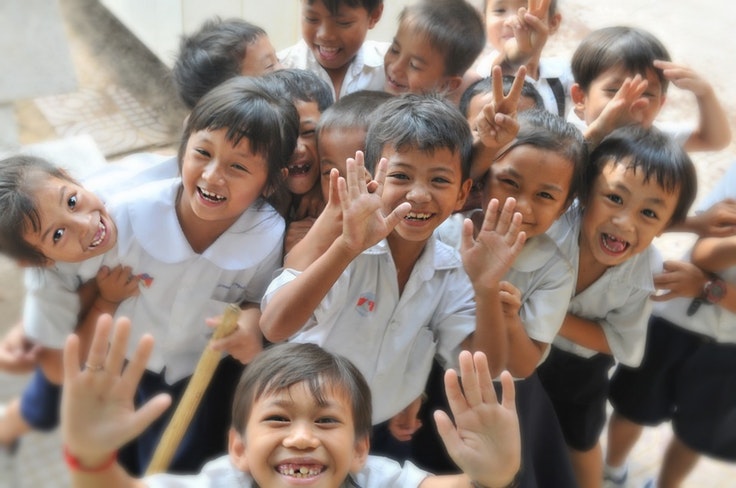


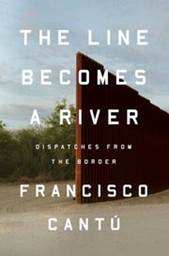
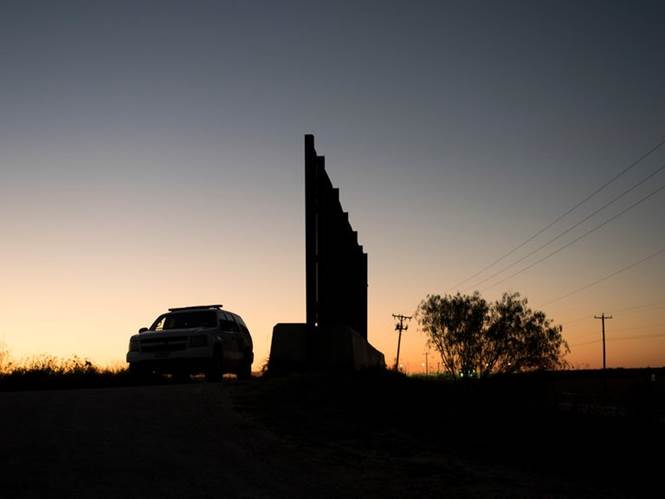
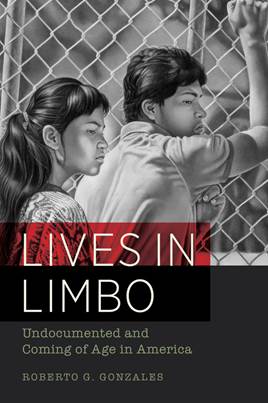


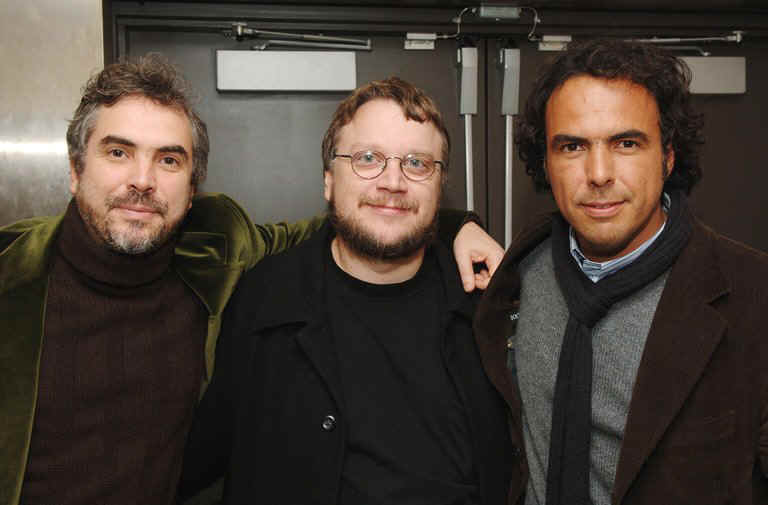
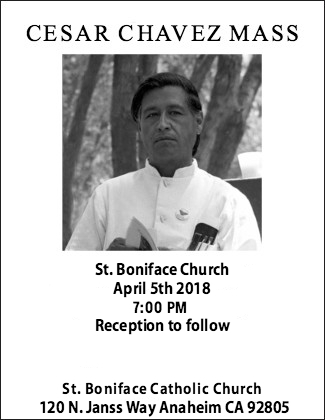
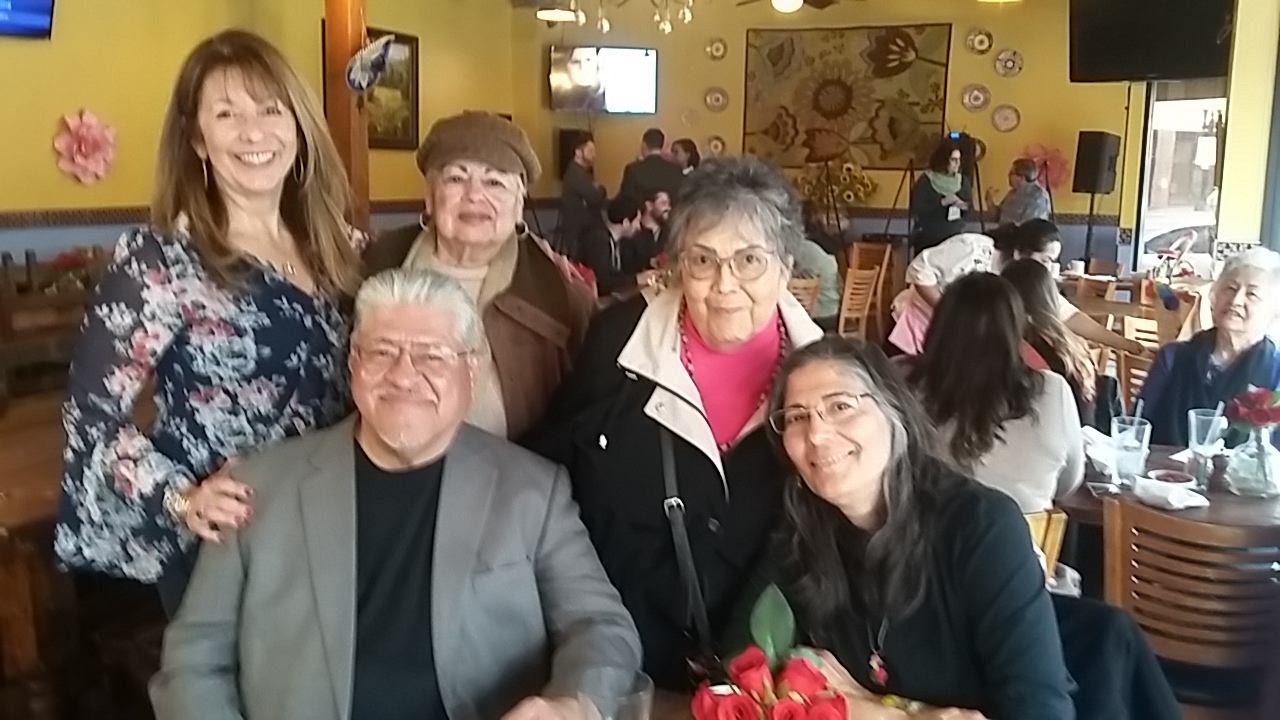

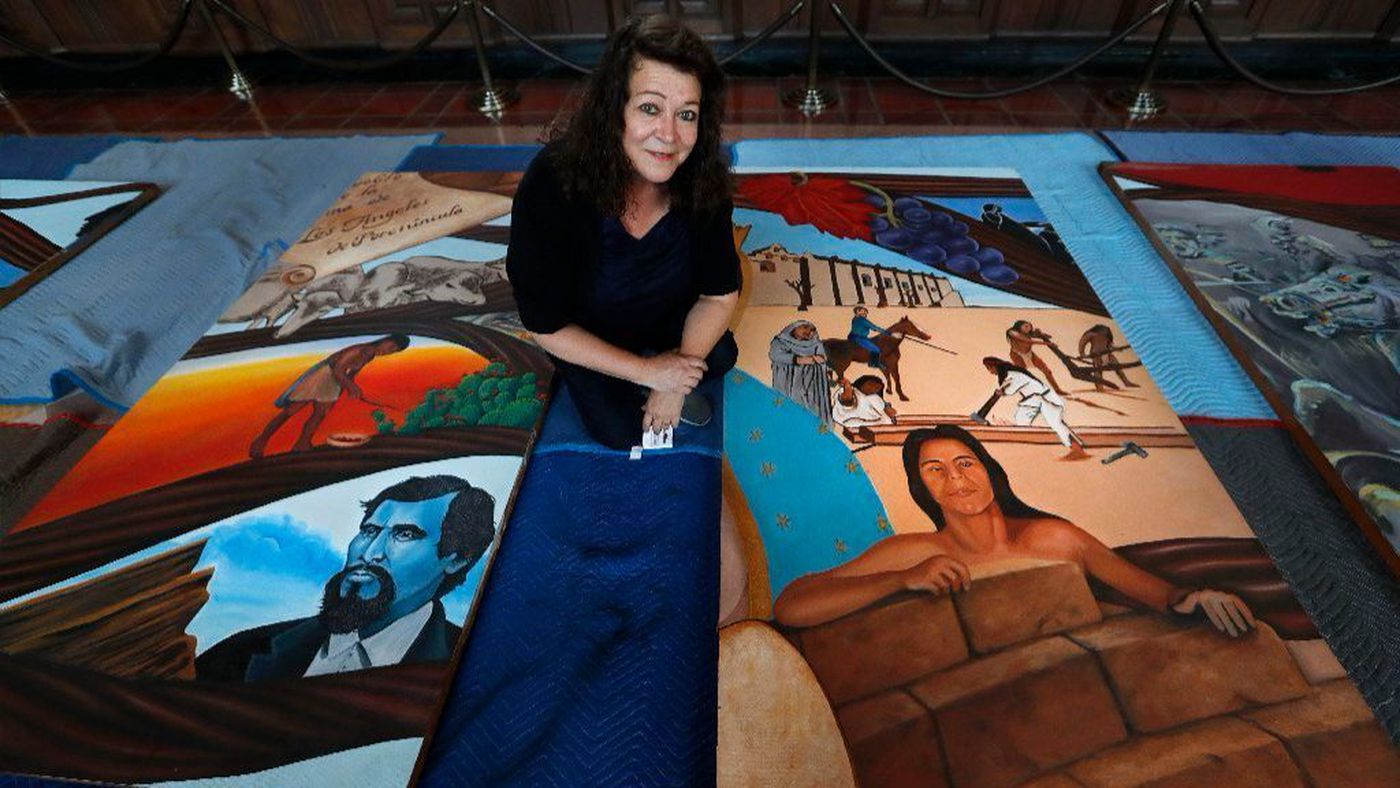
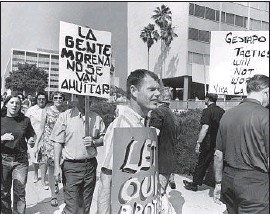
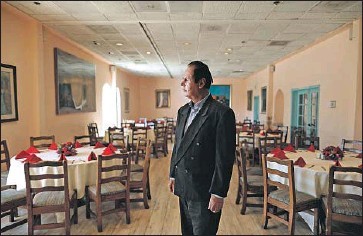
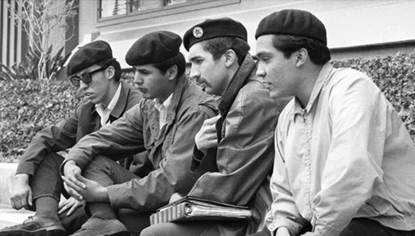
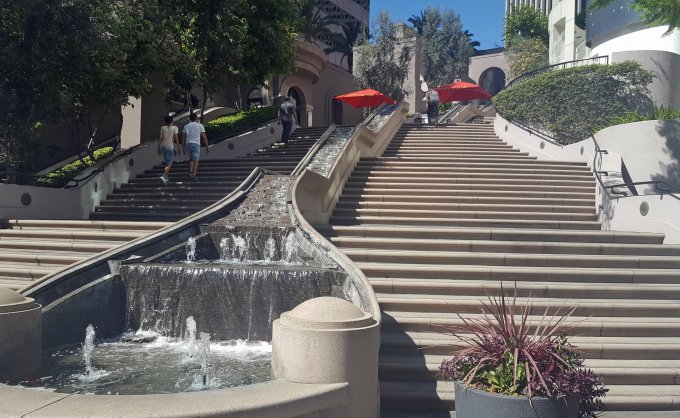


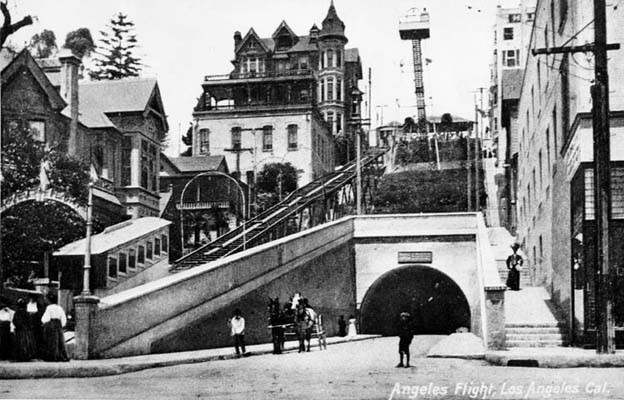

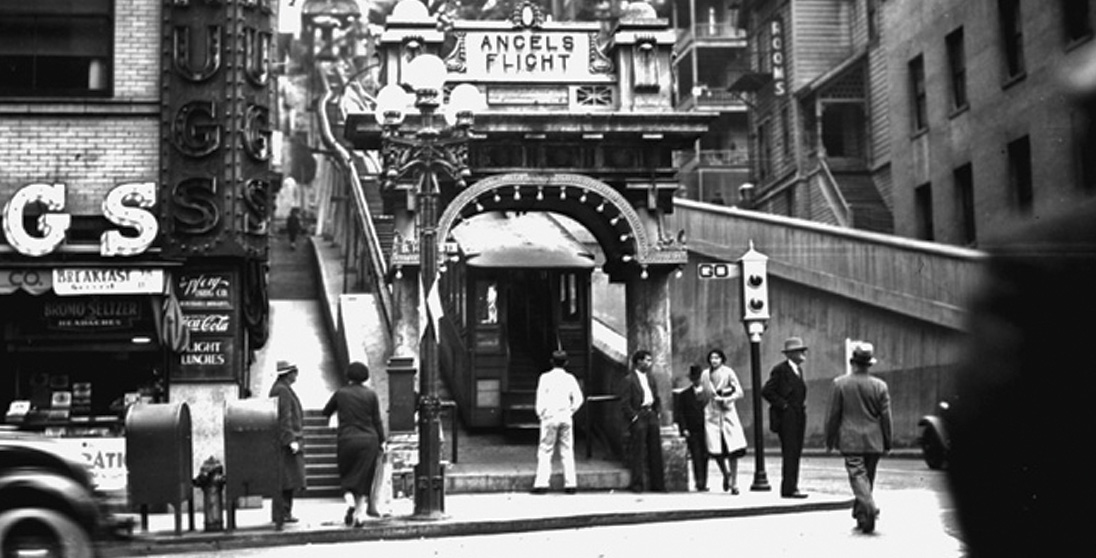
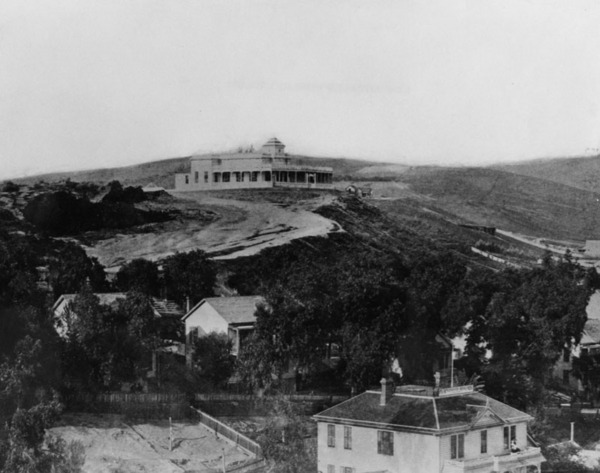
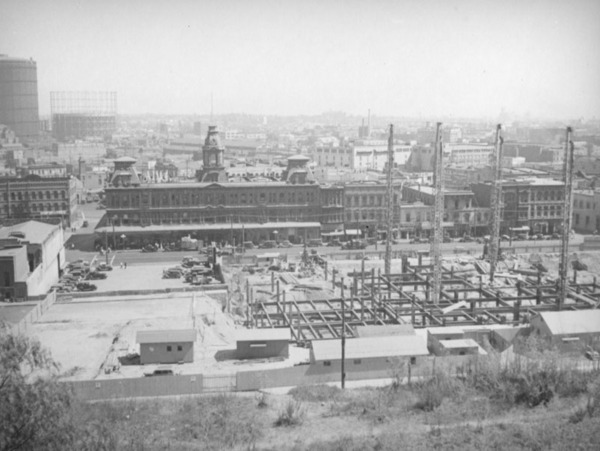
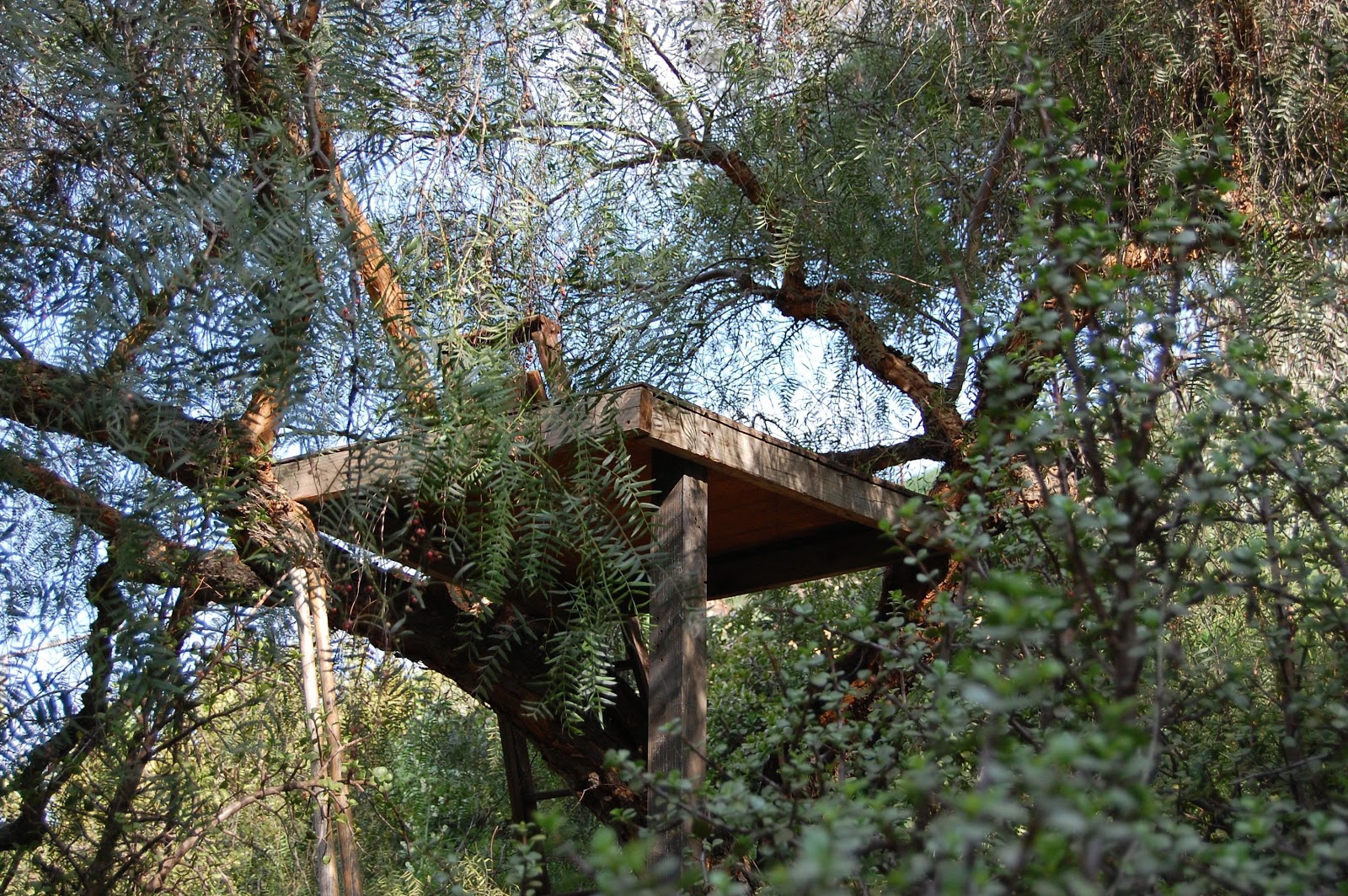

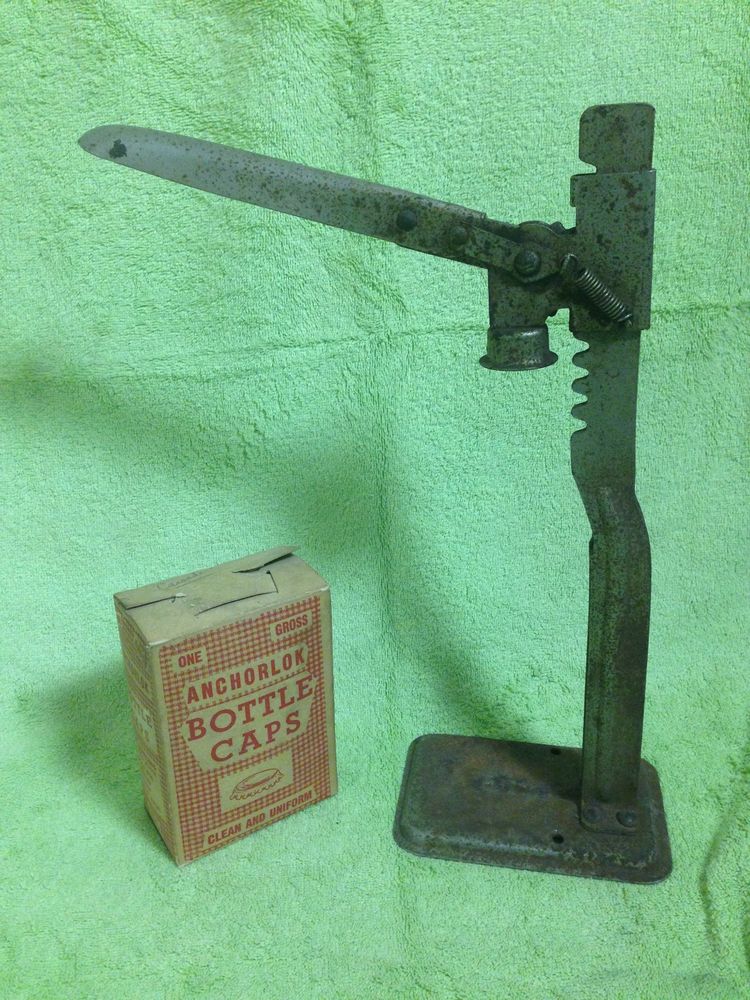
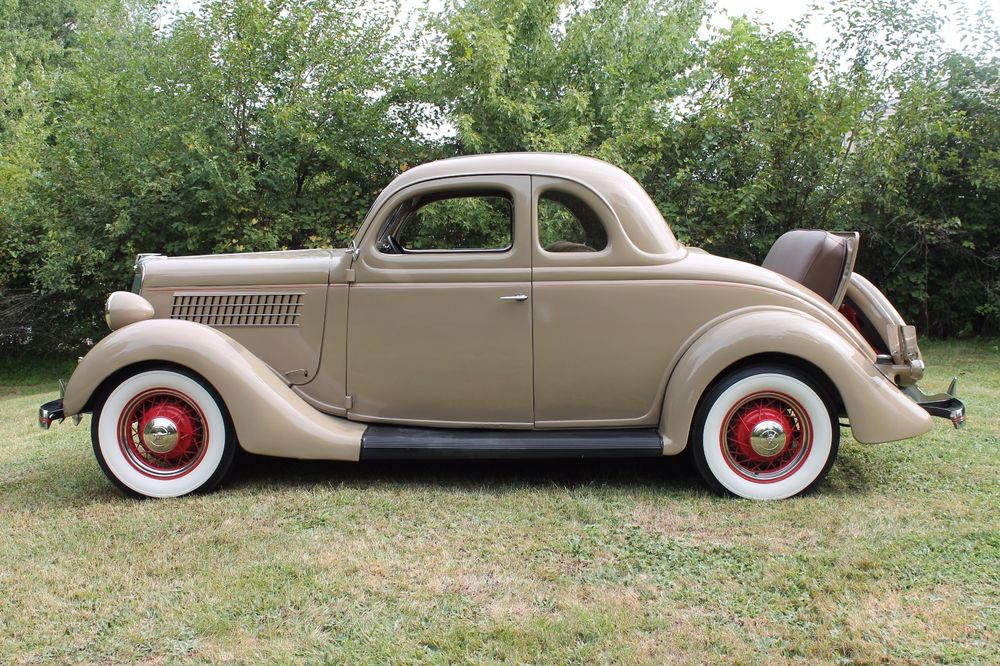
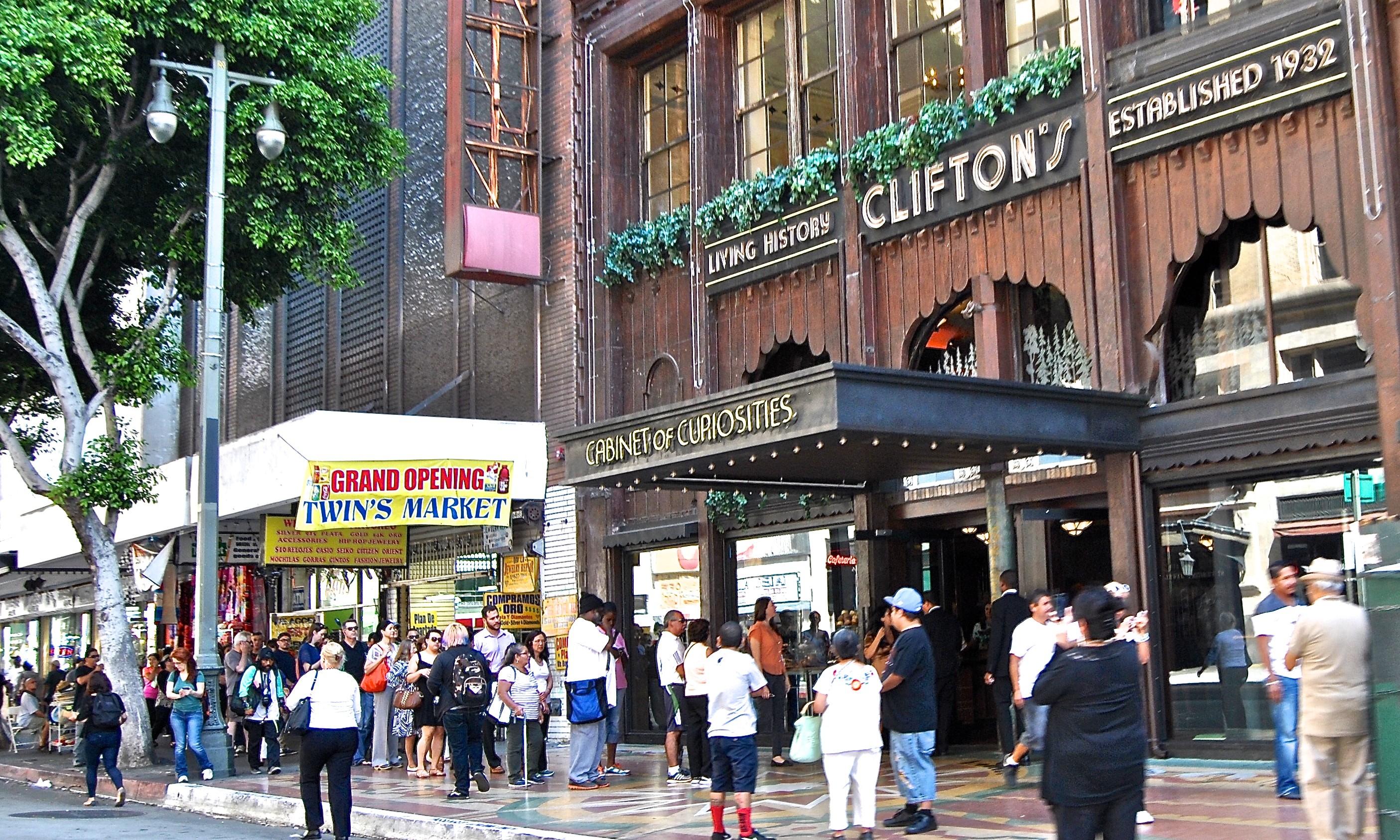
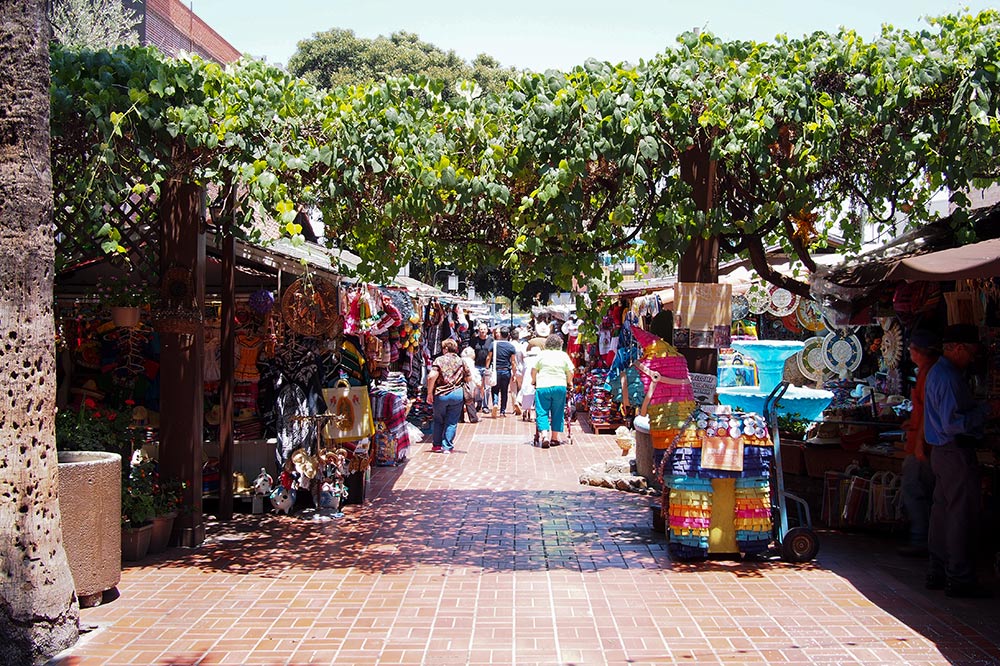
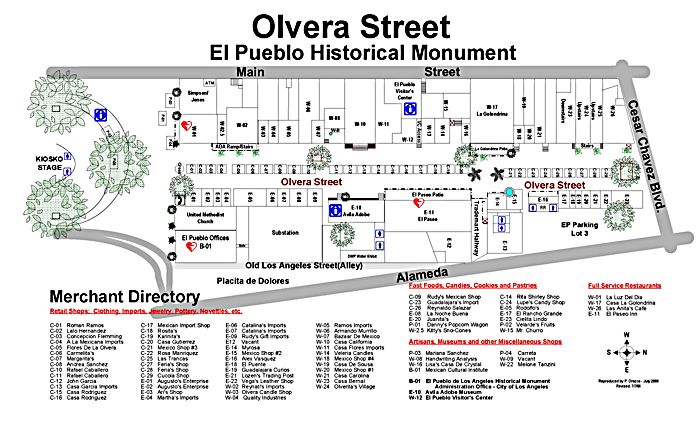
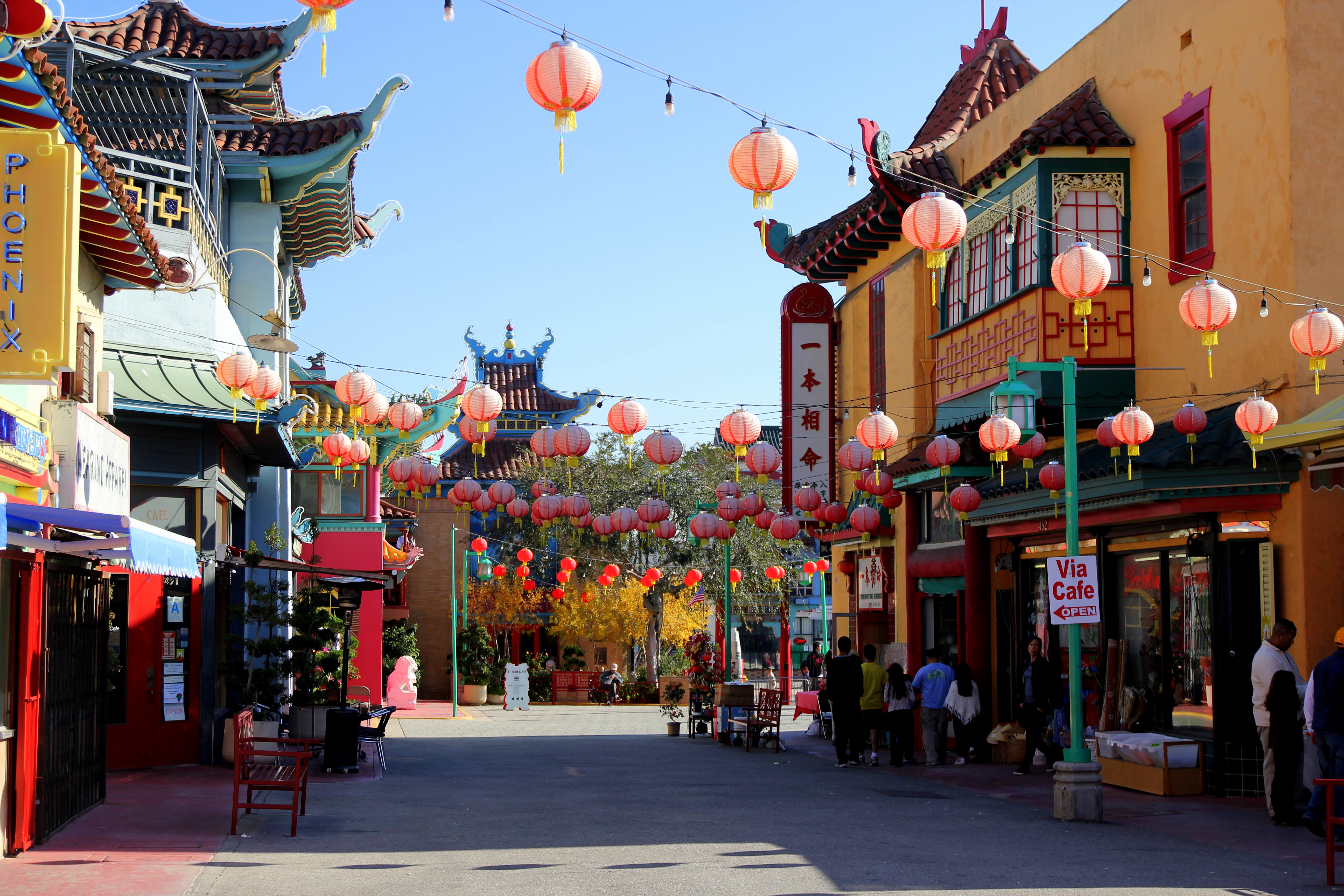



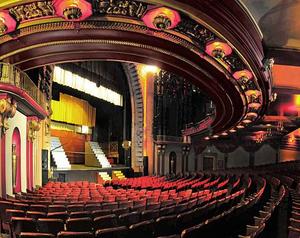

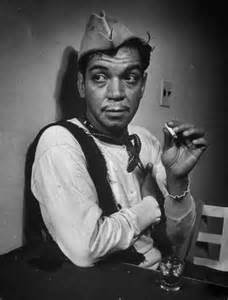
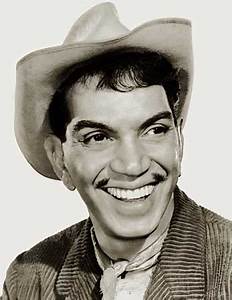
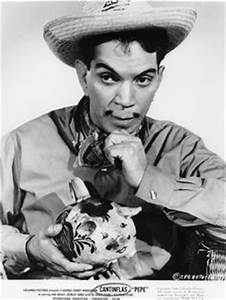
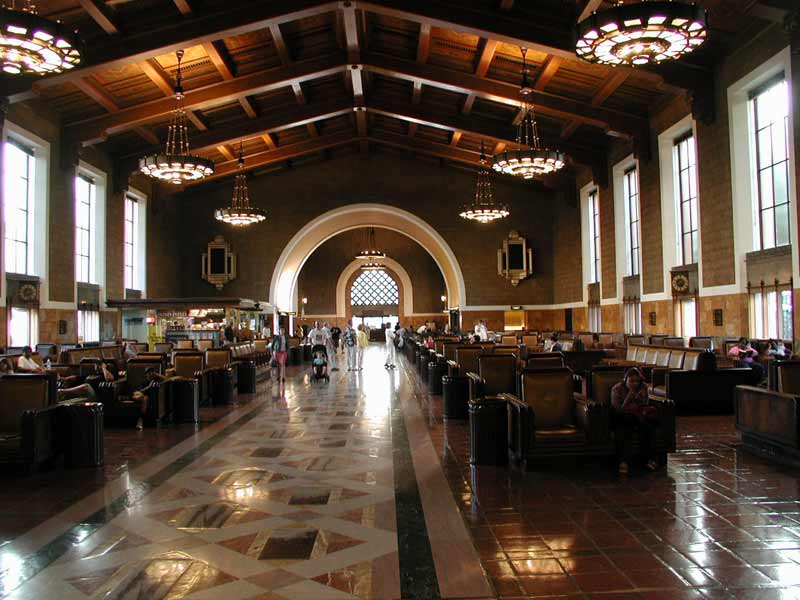
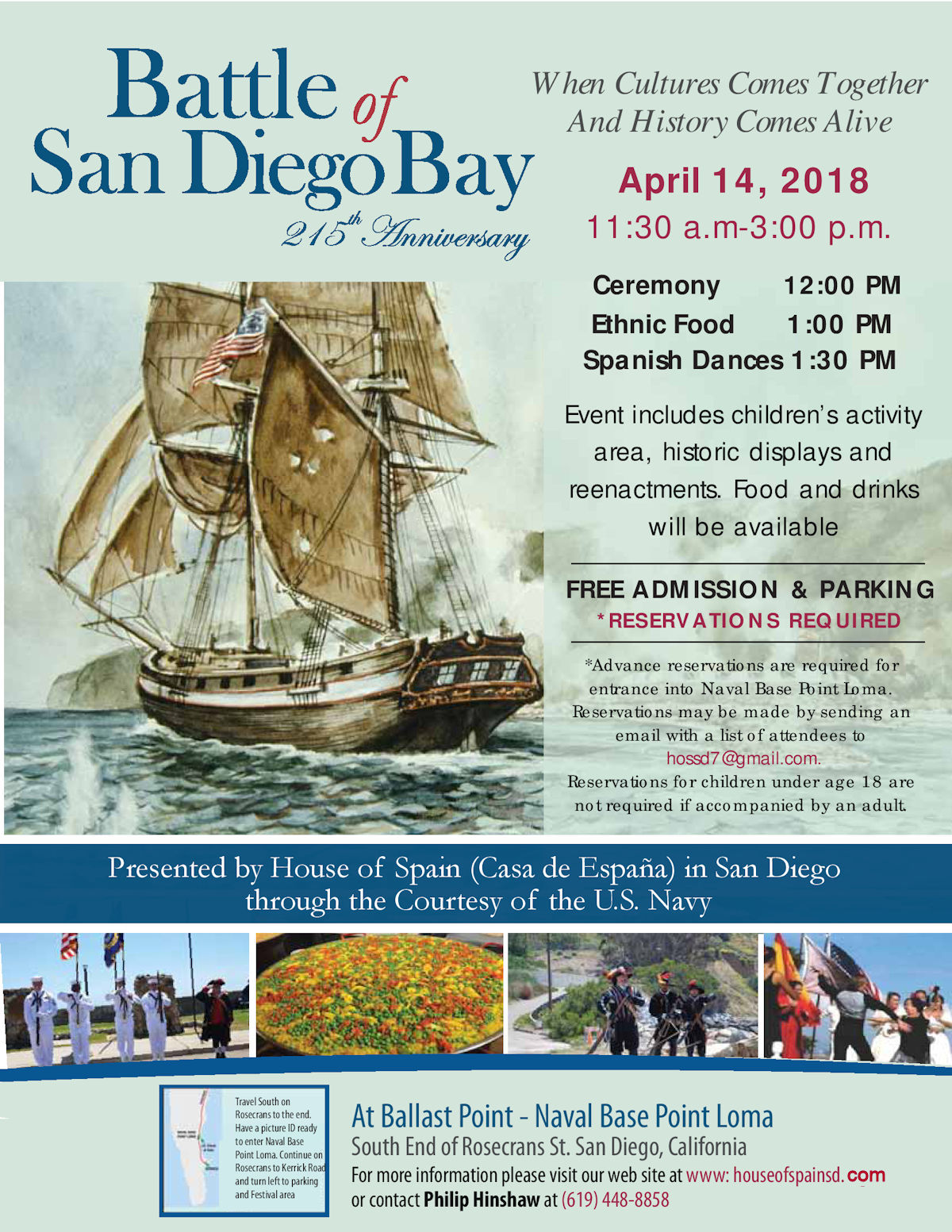
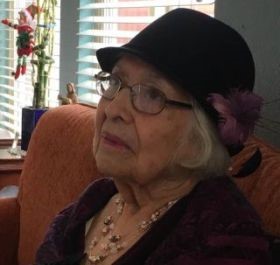
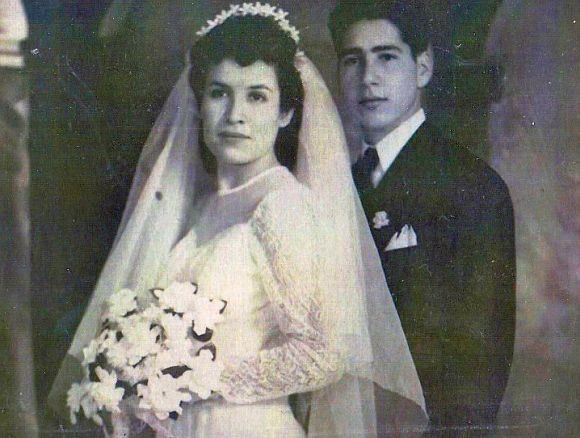
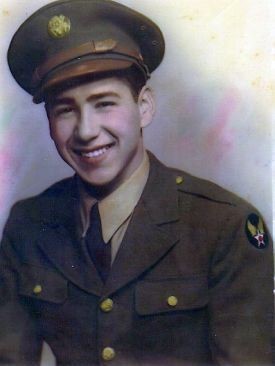
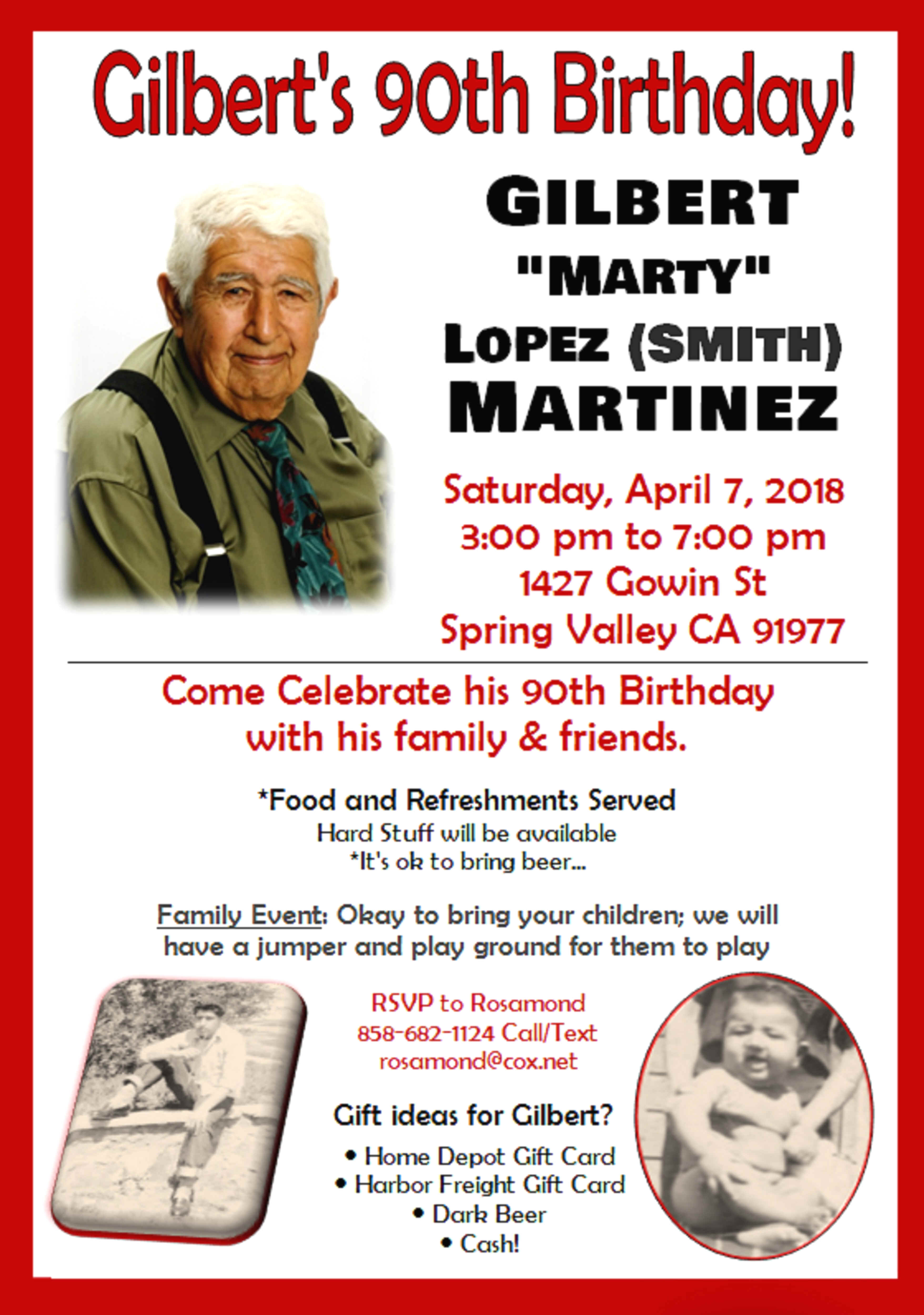
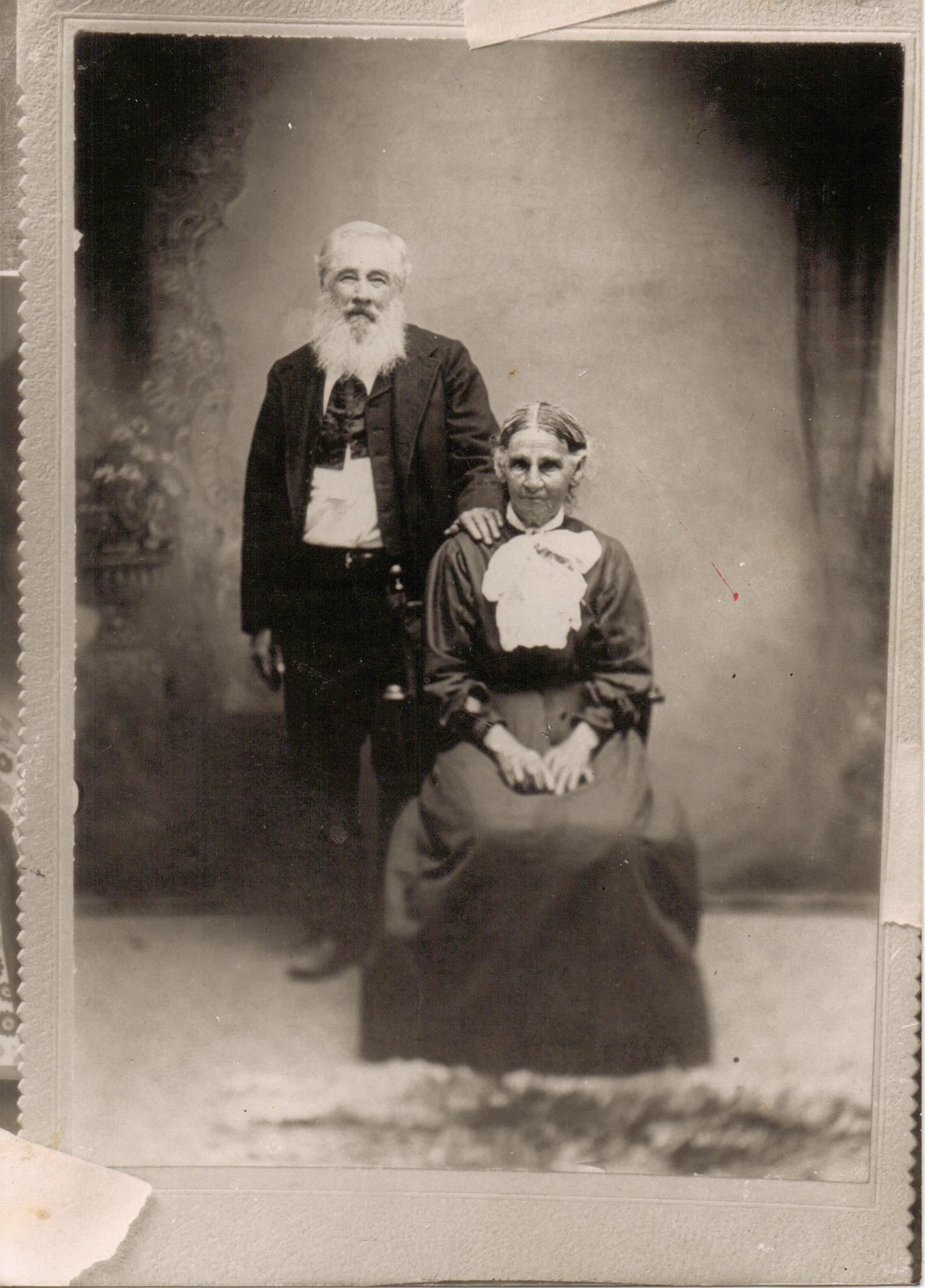
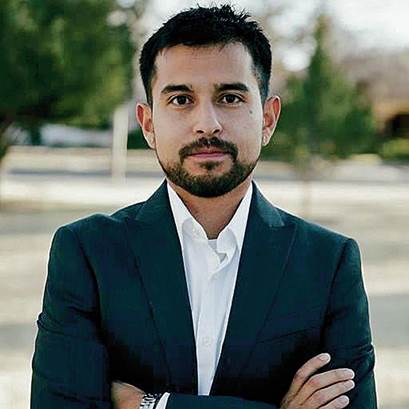
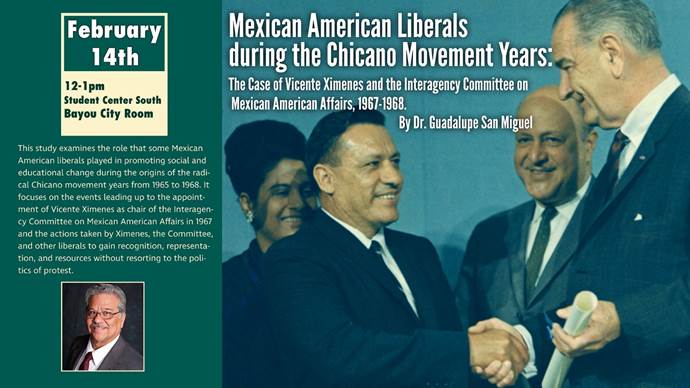
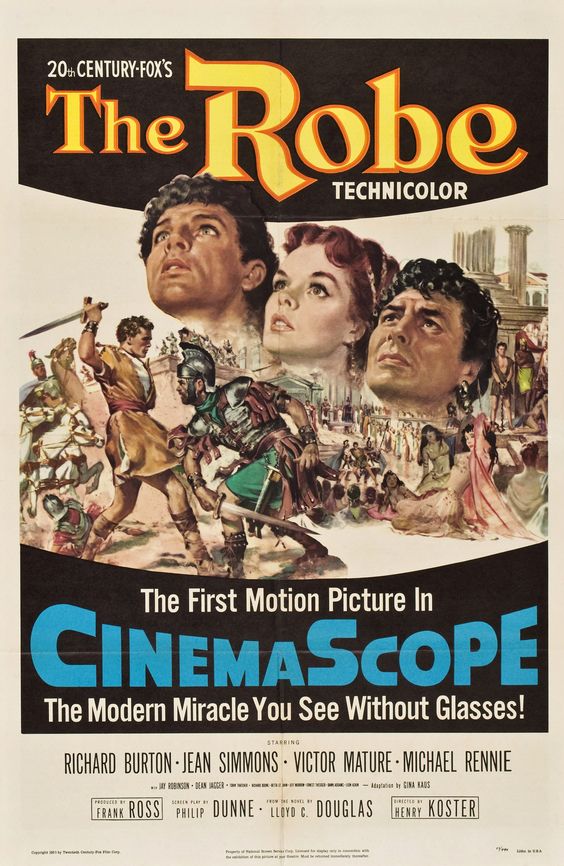
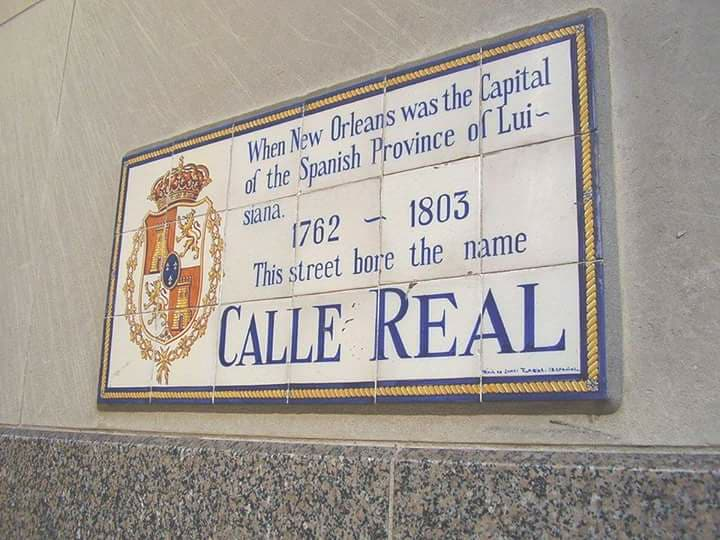
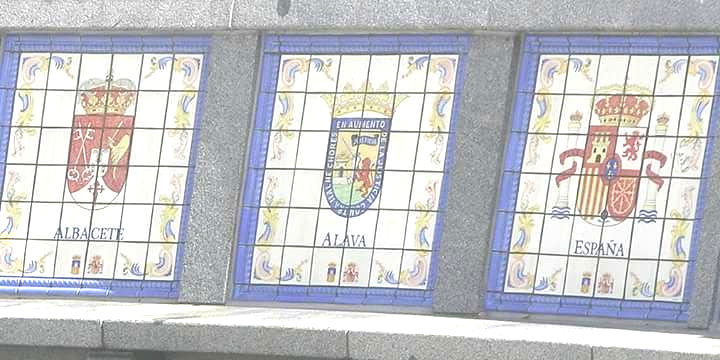

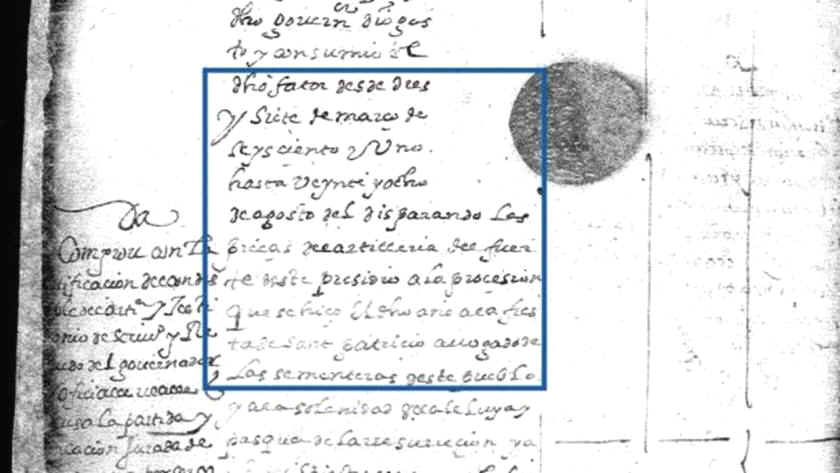


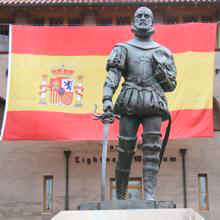
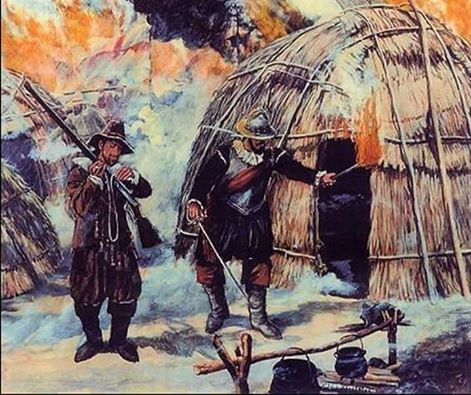
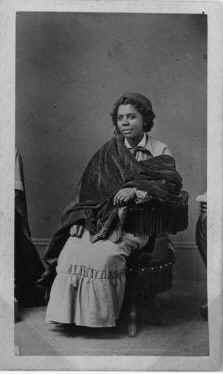
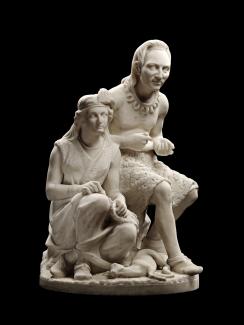
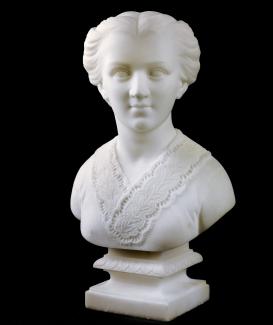
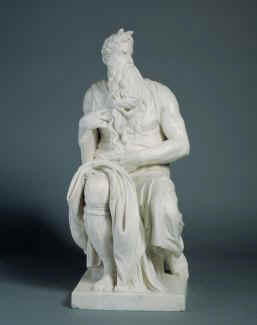
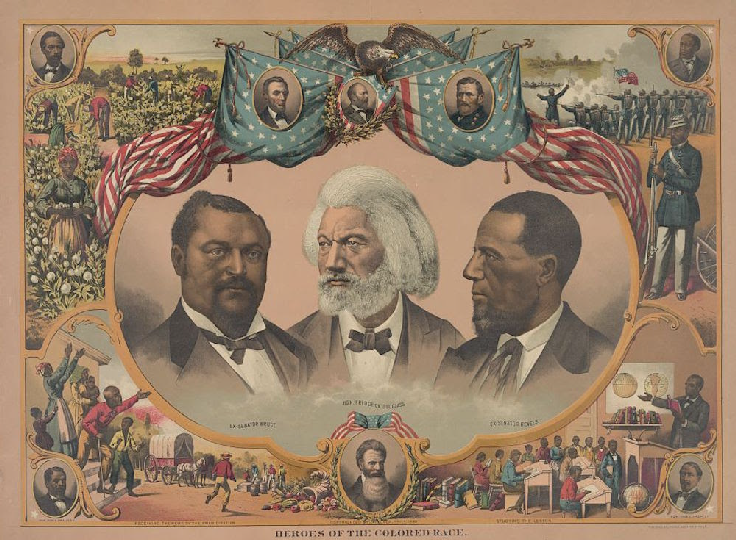
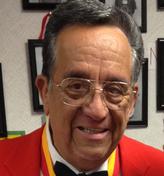 My
name is Felix Benavides, Orona Bonilla Salmeron and
a decedent of a Jumano Family. I am also on the
Jumano Indian Nation of Texas council member. I am
also the Family Historian. For many years my Jumano
family has been out of sight. My grandparents did not
mention much of our past, but I did get to talk to my
Great Grand Parents and understood the reason, which
is well documented by many authors.
My
name is Felix Benavides, Orona Bonilla Salmeron and
a decedent of a Jumano Family. I am also on the
Jumano Indian Nation of Texas council member. I am
also the Family Historian. For many years my Jumano
family has been out of sight. My grandparents did not
mention much of our past, but I did get to talk to my
Great Grand Parents and understood the reason, which
is well documented by many authors. 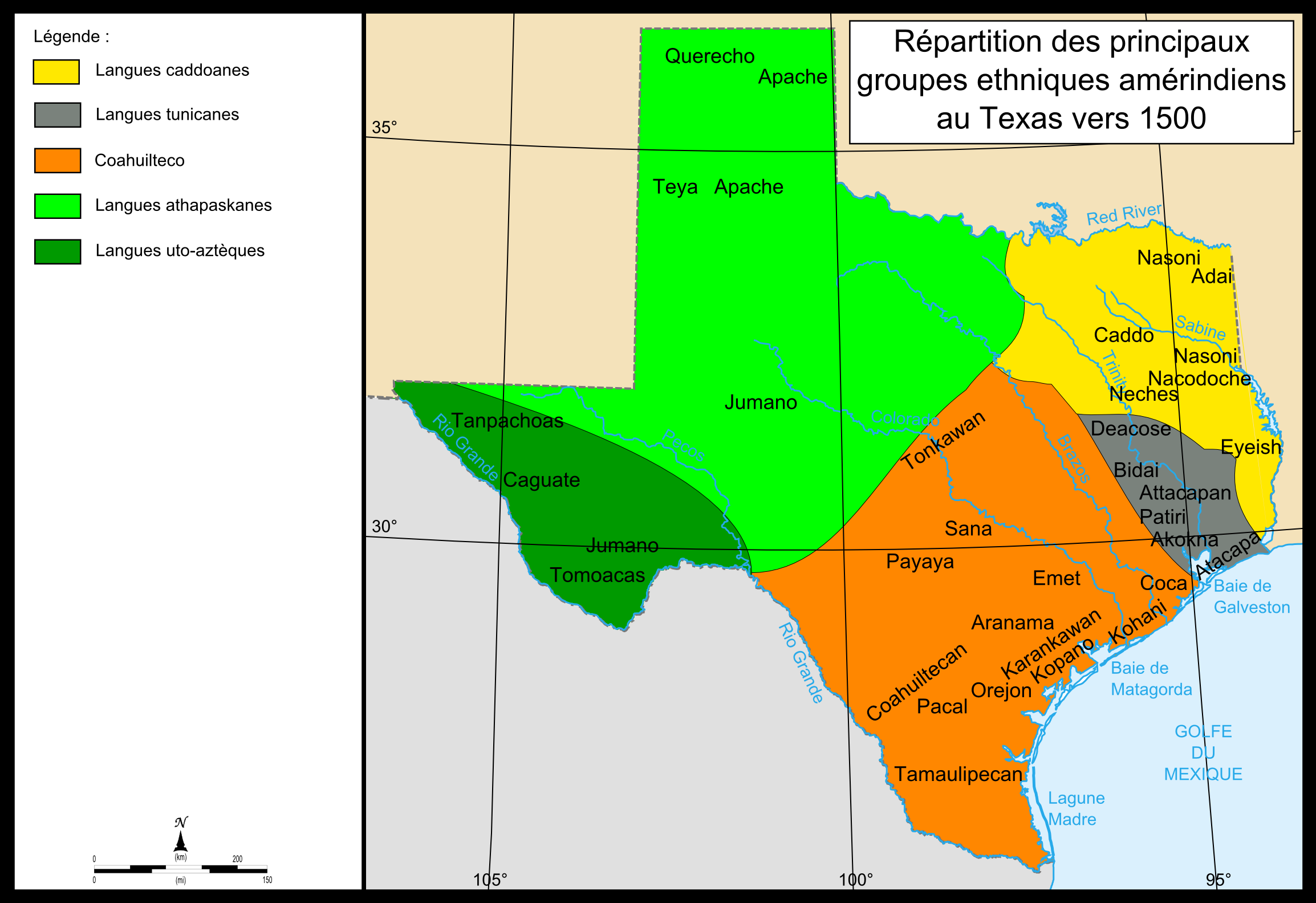
 Sarah Schenirer was born in 1883 in Krakow, Poland, into a Chassidic
Jewish family. At that time, the expectation was that Jewish boys would
learn about their religion in special Jewish schools, and that Jewish
girls would attend publich schools and be instructed in Jewish thought
at home by their parents. This model may have worked in previous
generations, but Sara Schenirer saw firsthand how Jewish girls were
becoming woefully ignorant of Jewish topics and starting to assimilate.
She saw a crisis arising.
Sarah Schenirer was born in 1883 in Krakow, Poland, into a Chassidic
Jewish family. At that time, the expectation was that Jewish boys would
learn about their religion in special Jewish schools, and that Jewish
girls would attend publich schools and be instructed in Jewish thought
at home by their parents. This model may have worked in previous
generations, but Sara Schenirer saw firsthand how Jewish girls were
becoming woefully ignorant of Jewish topics and starting to assimilate.
She saw a crisis arising. Born into an assimilated Jewish family in Budapest in 1921, as a child
Hannah Senesh was drawn to Zionism and local Zionist youth group
activities. When she was 18 she made aliyah (moved to what would soon be
the state of Israel), settling in Kibbutz Sdot Yam, where she wrote
poetry and a play about kibbutz life.
Born into an assimilated Jewish family in Budapest in 1921, as a child
Hannah Senesh was drawn to Zionism and local Zionist youth group
activities. When she was 18 she made aliyah (moved to what would soon be
the state of Israel), settling in Kibbutz Sdot Yam, where she wrote
poetry and a play about kibbutz life.

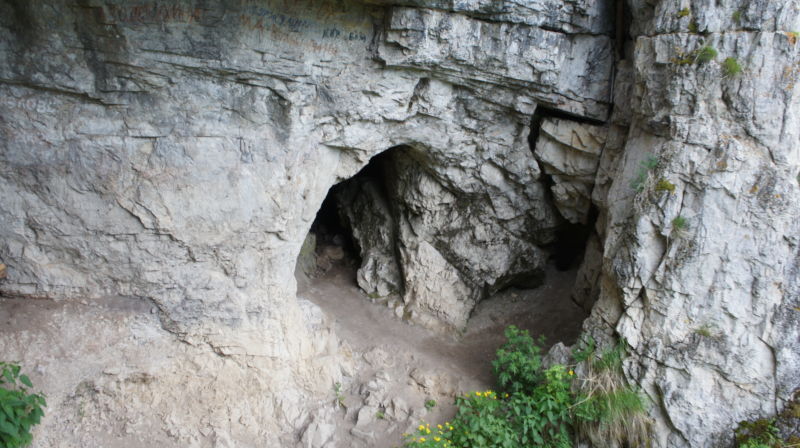
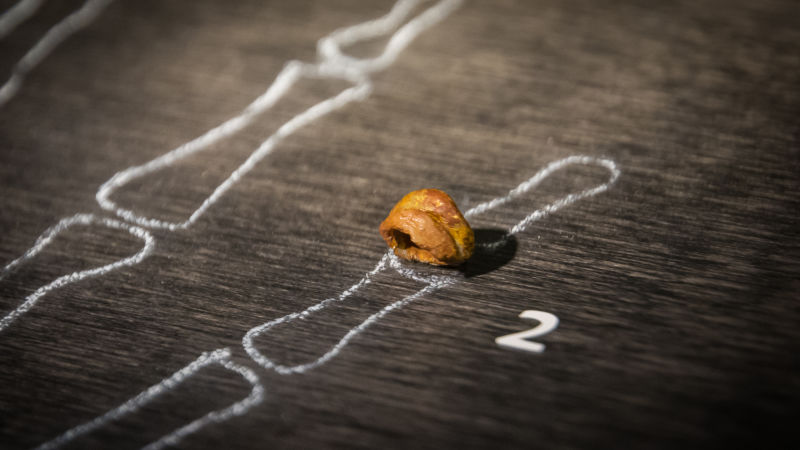
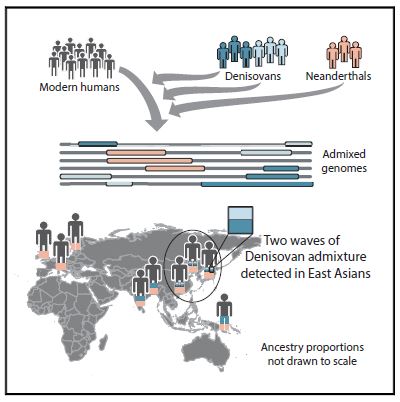
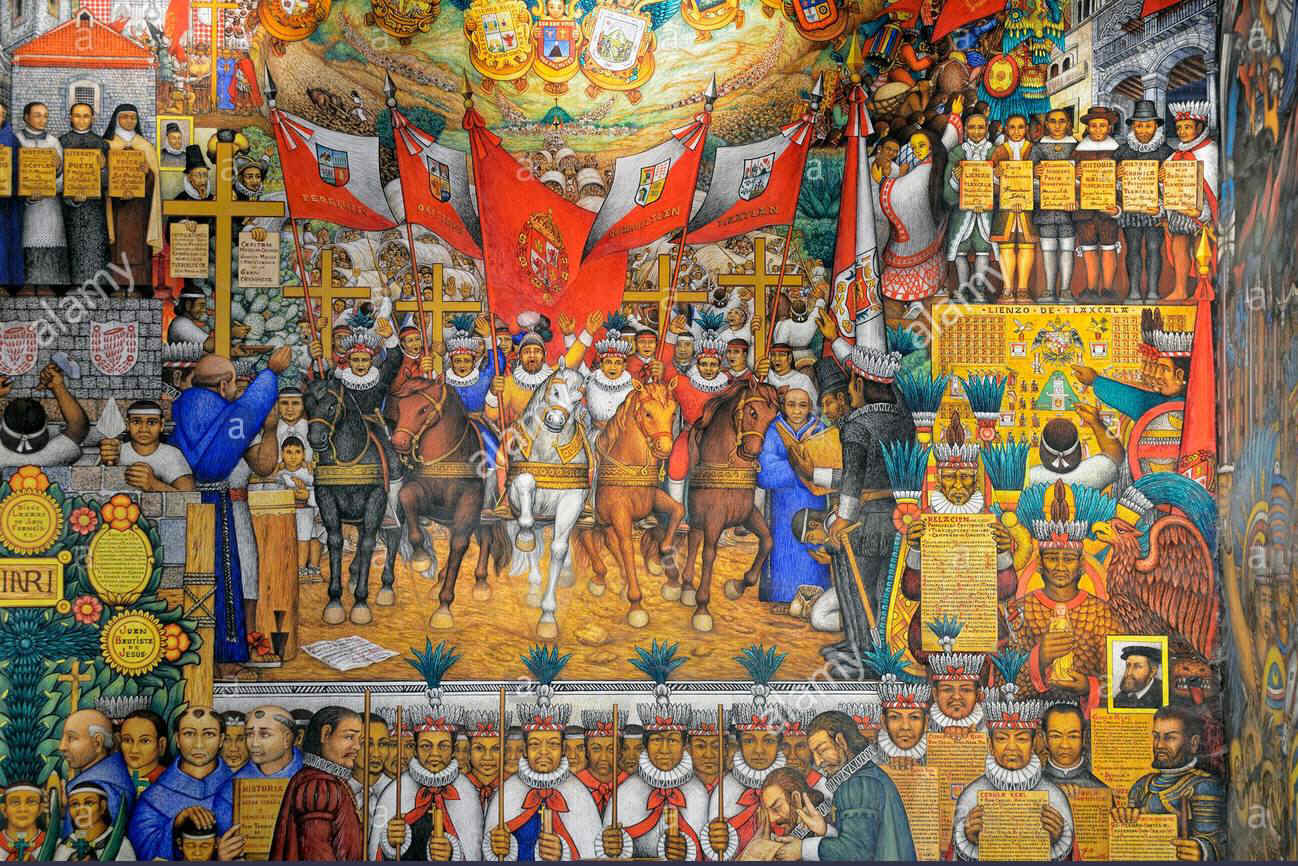
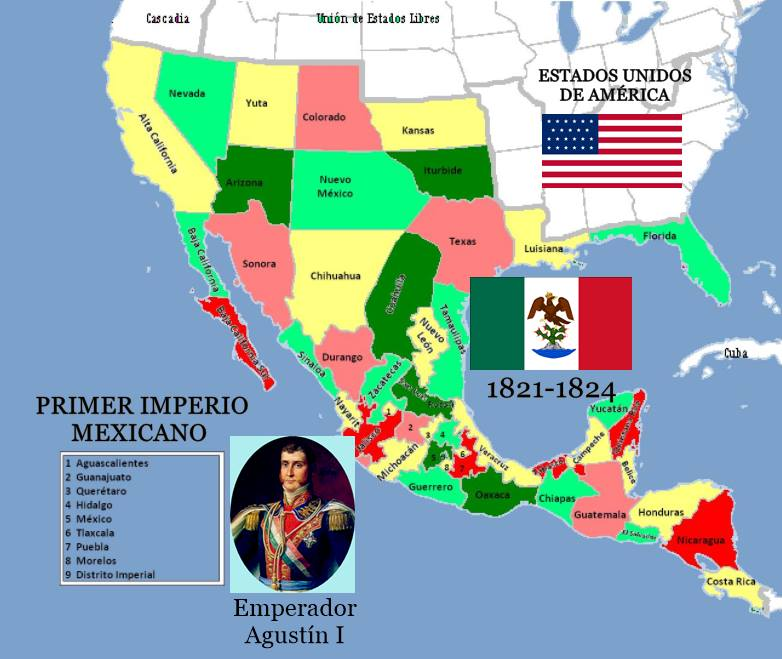


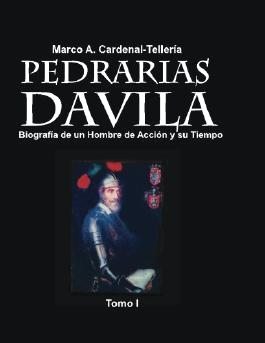
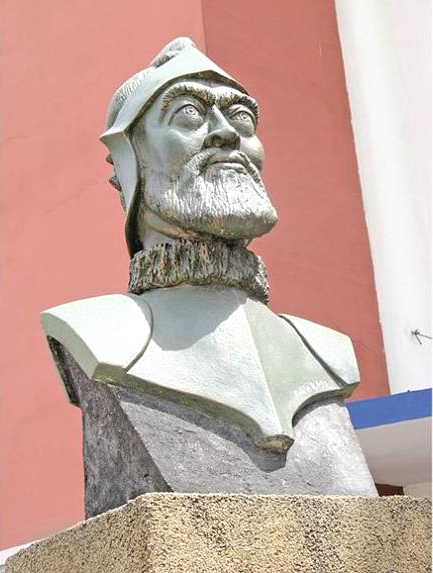
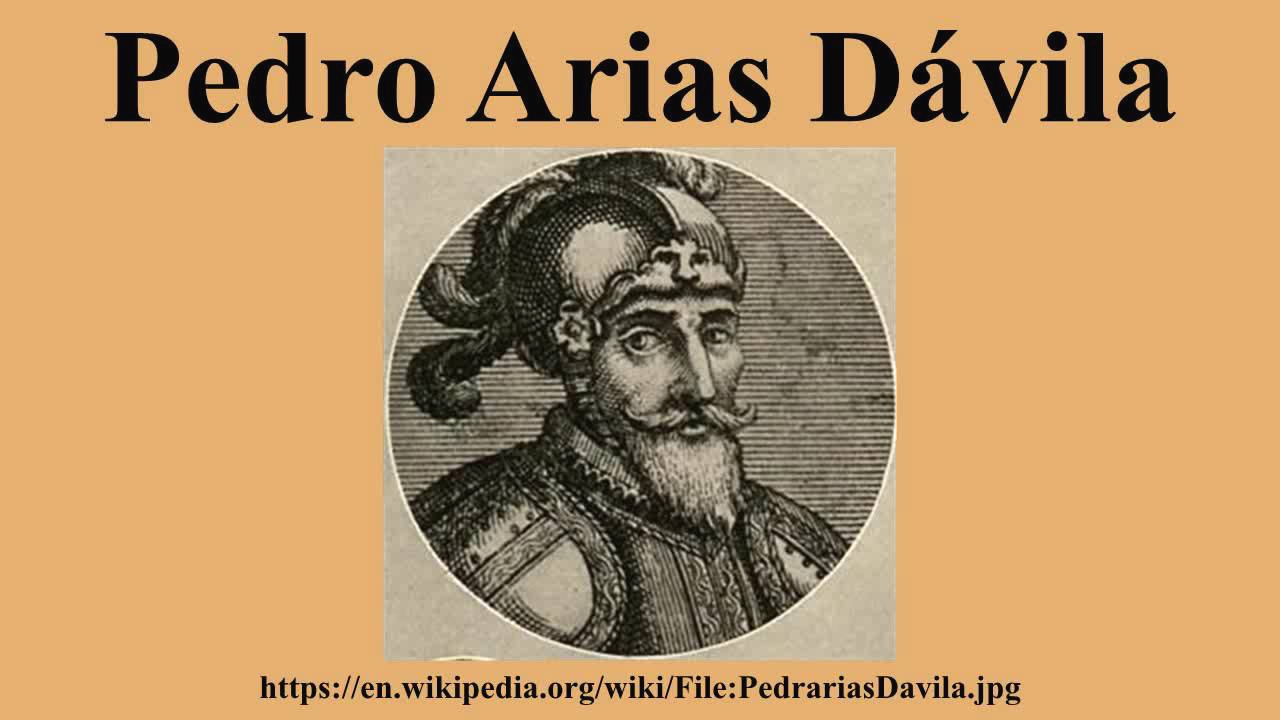
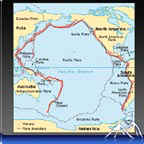


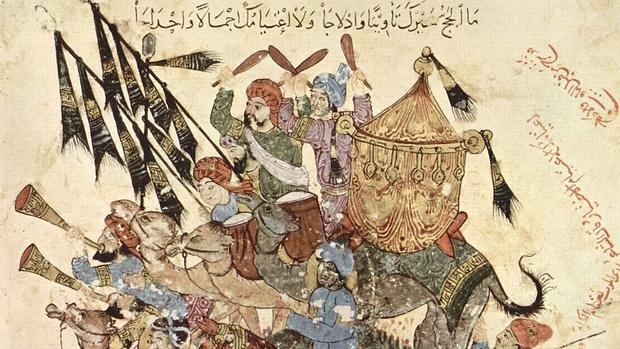
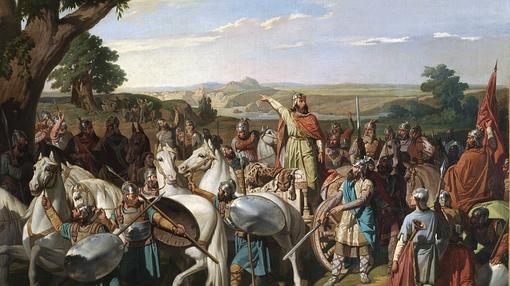
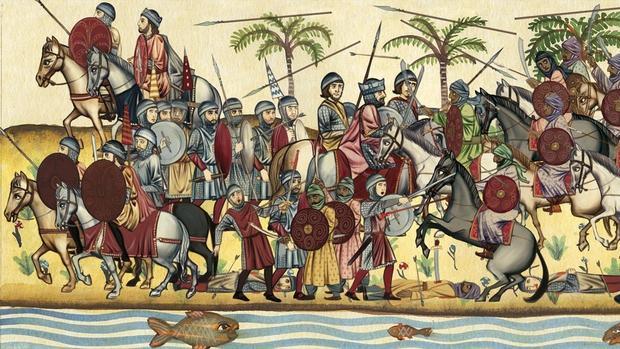
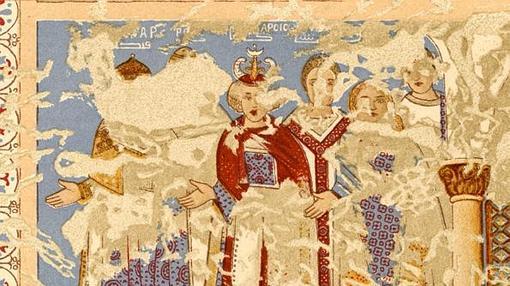
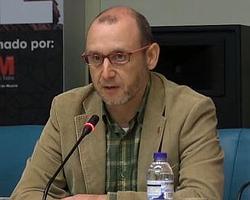 No creo que hablen en broma. Son fanáticos y son capaces de cualquier
cosa.
No creo que hablen en broma. Son fanáticos y son capaces de cualquier
cosa. 
